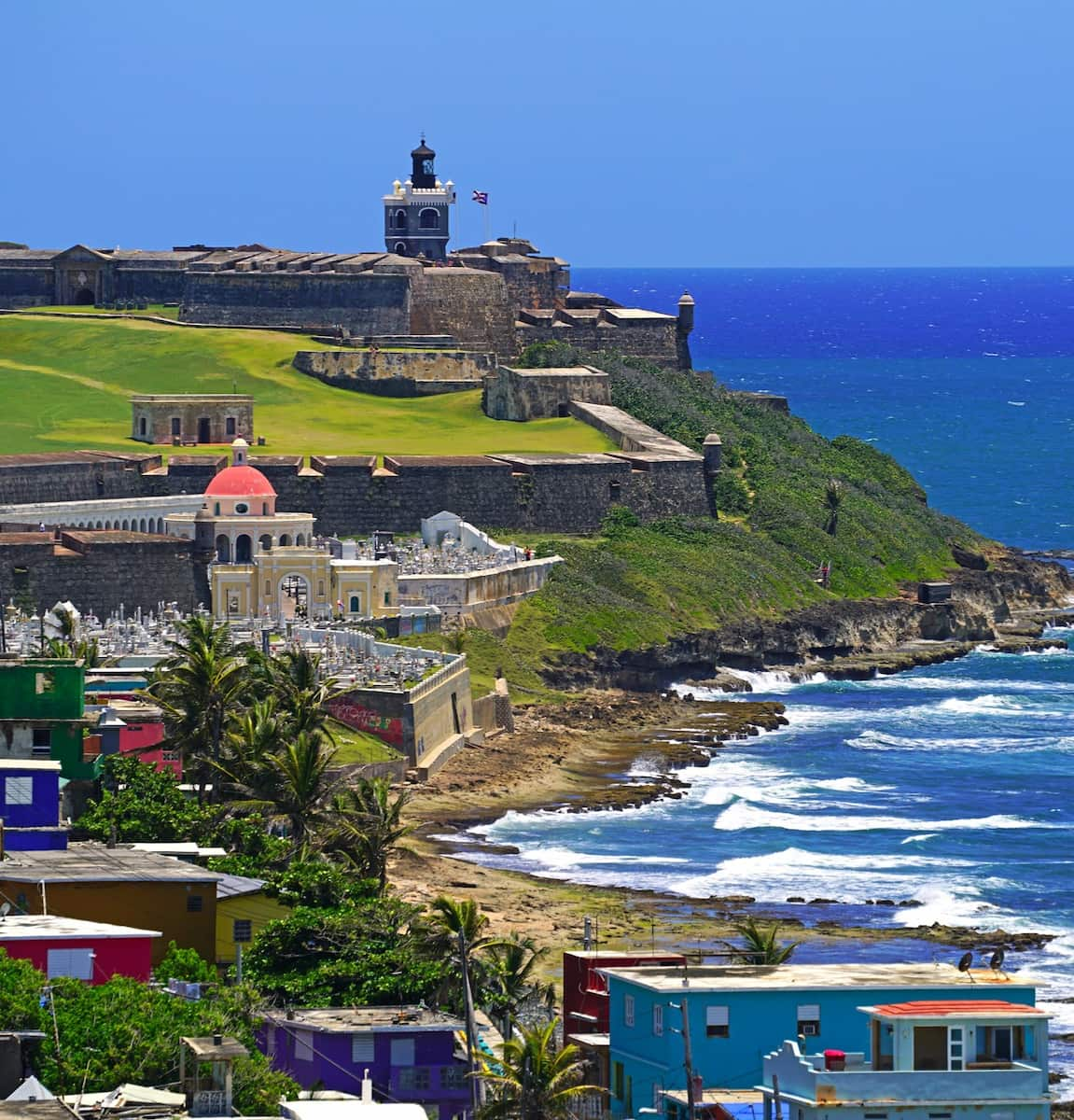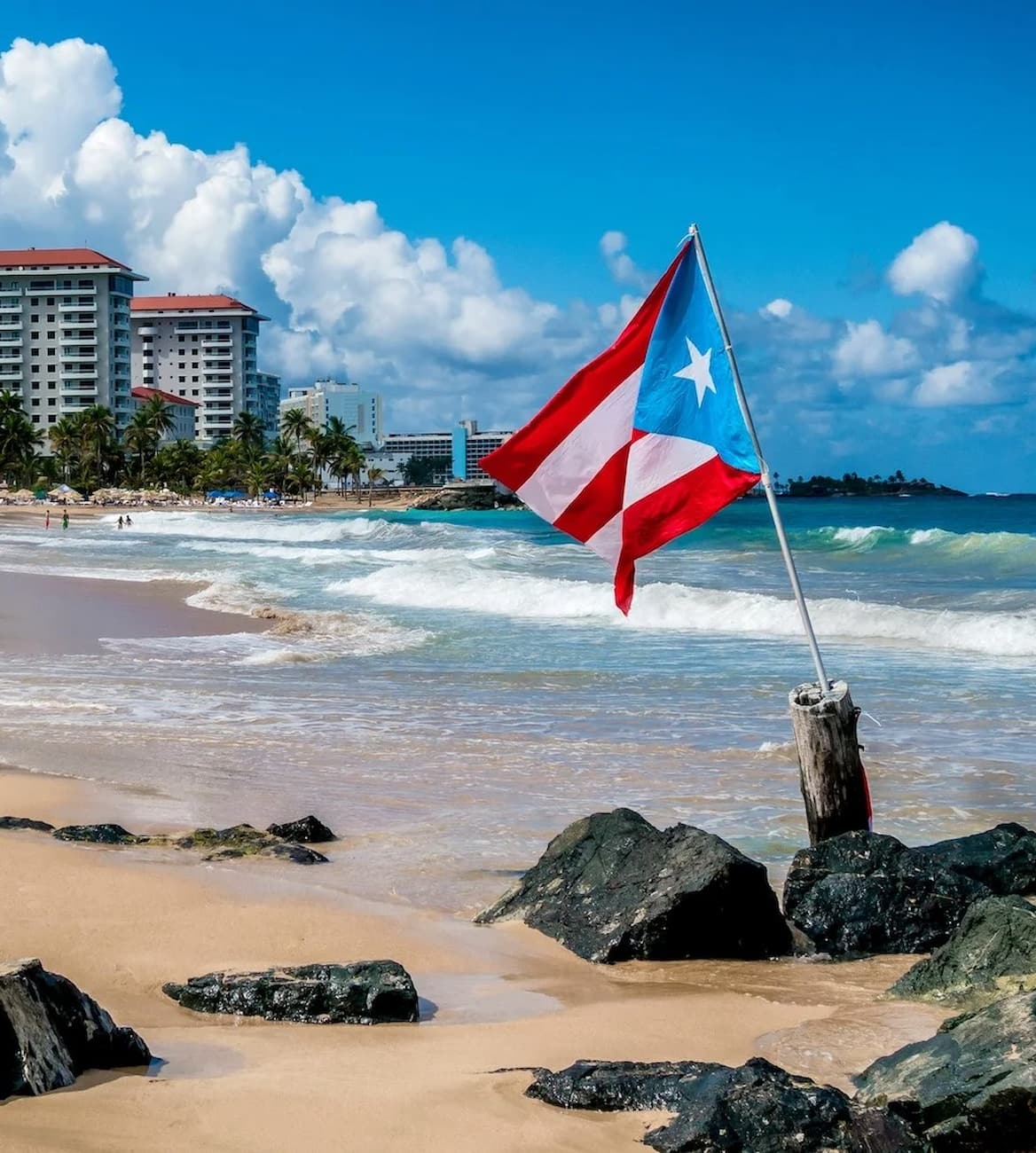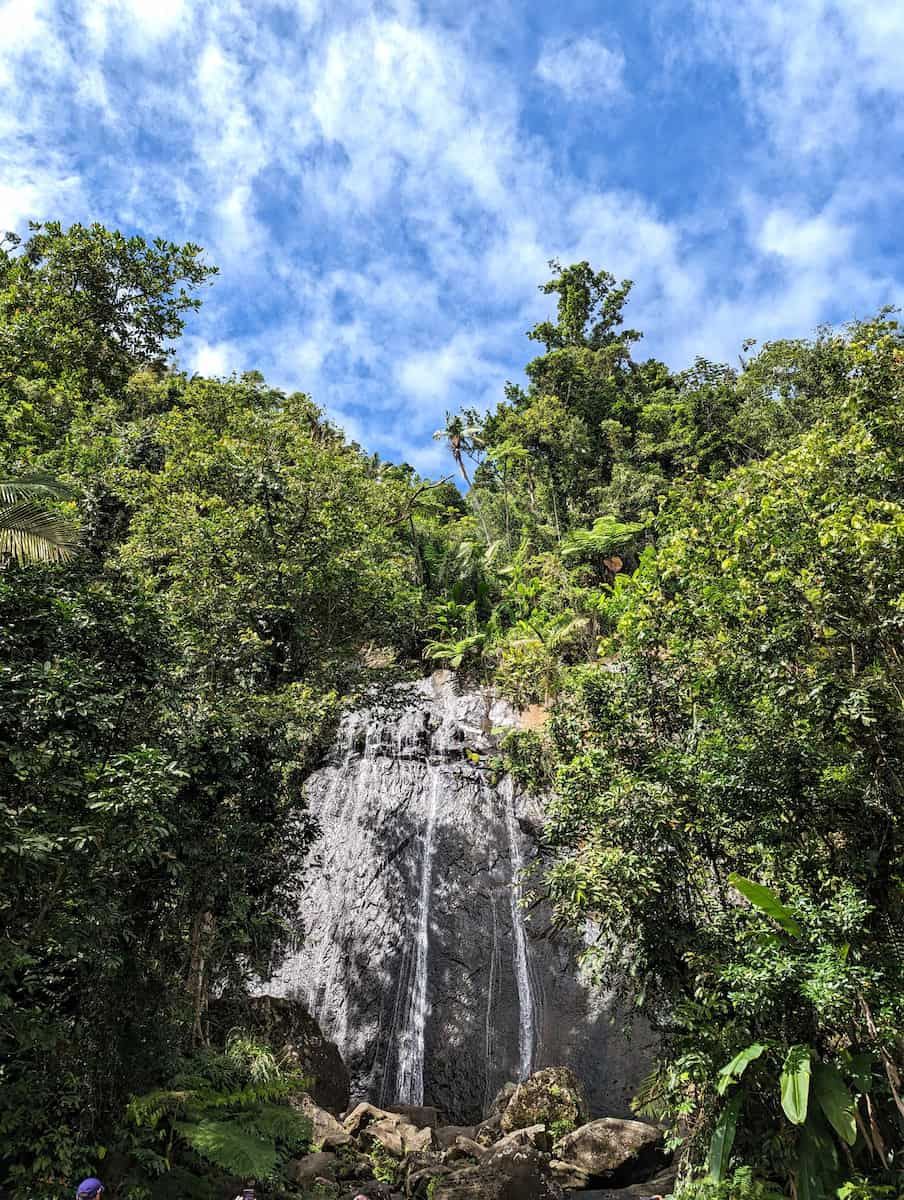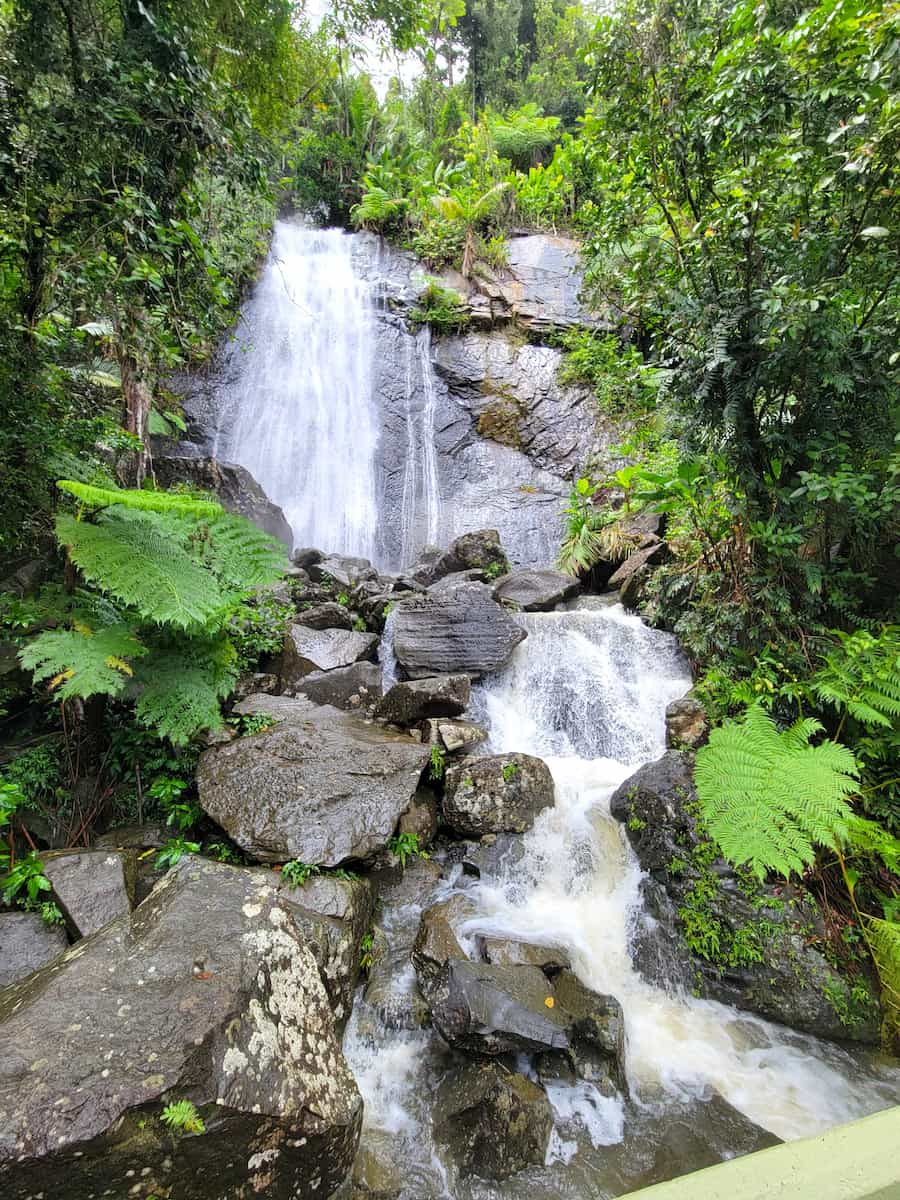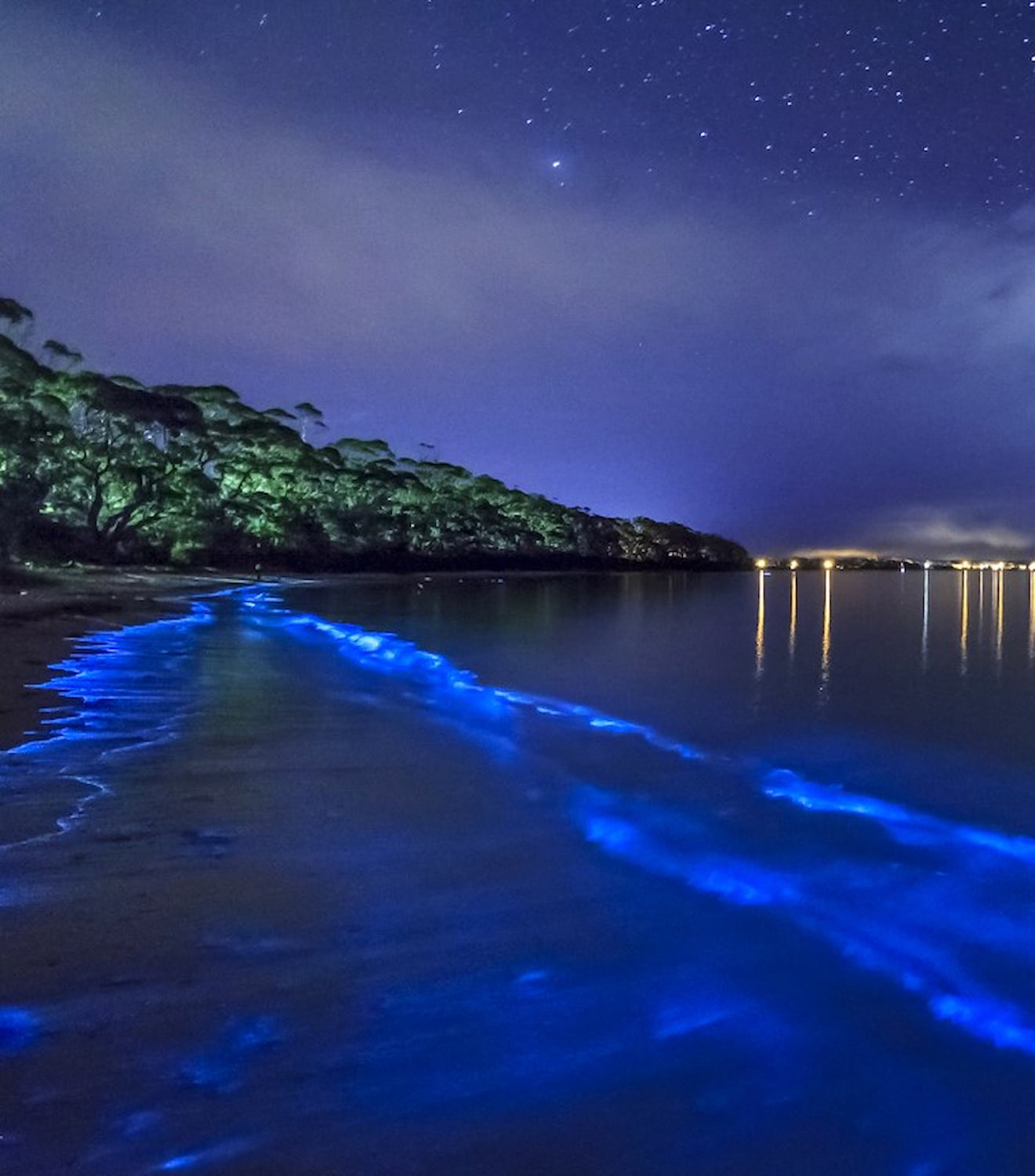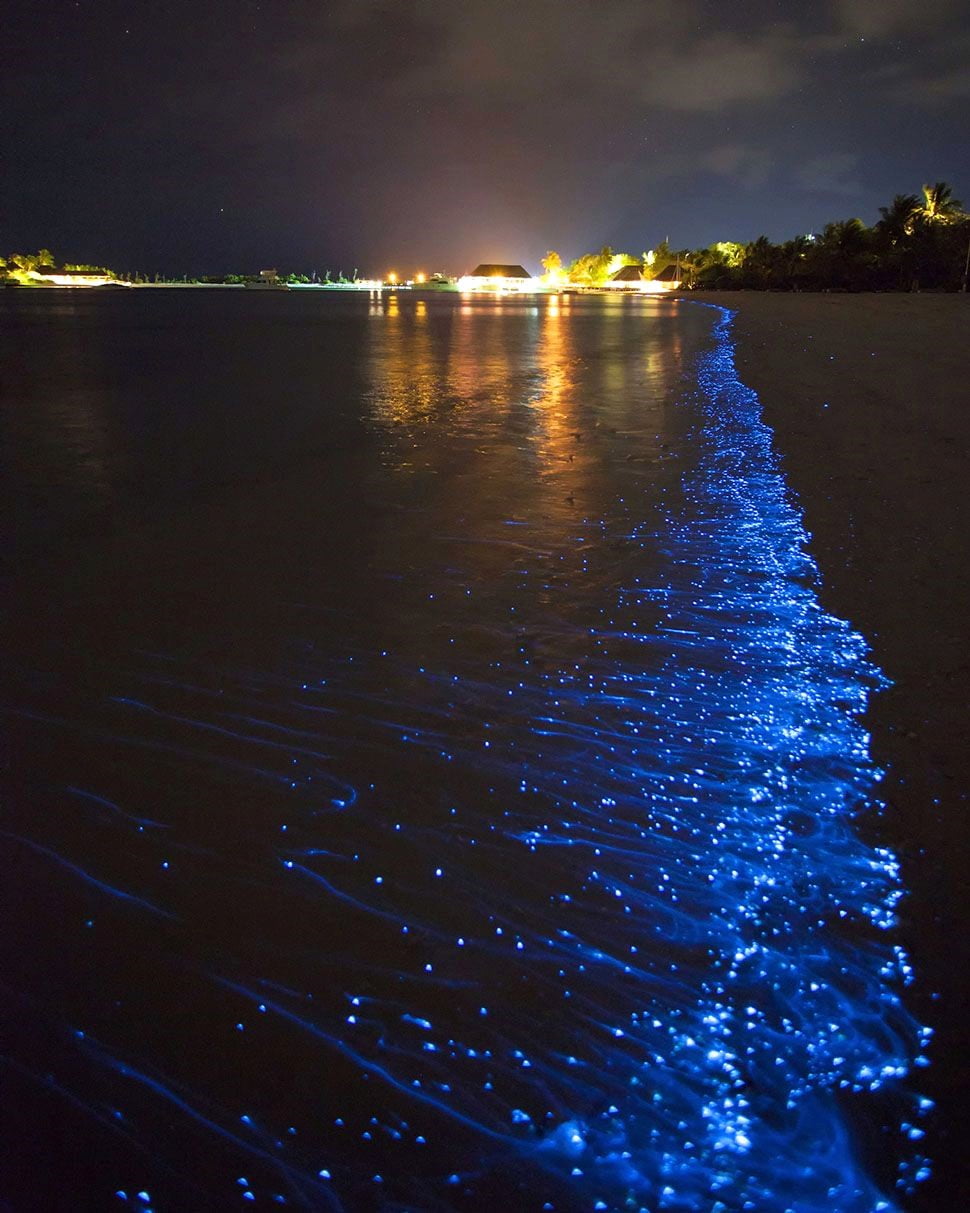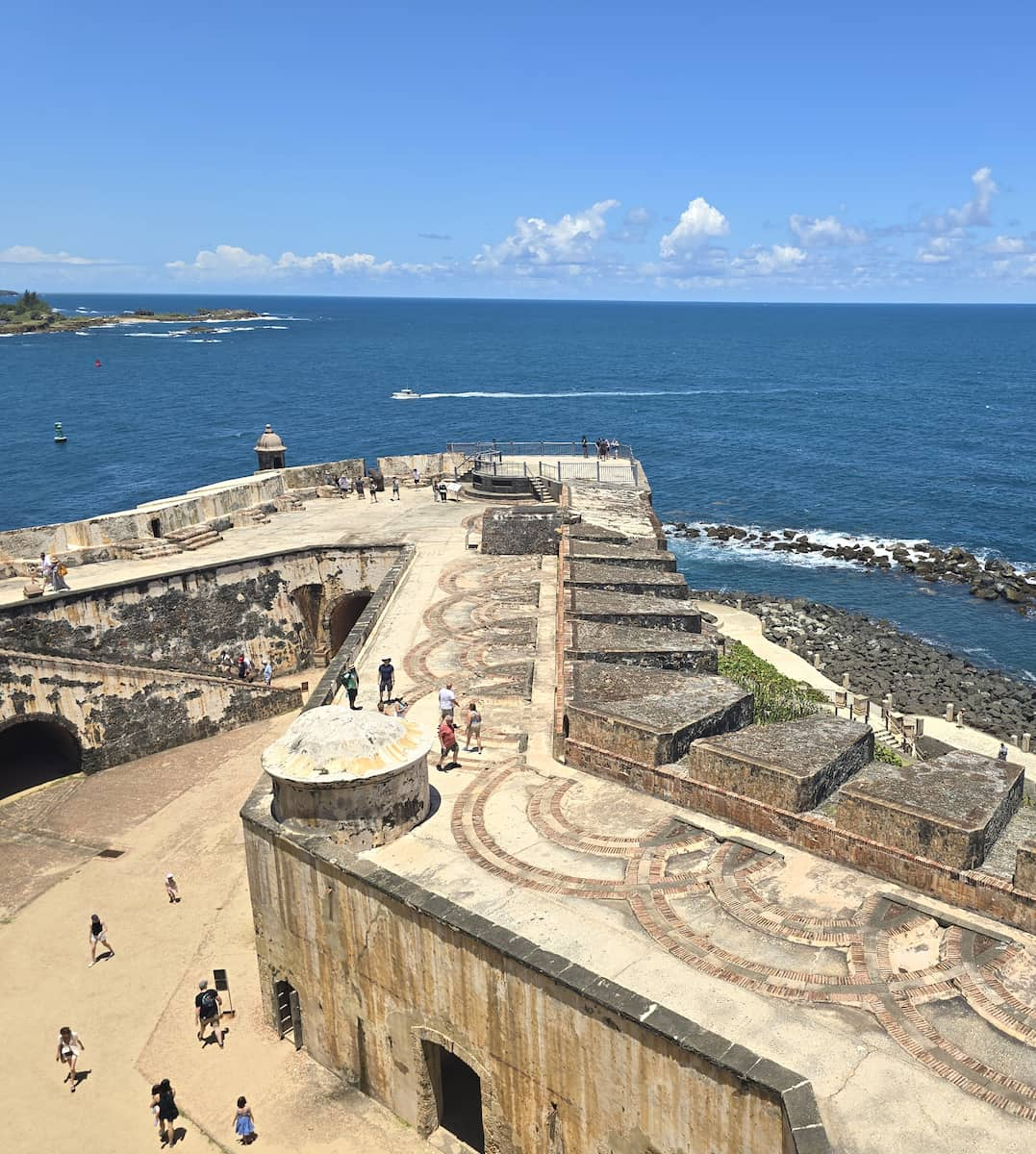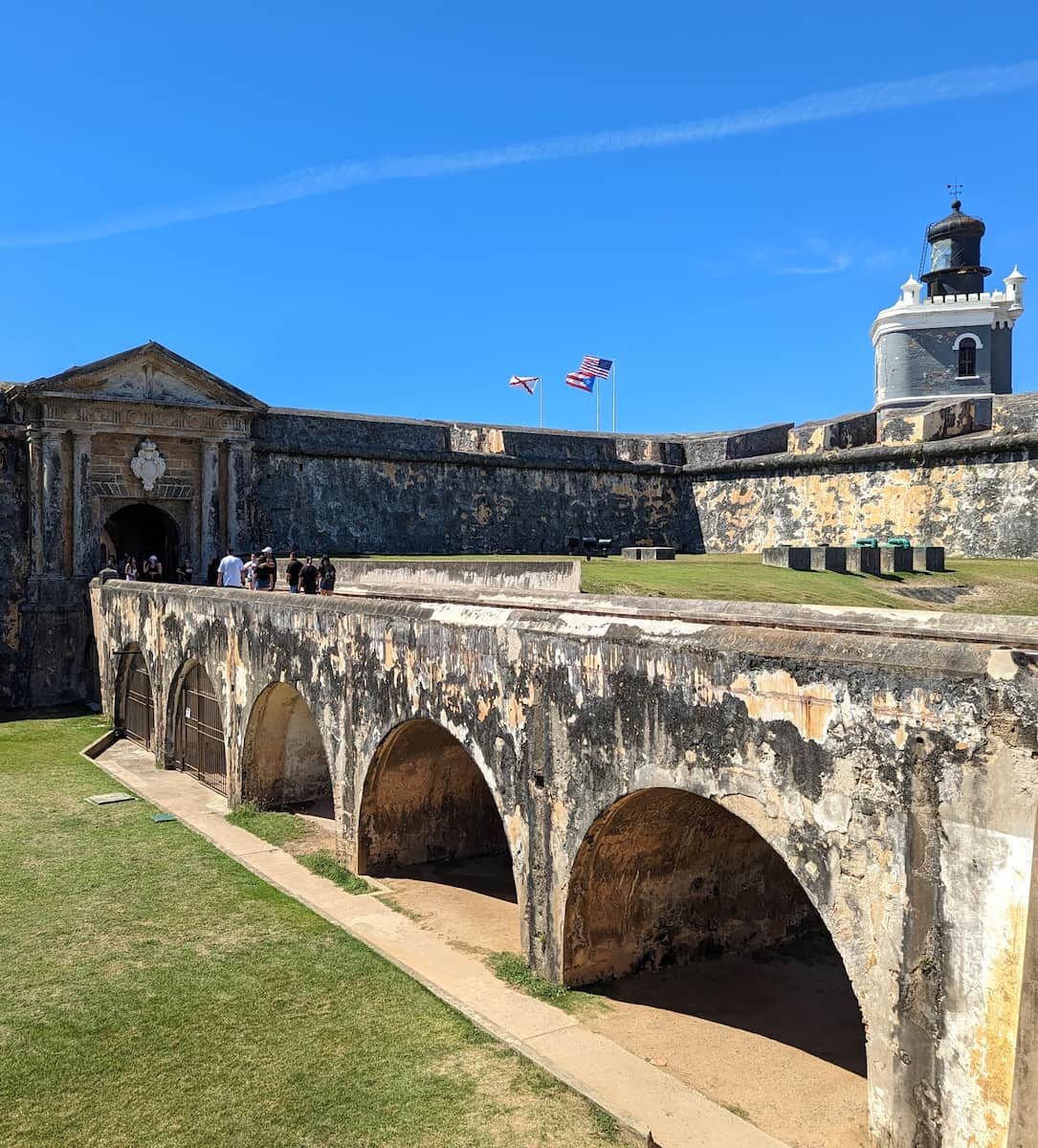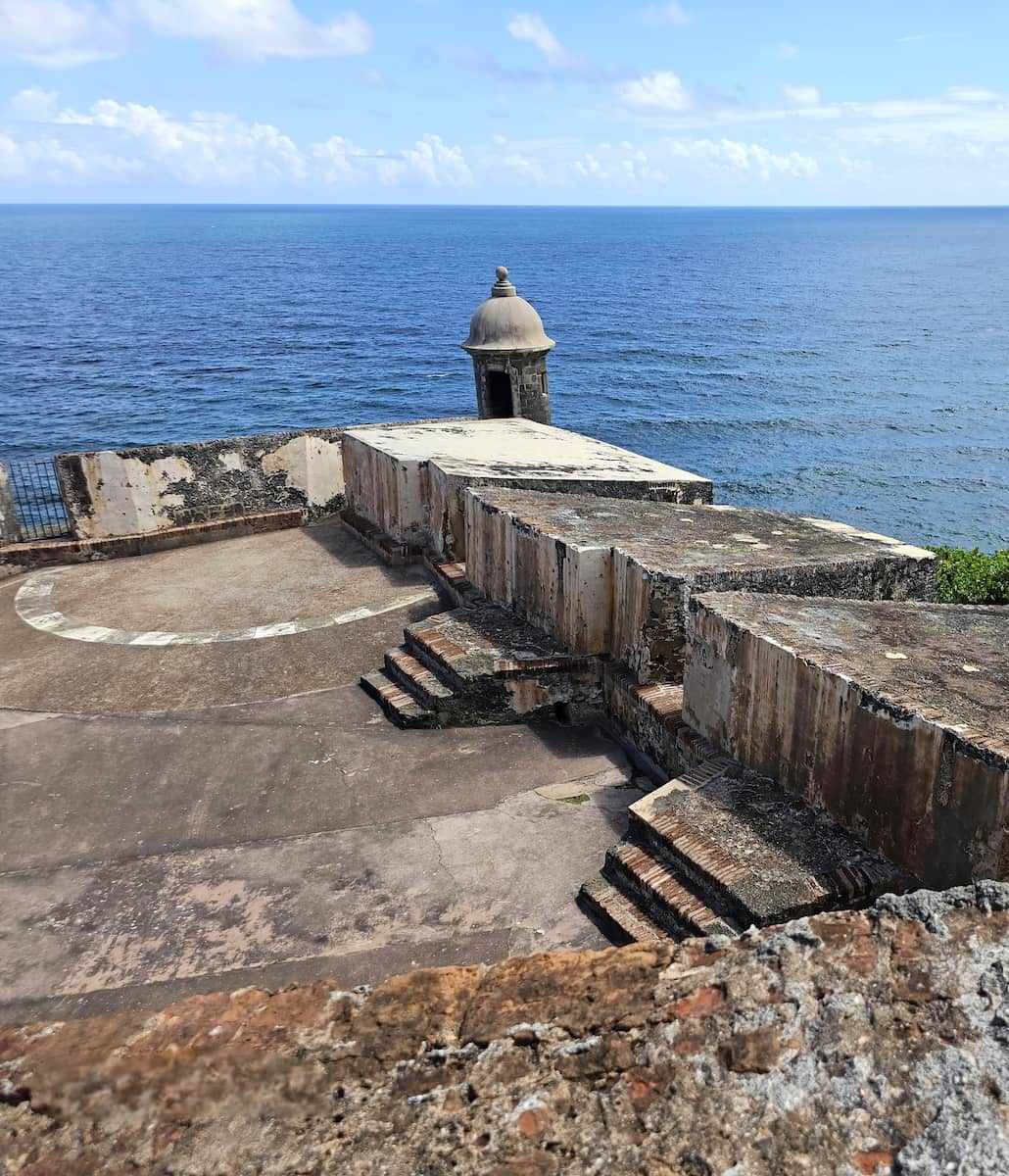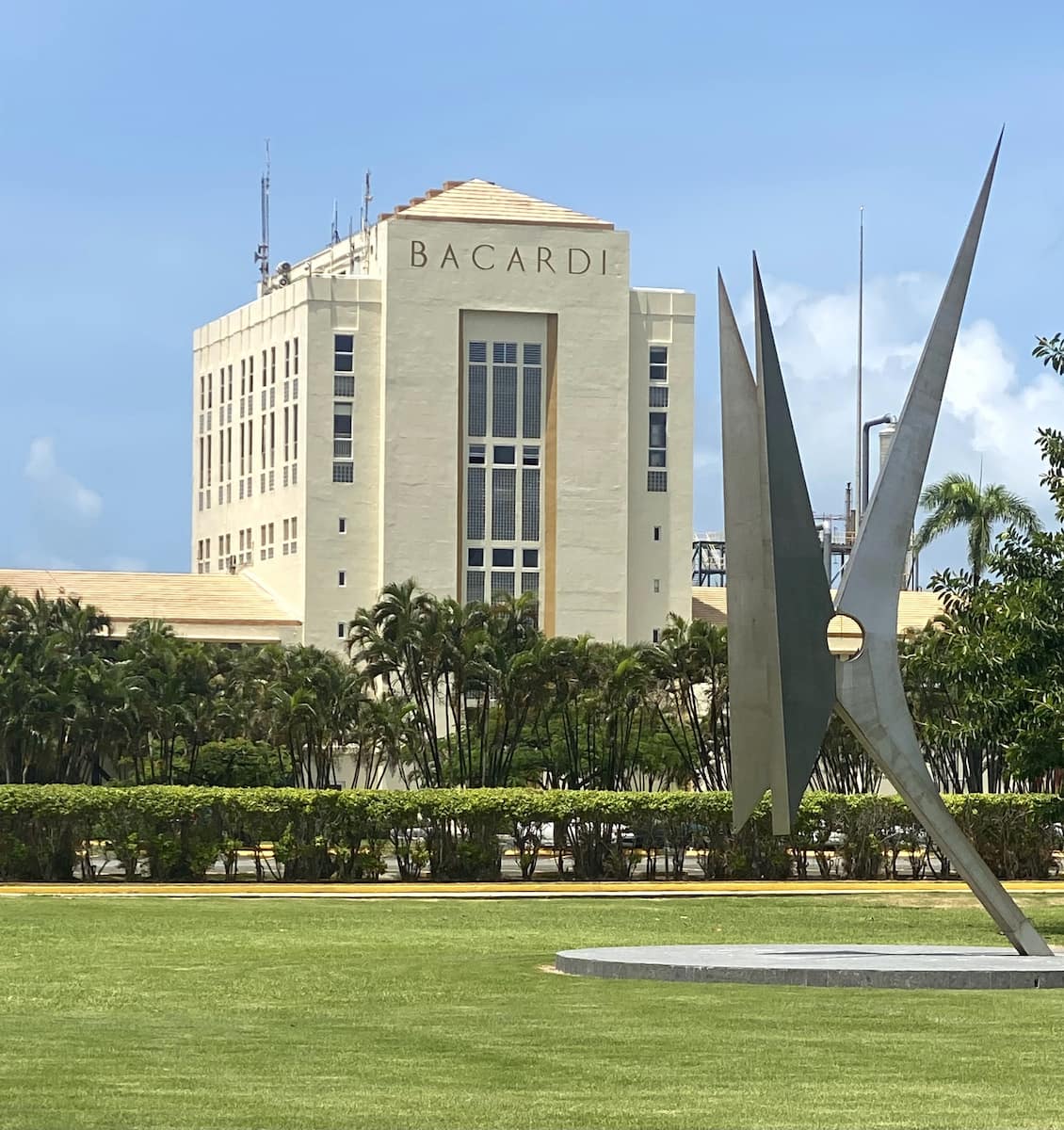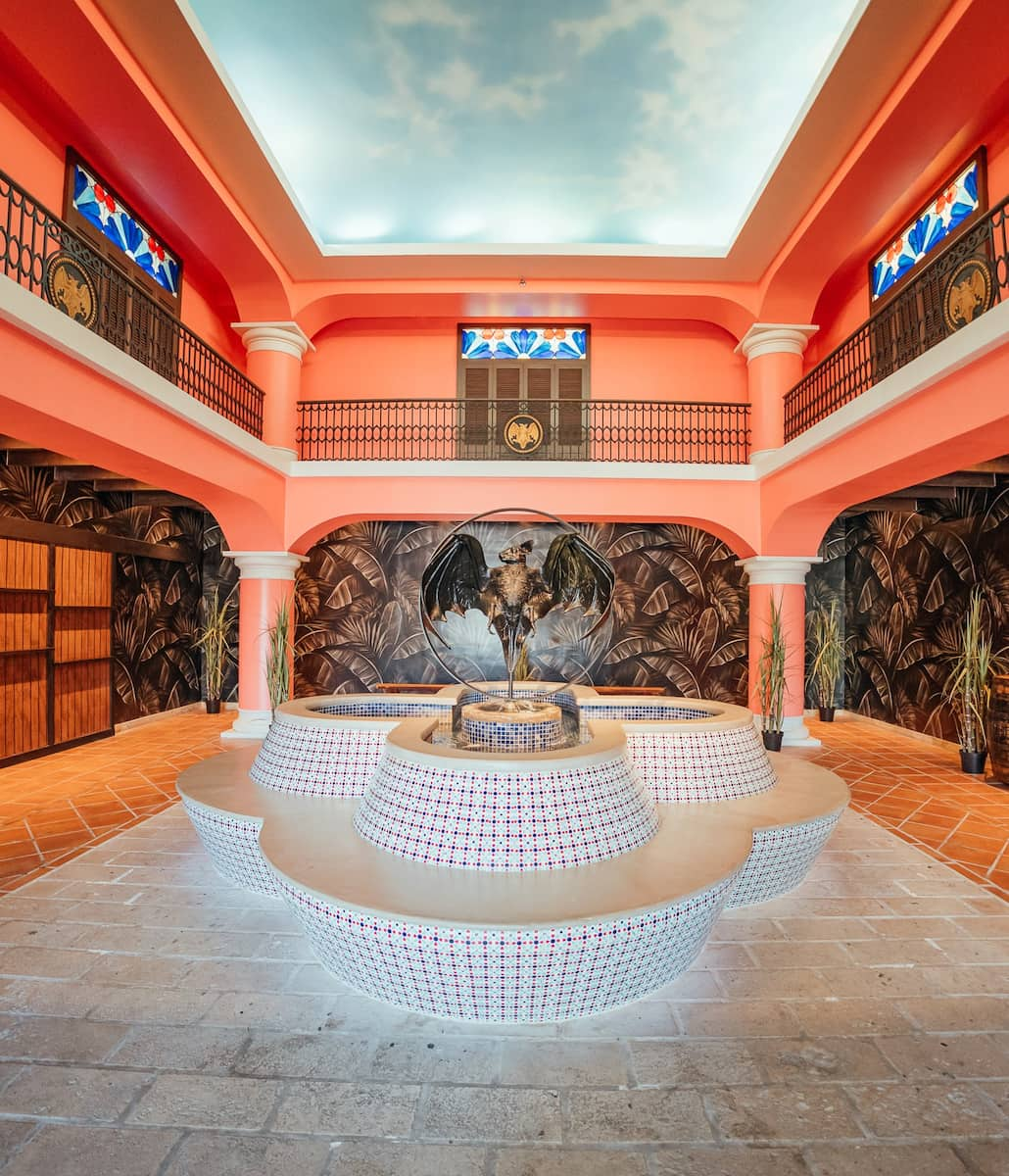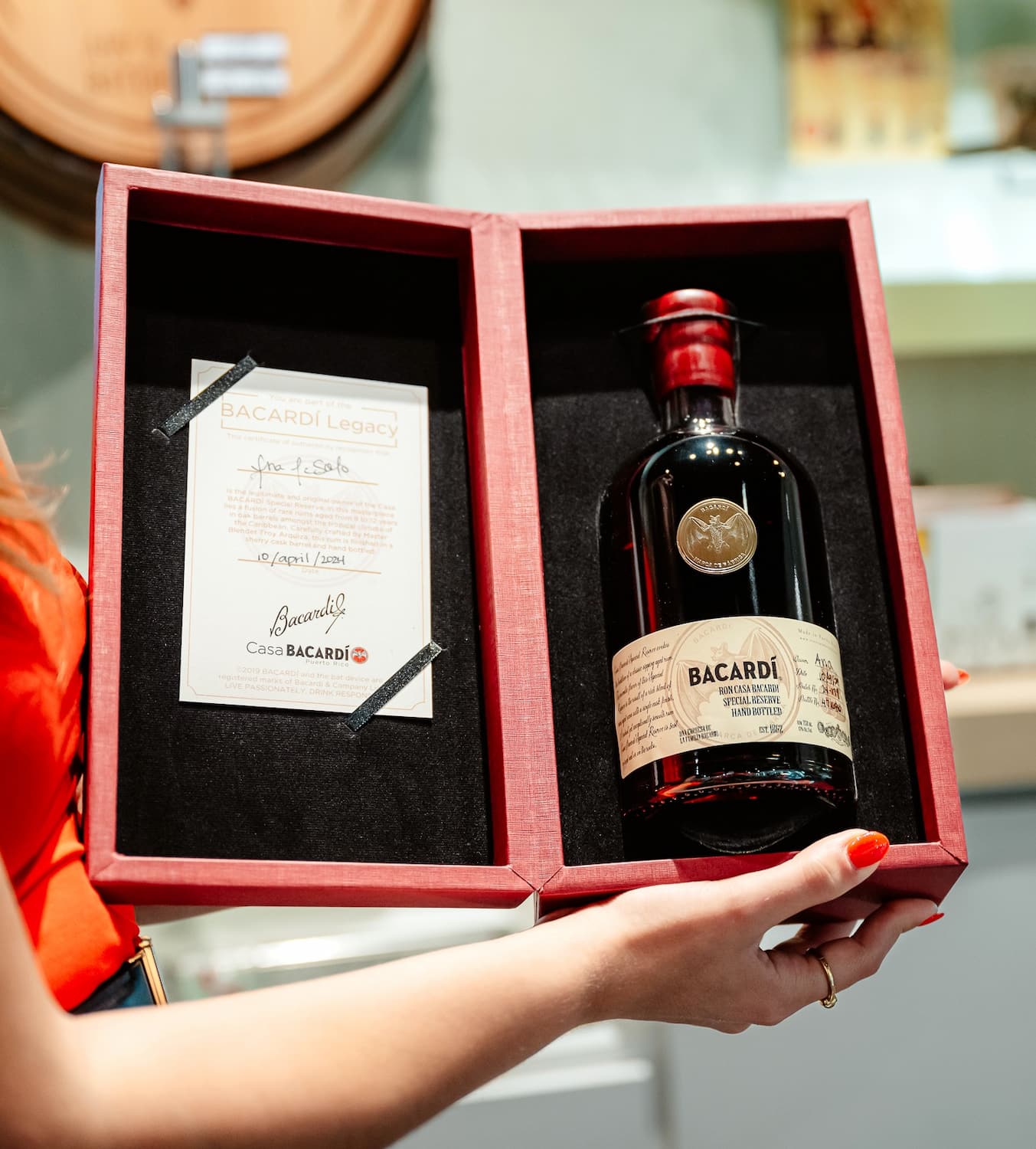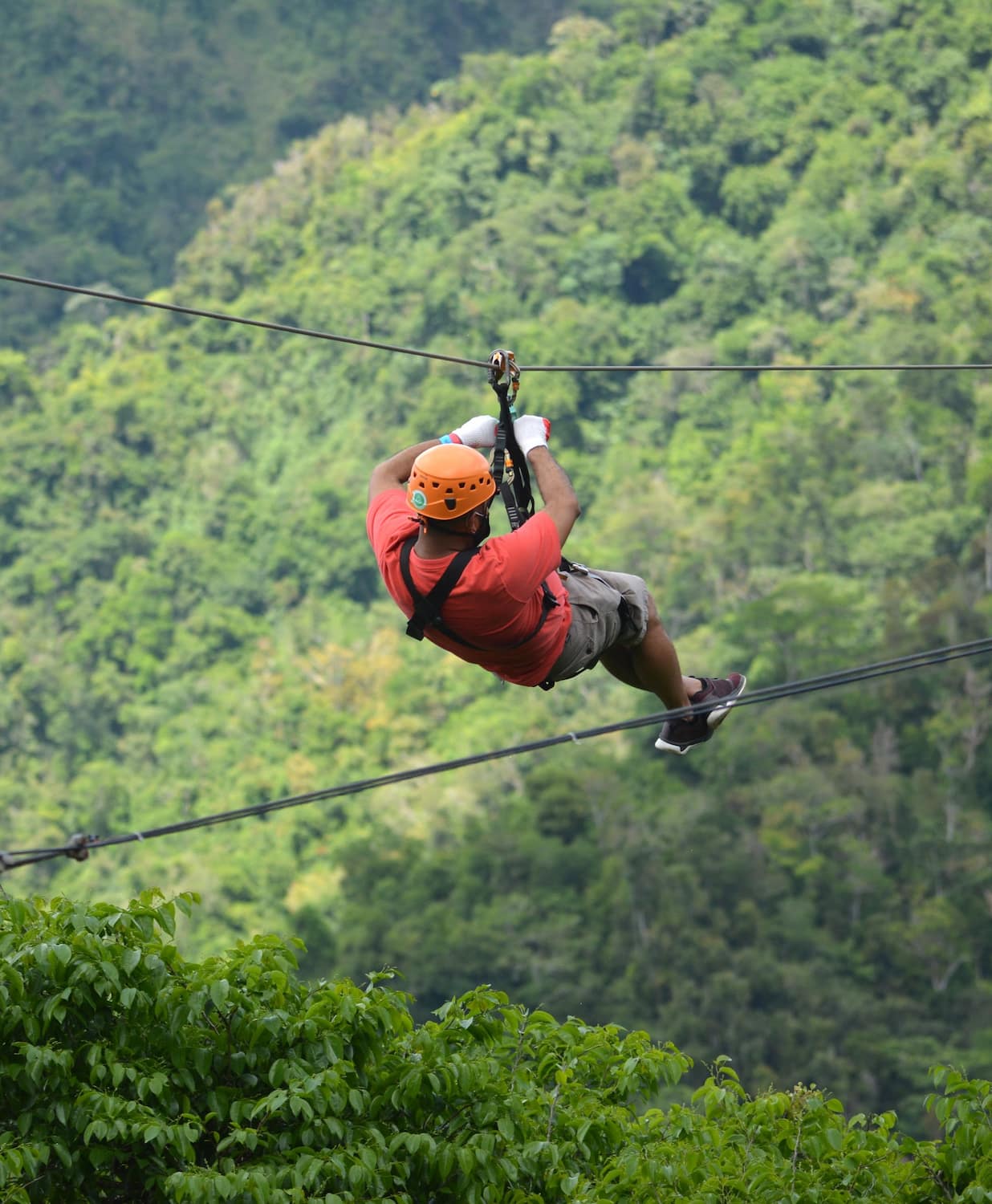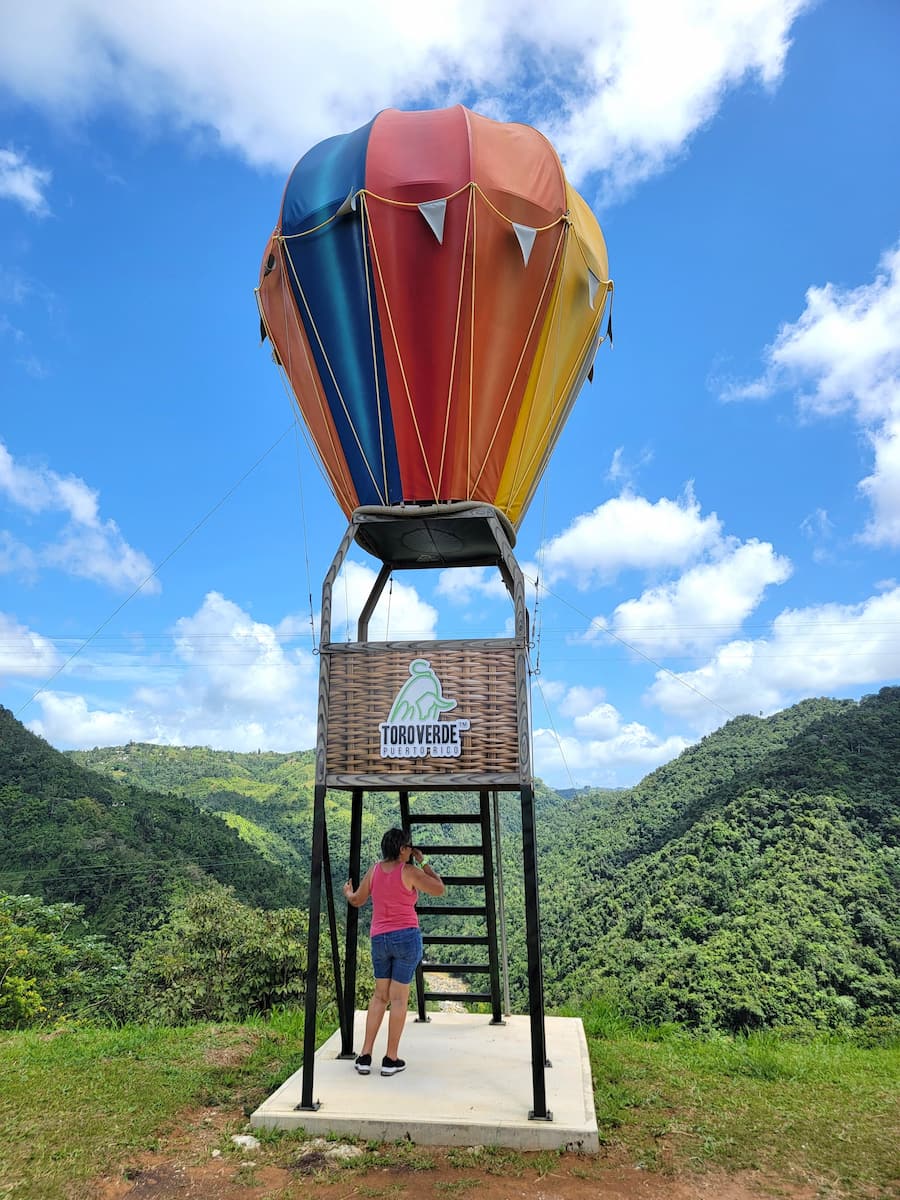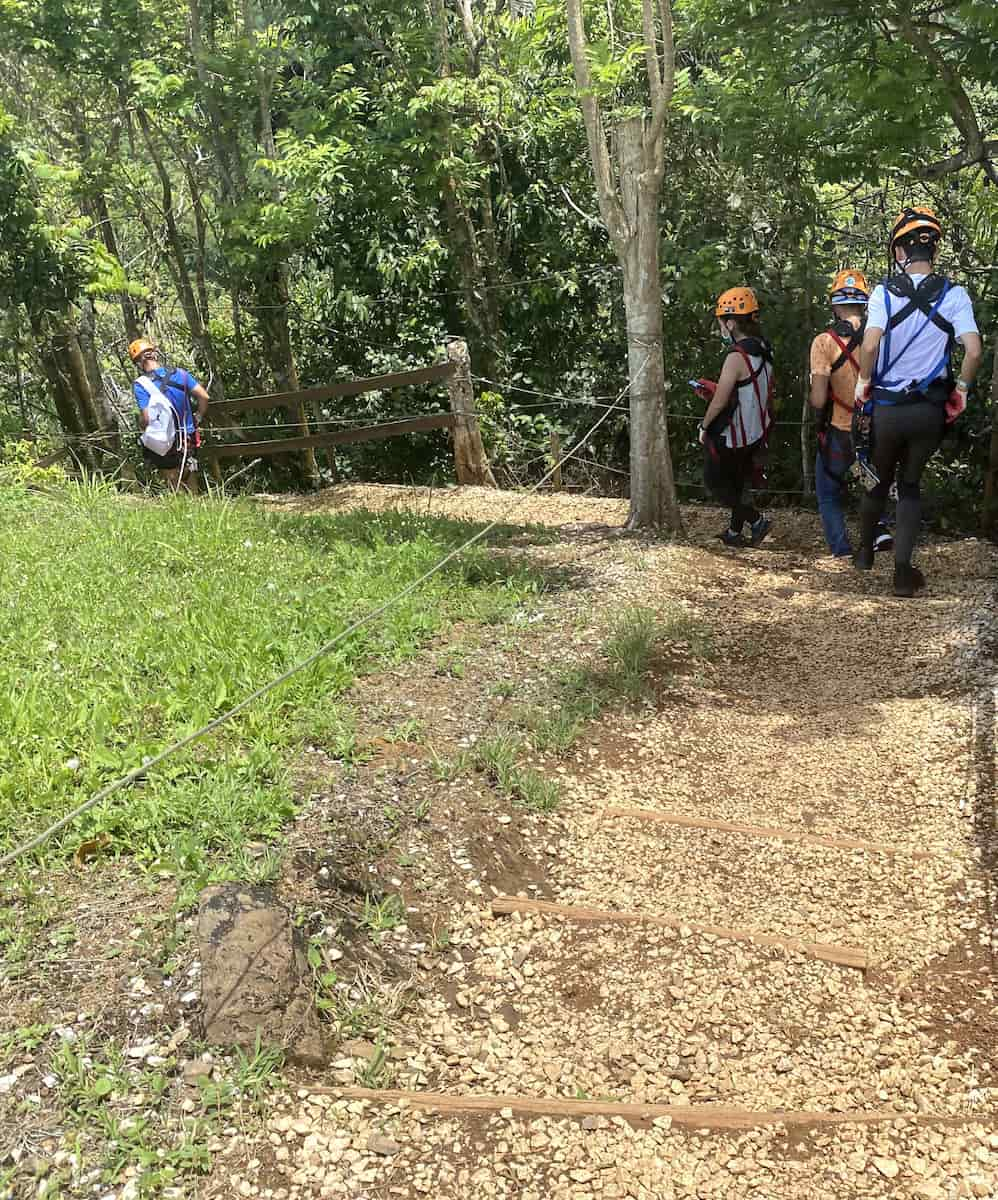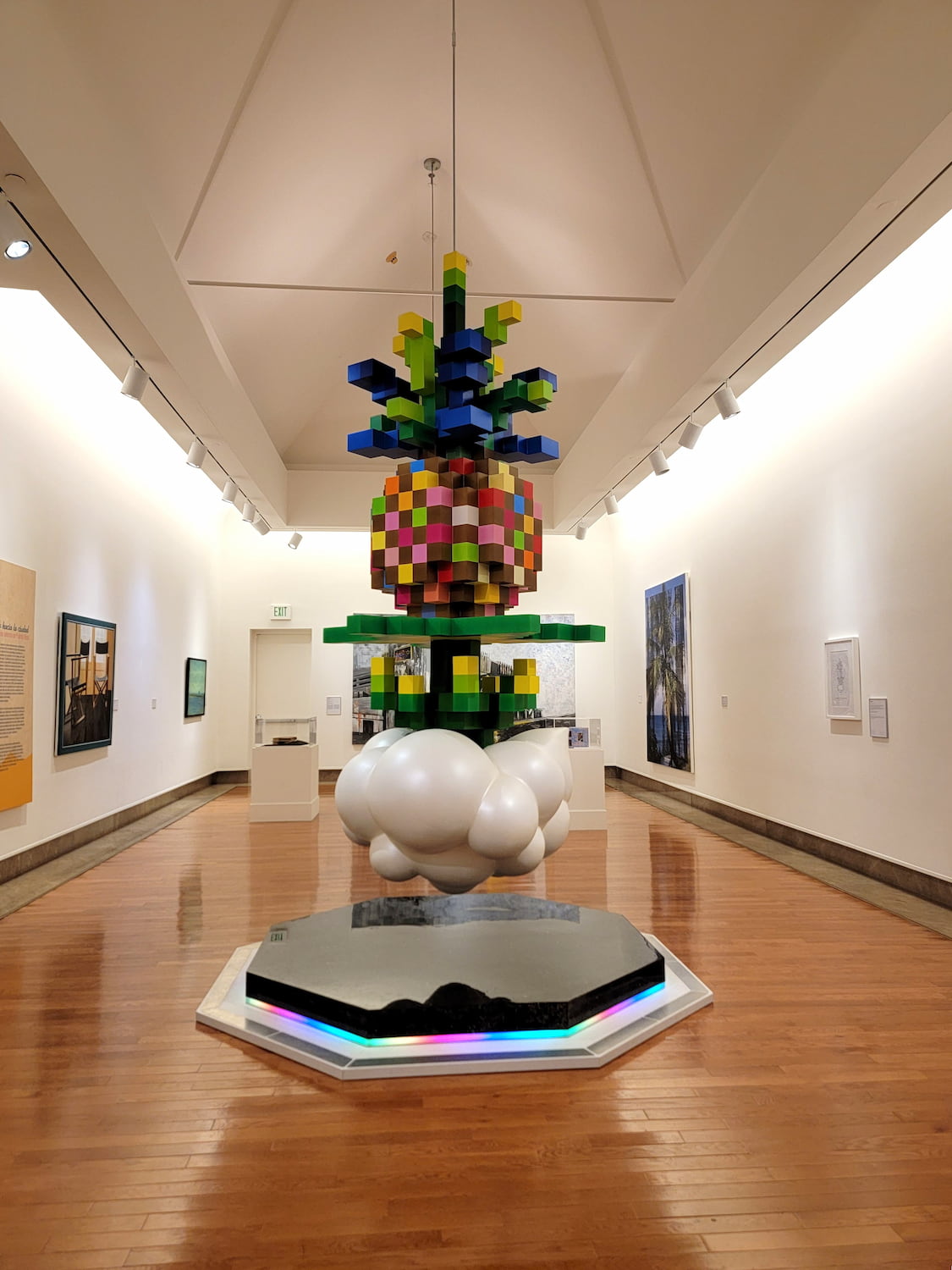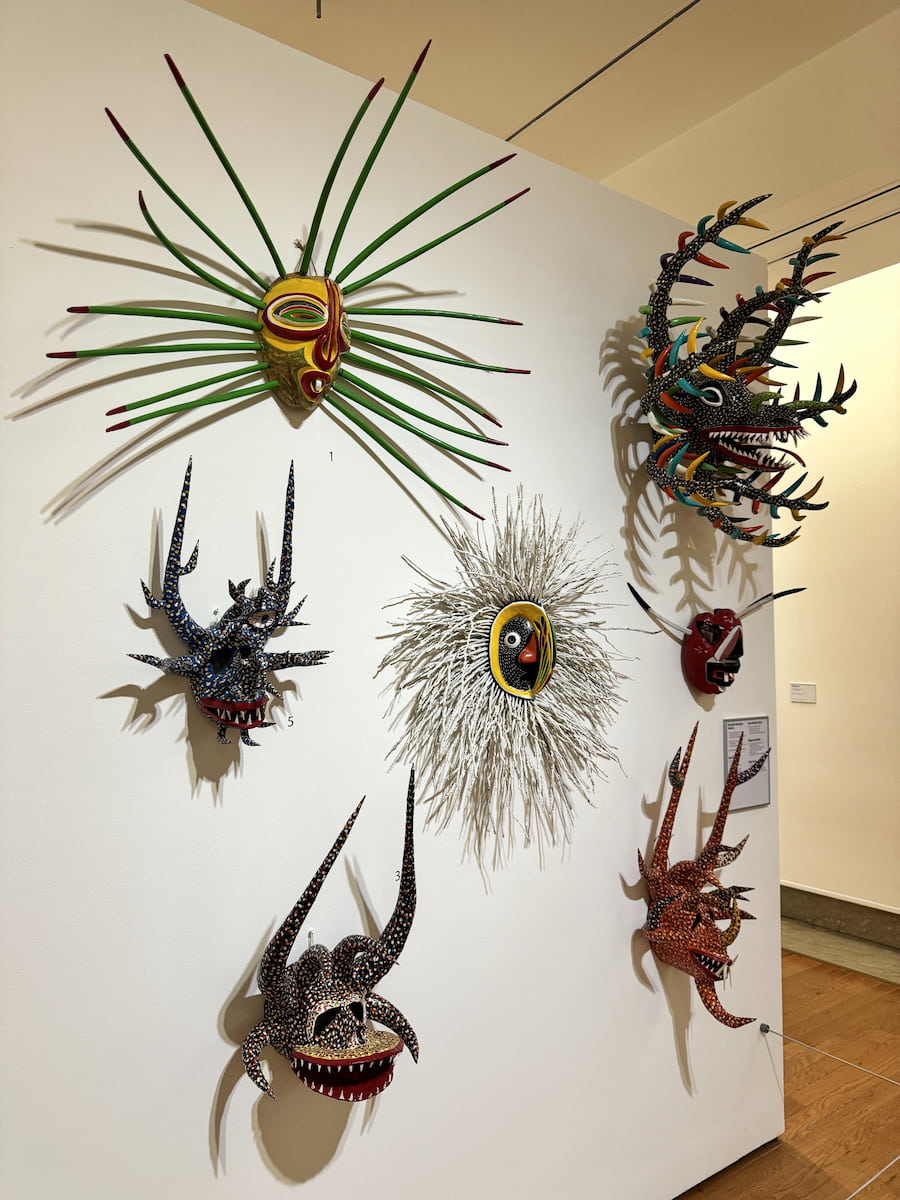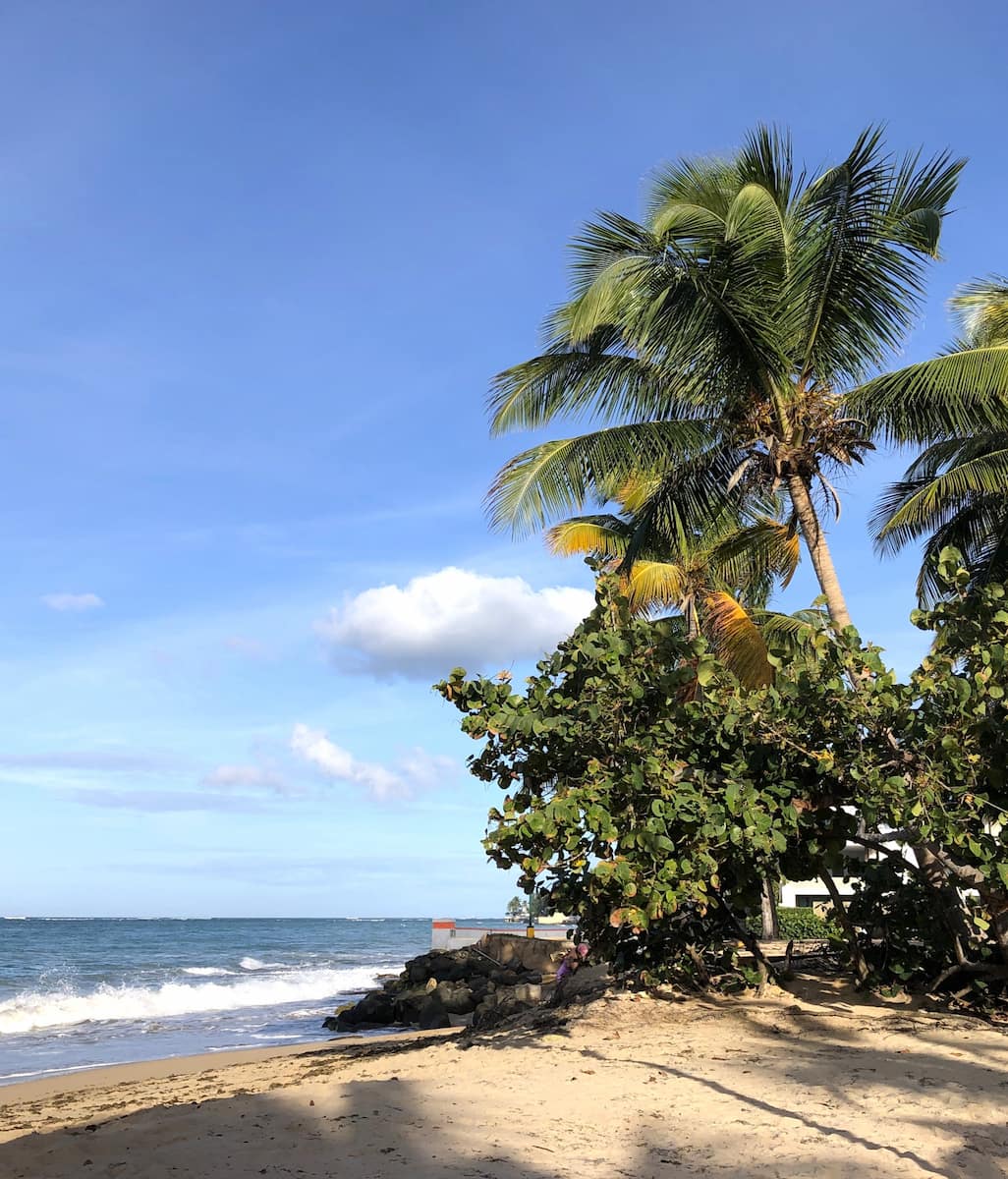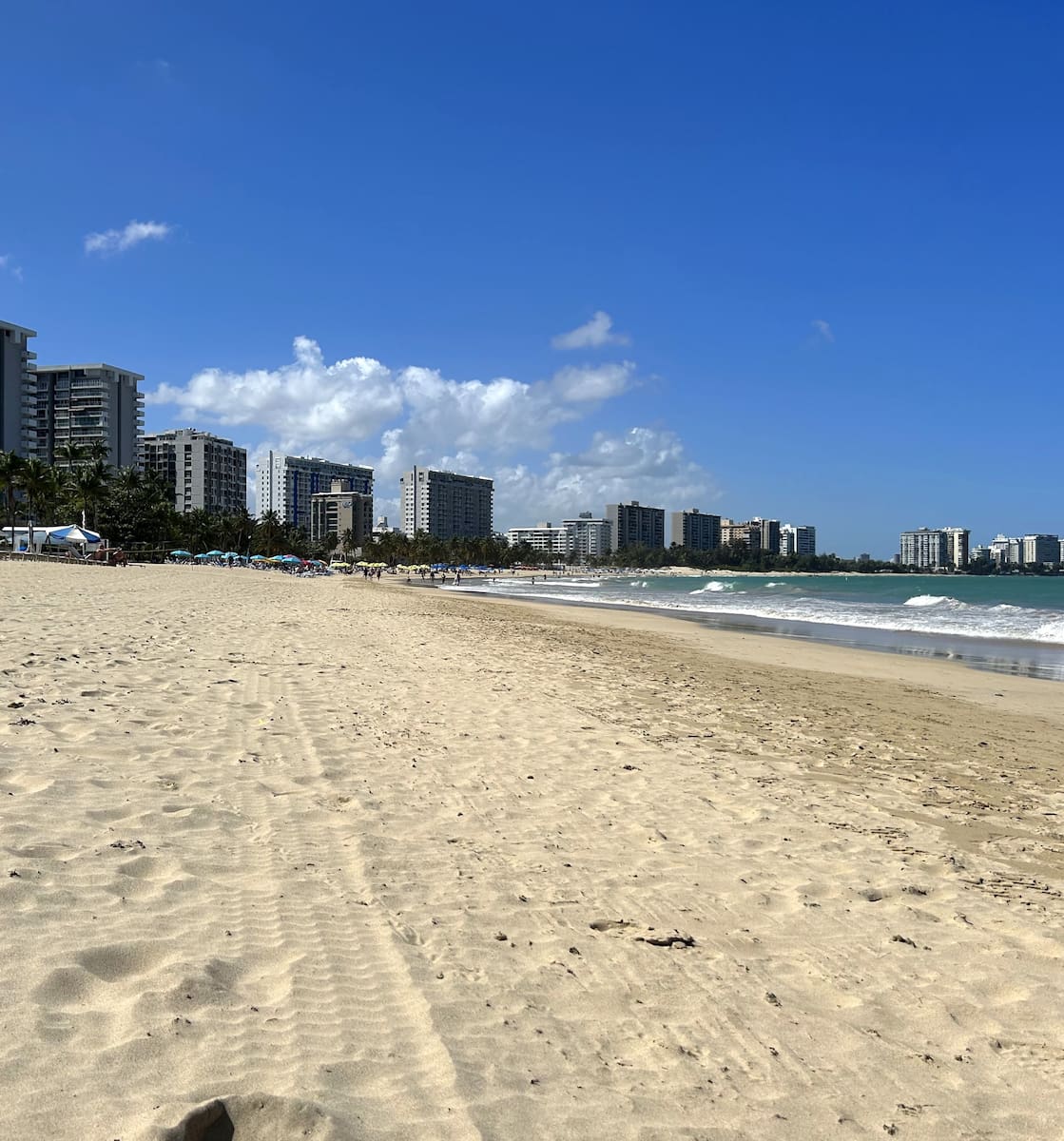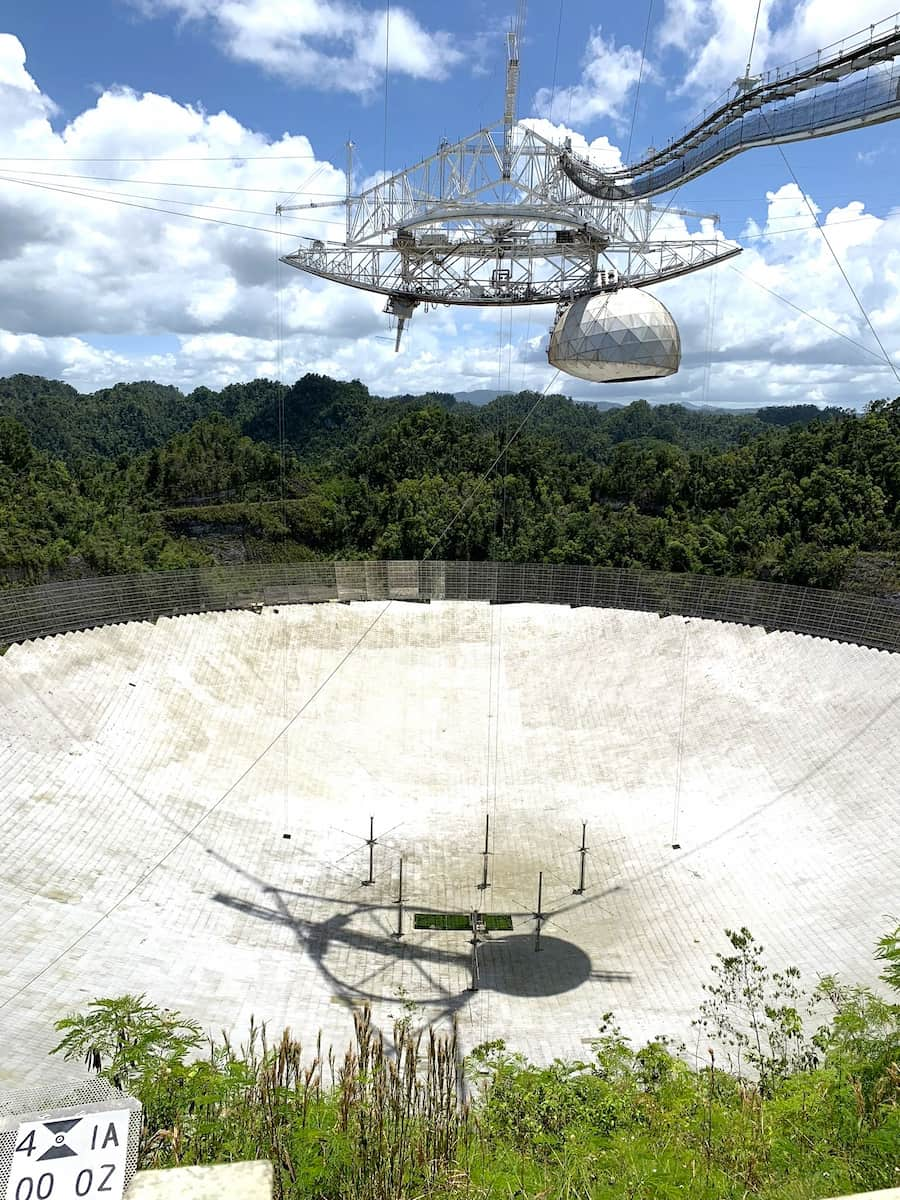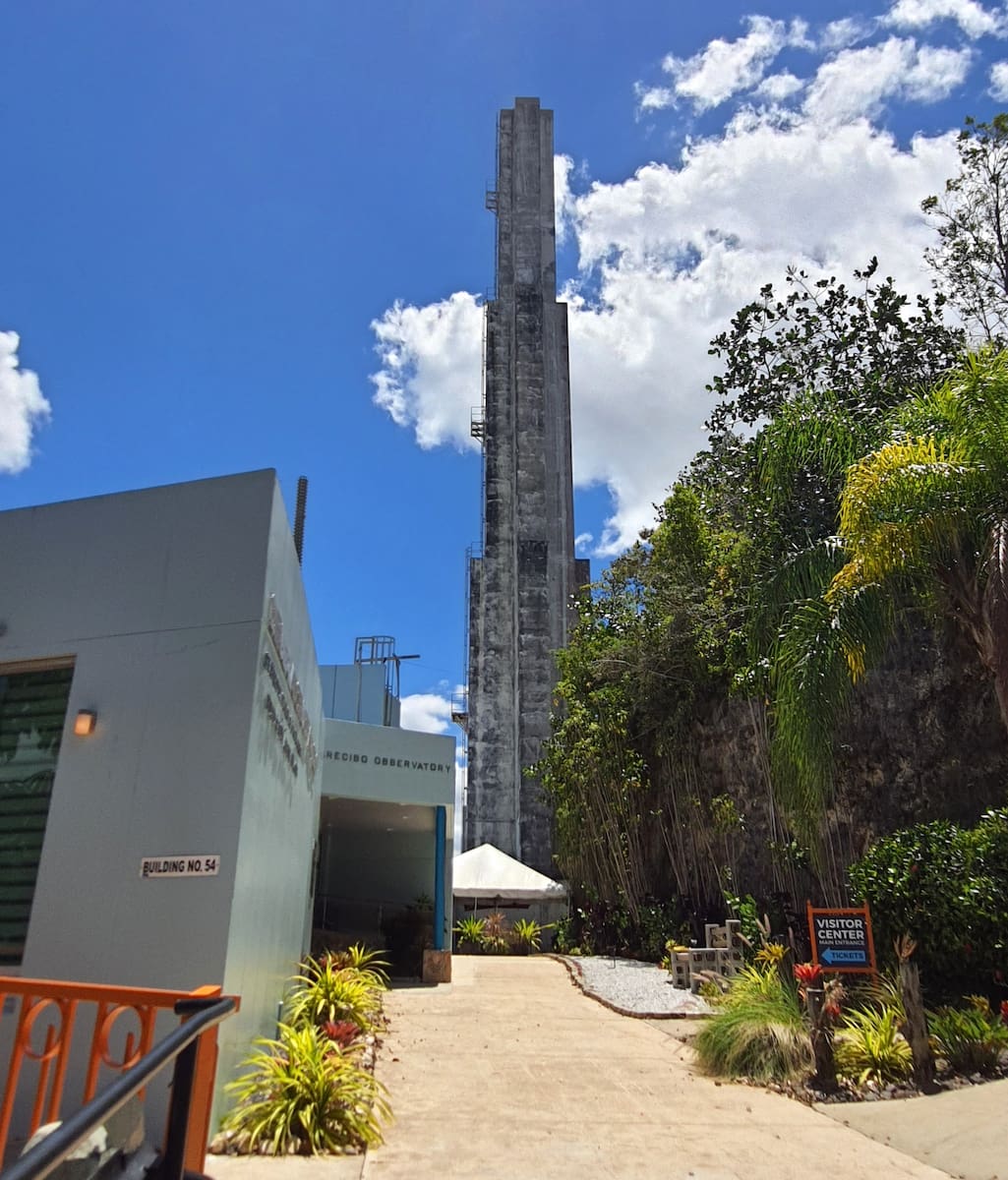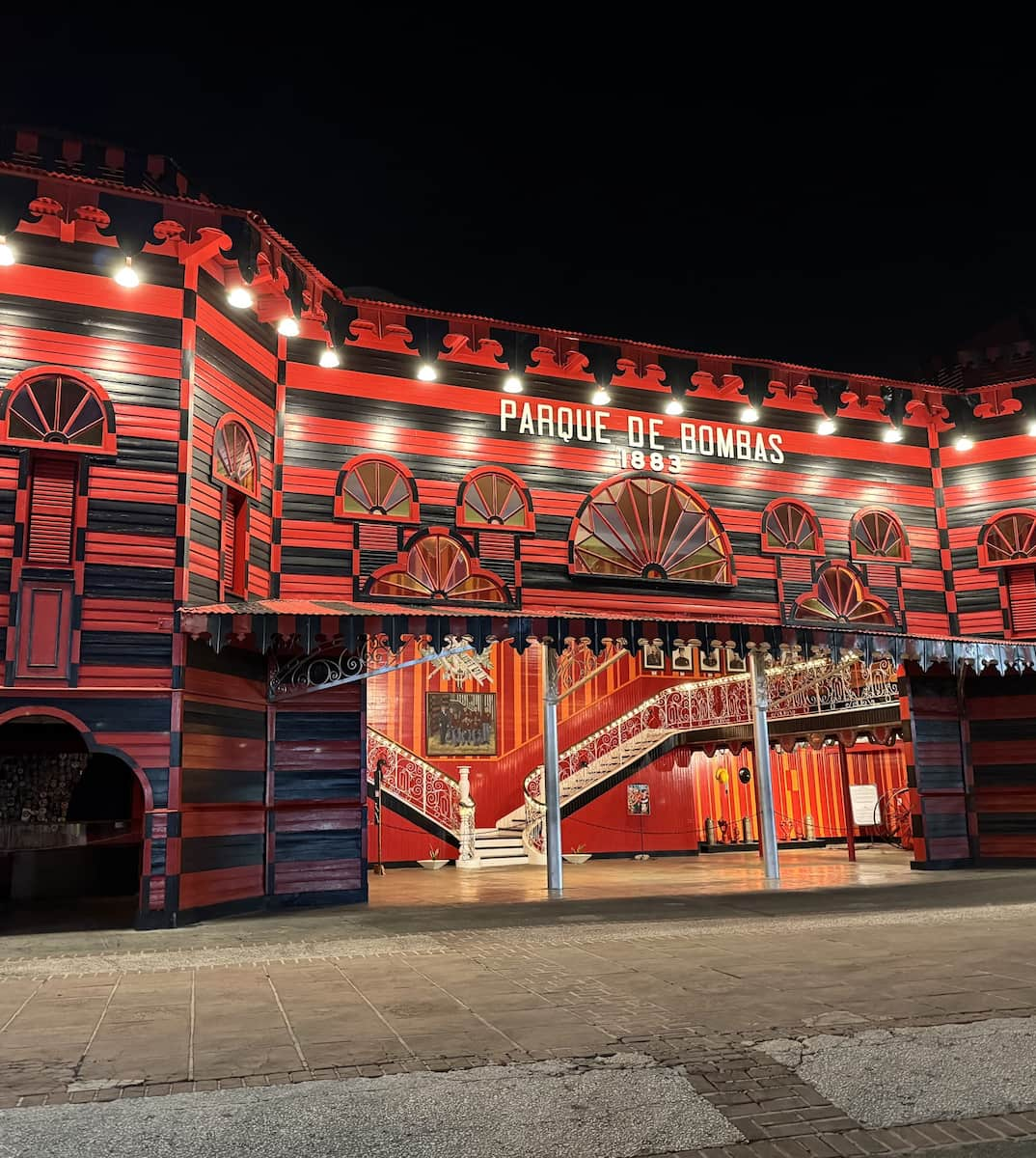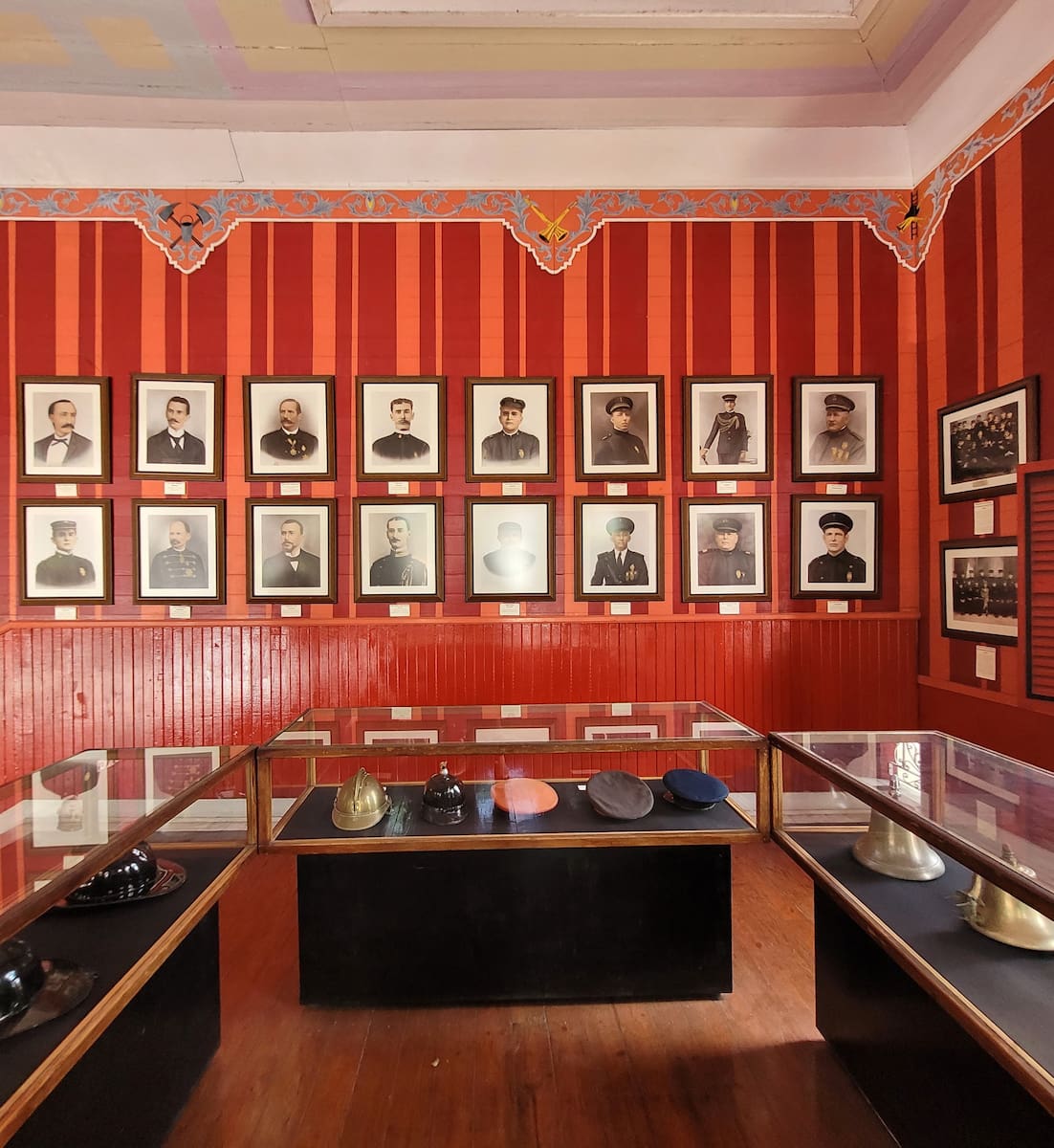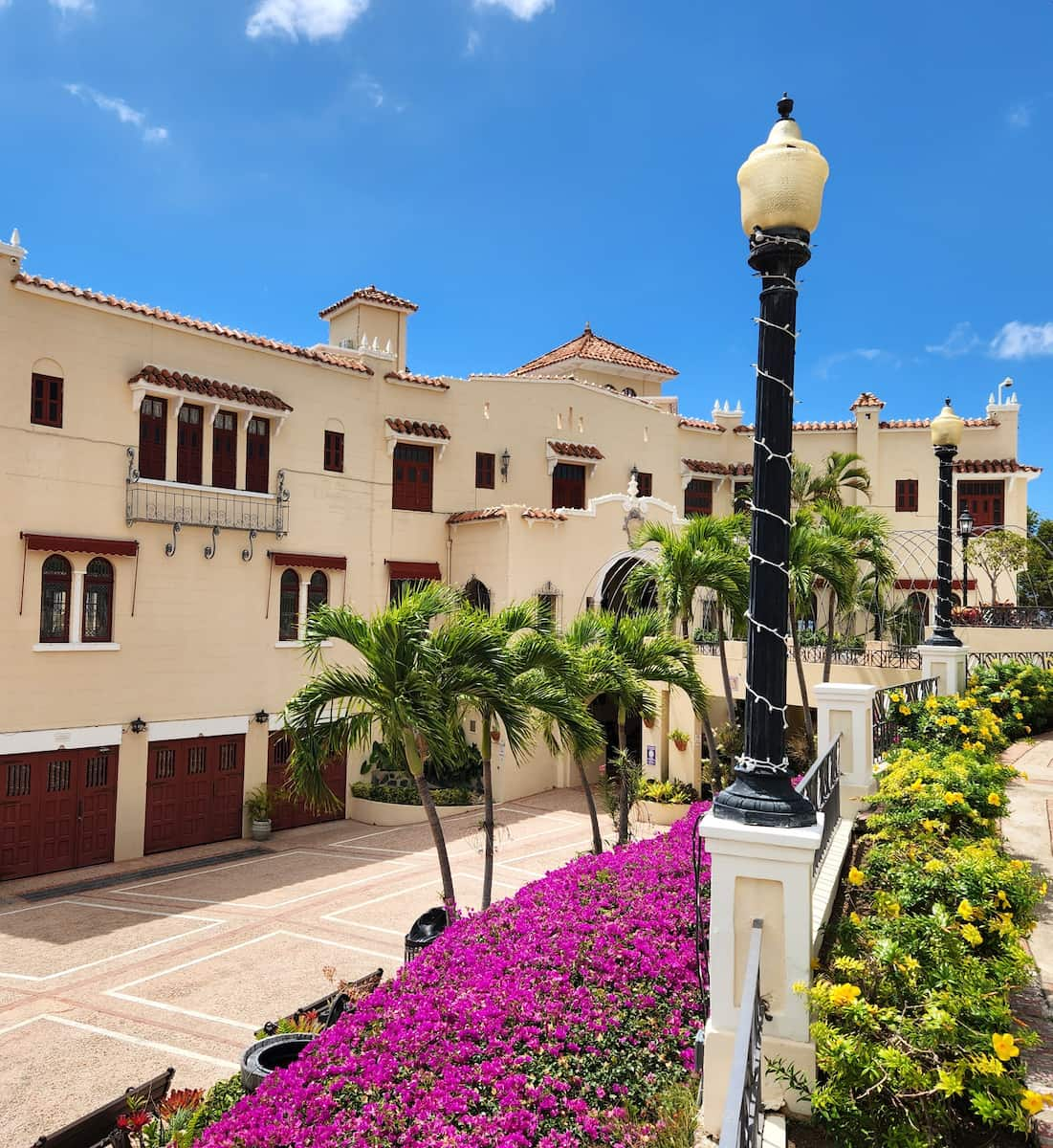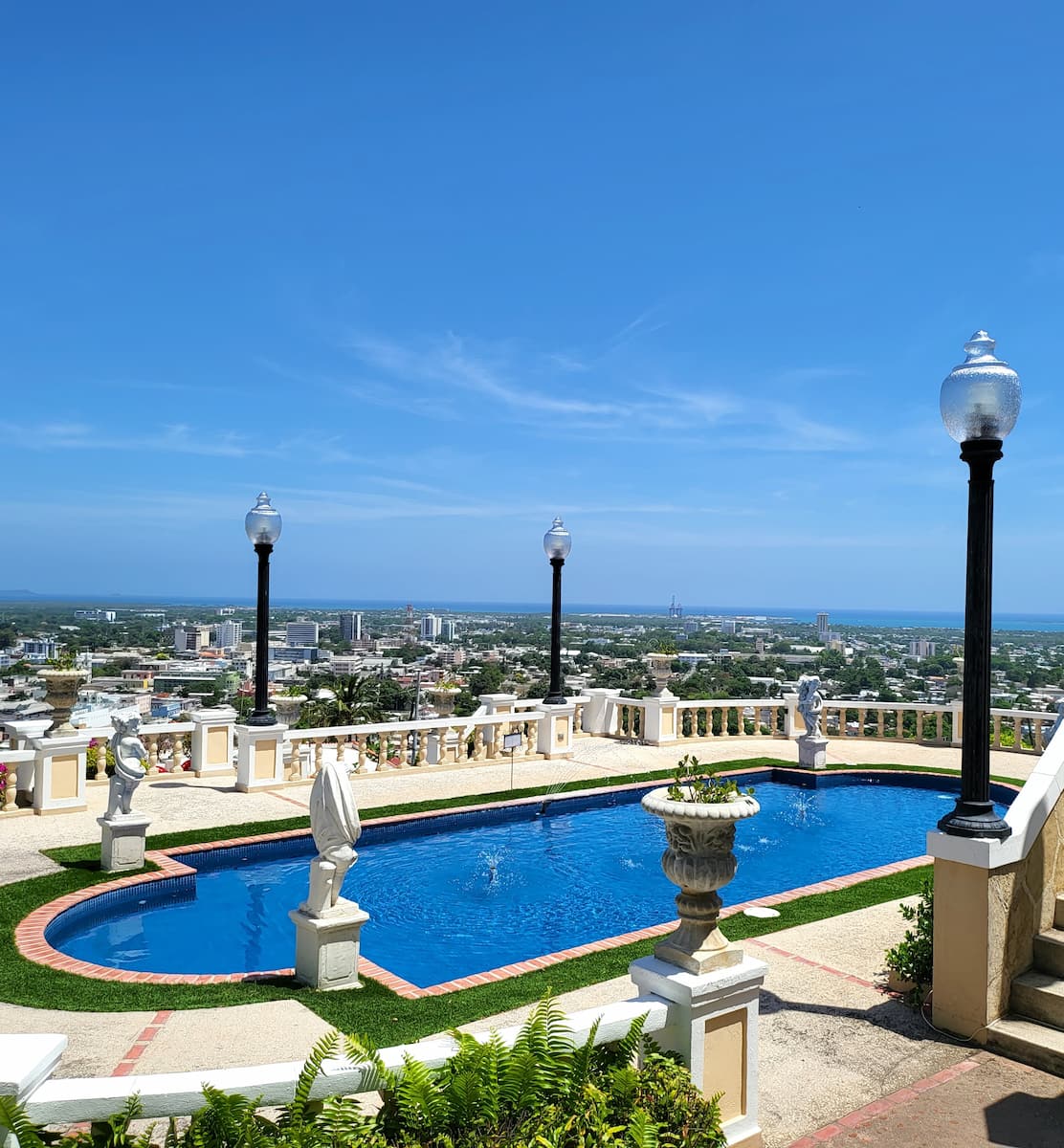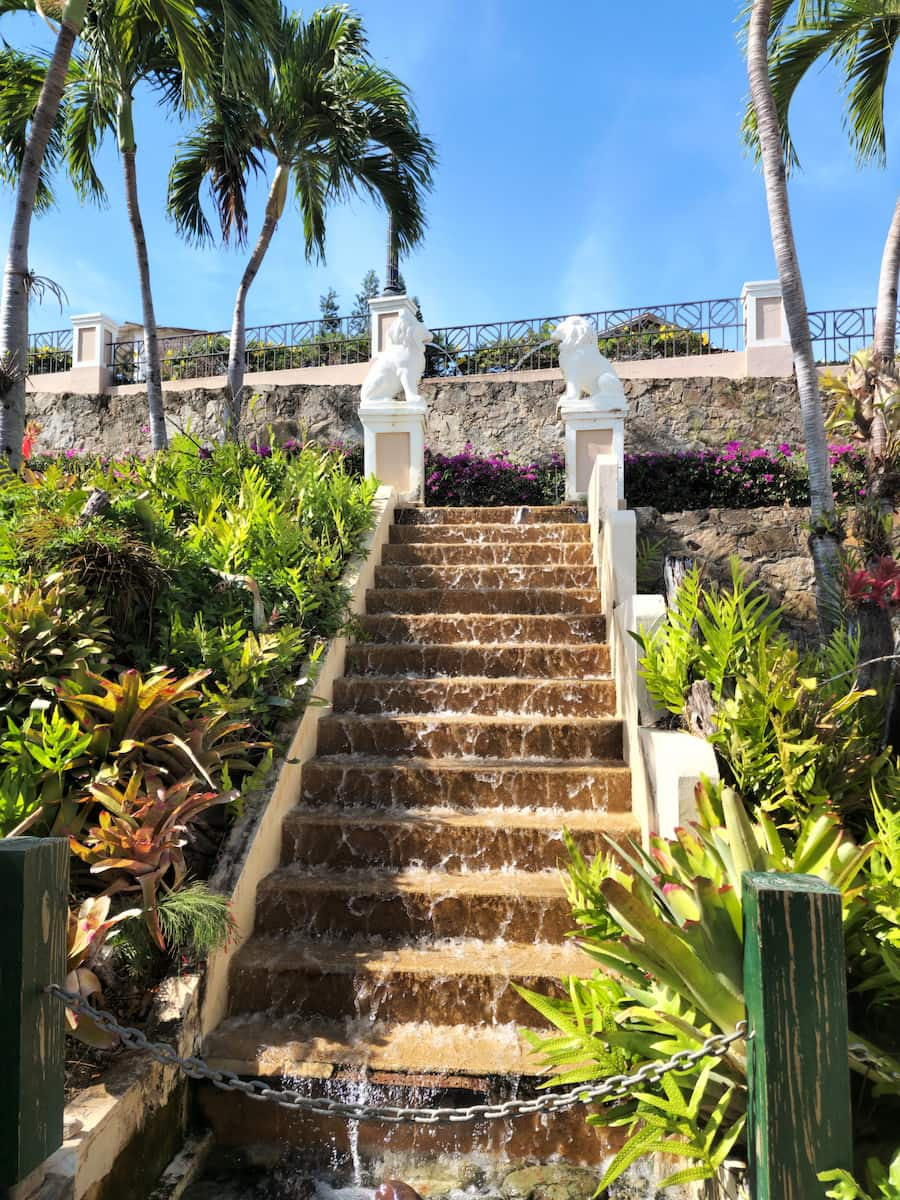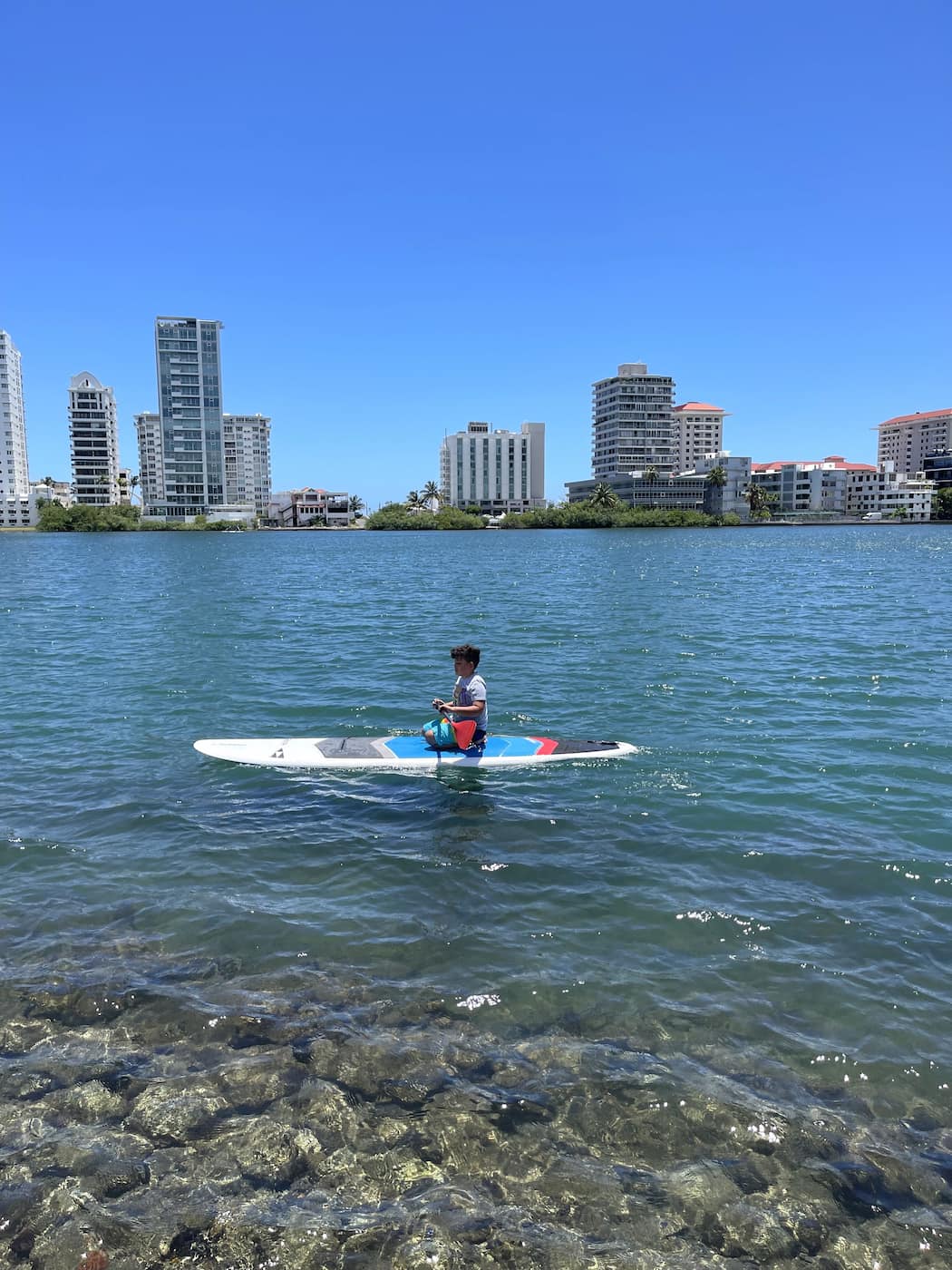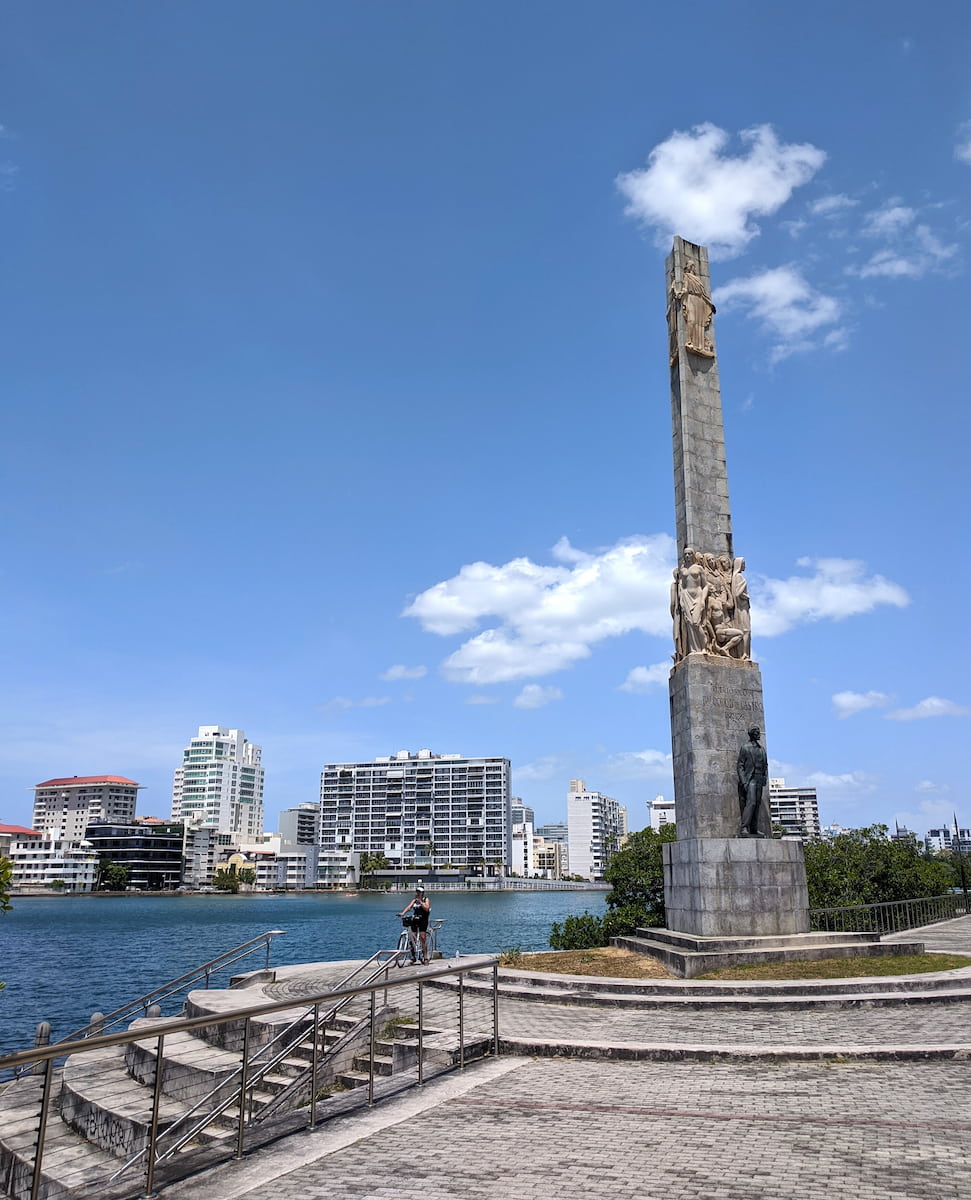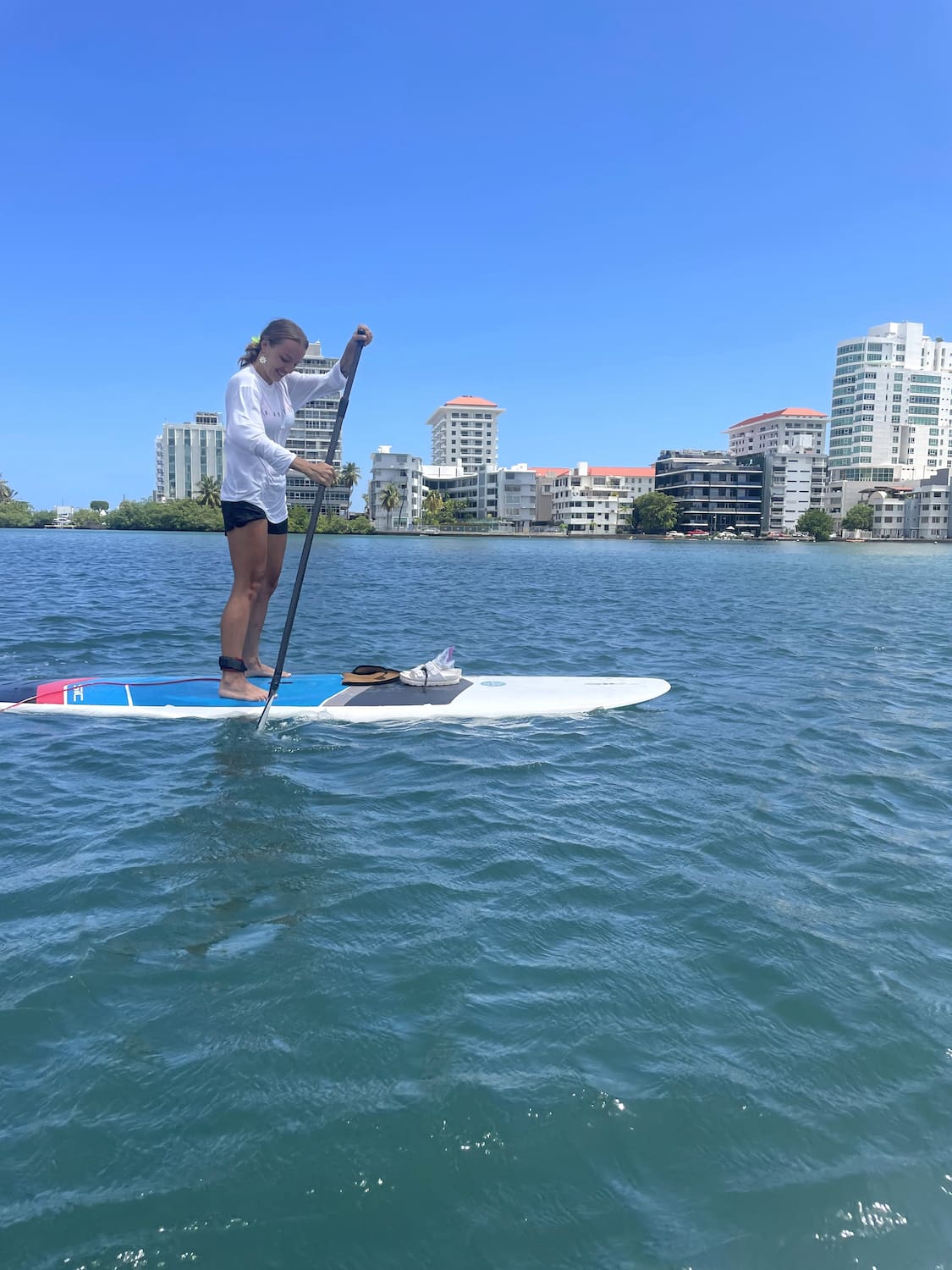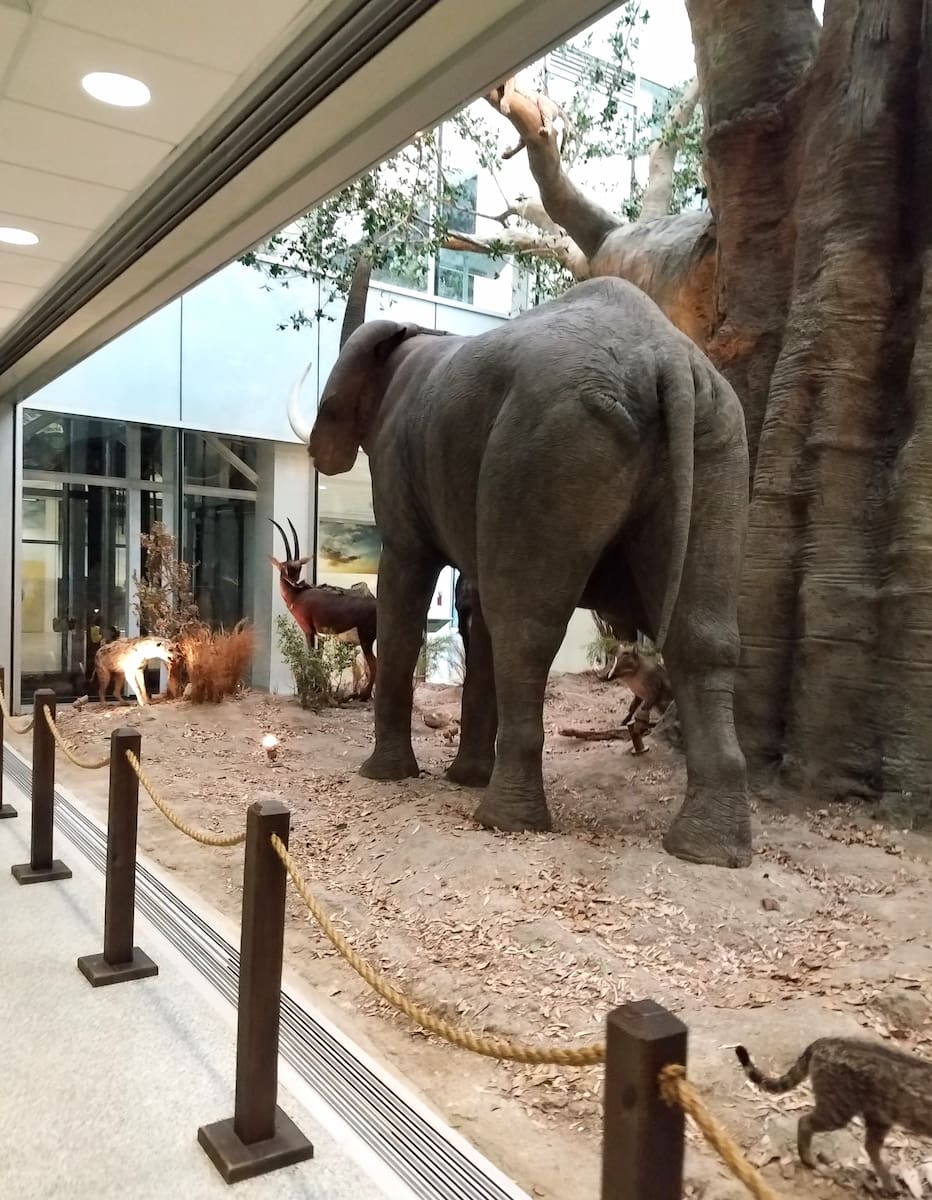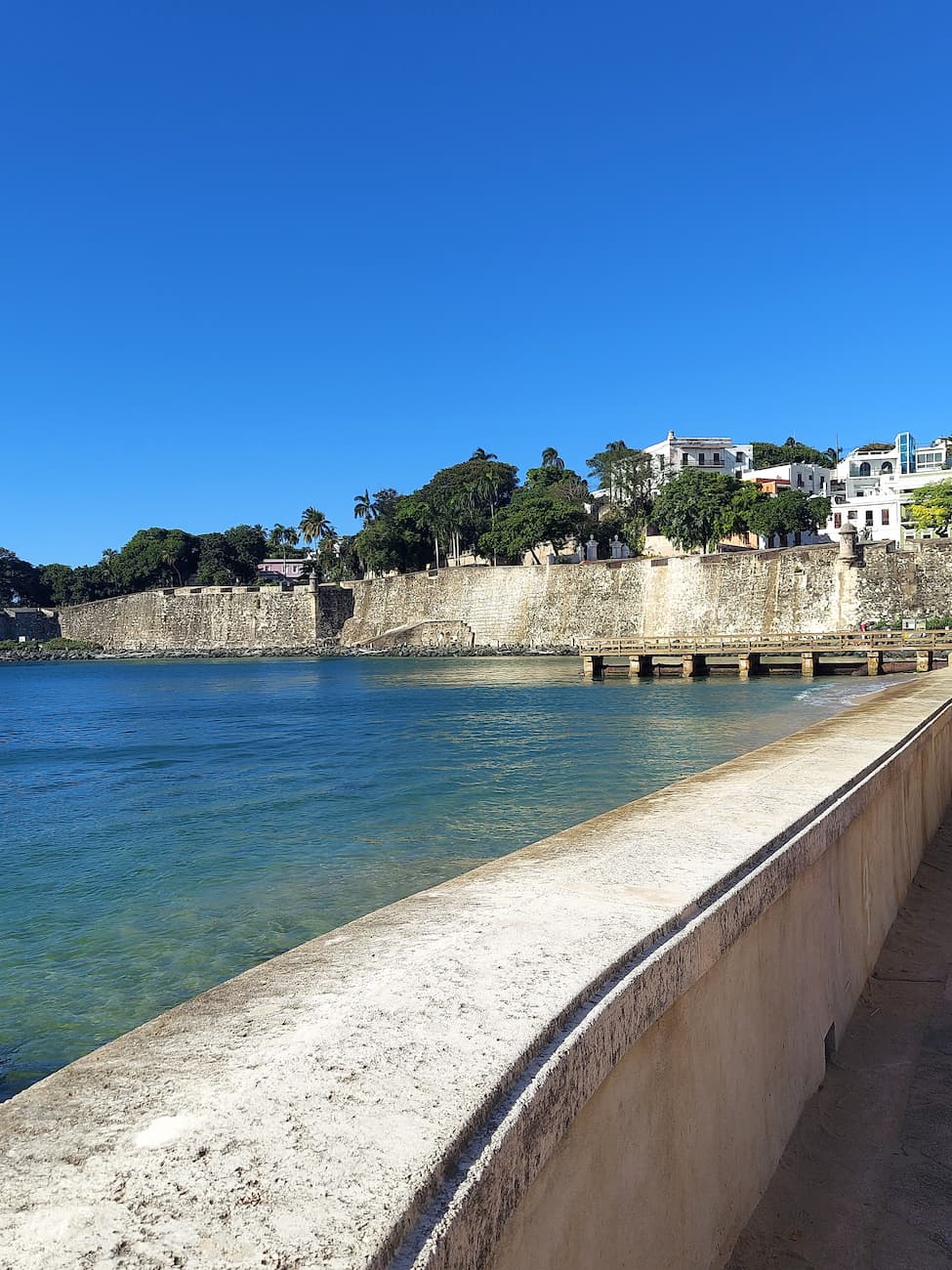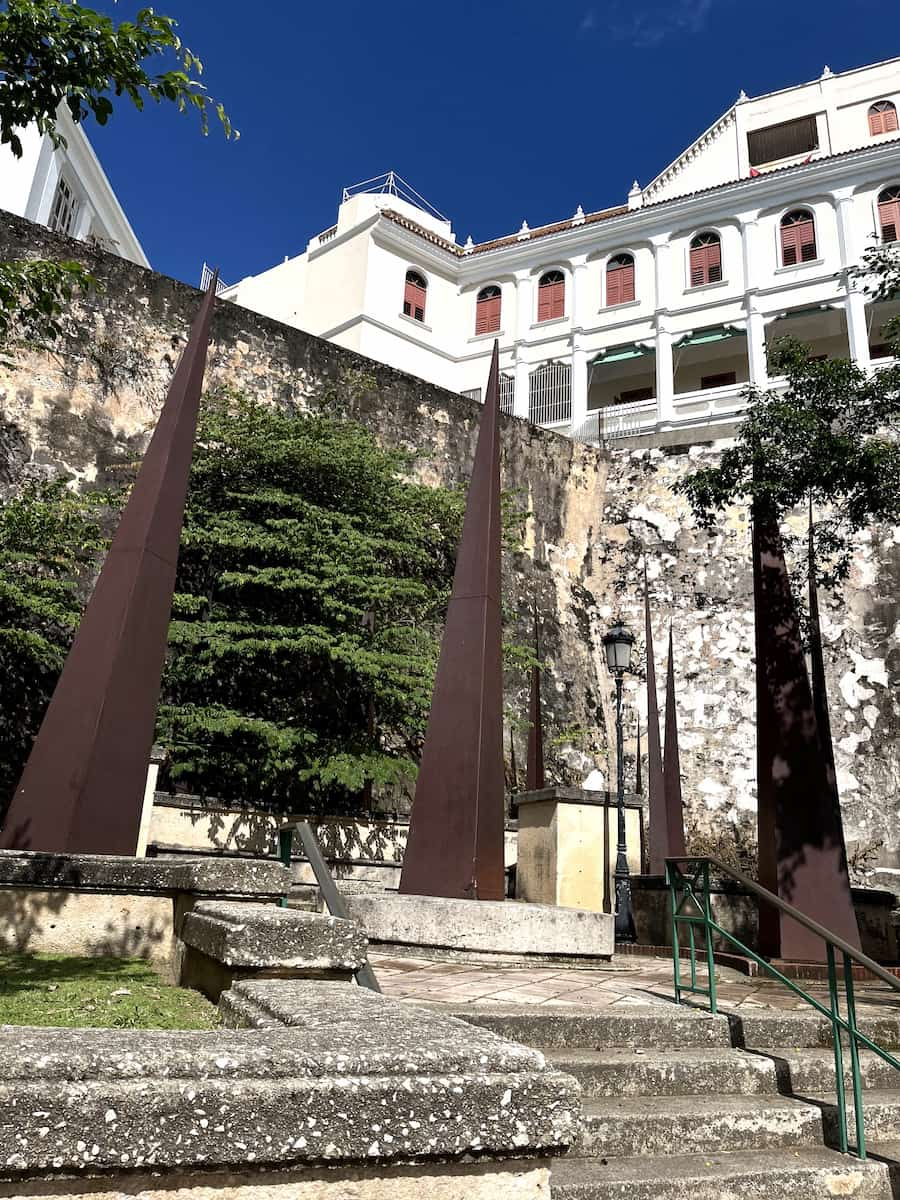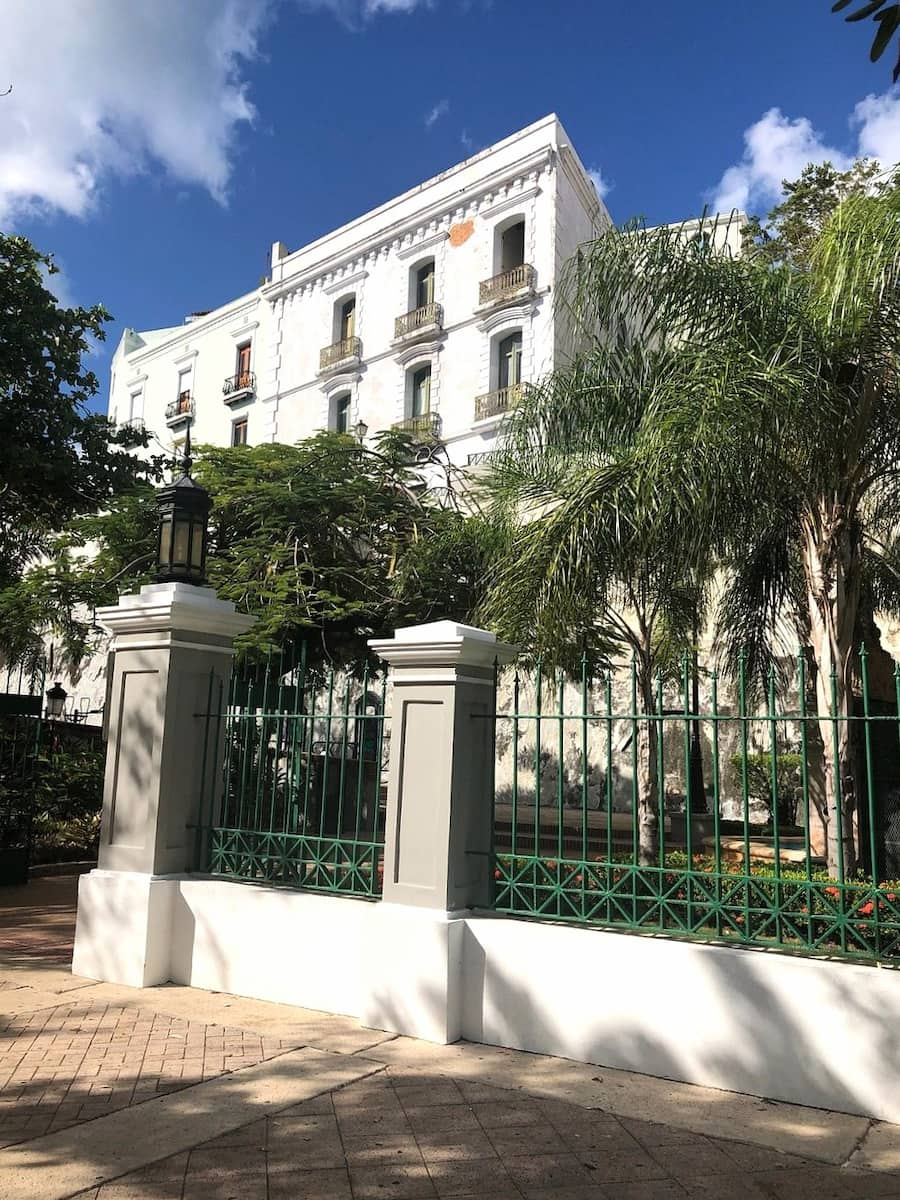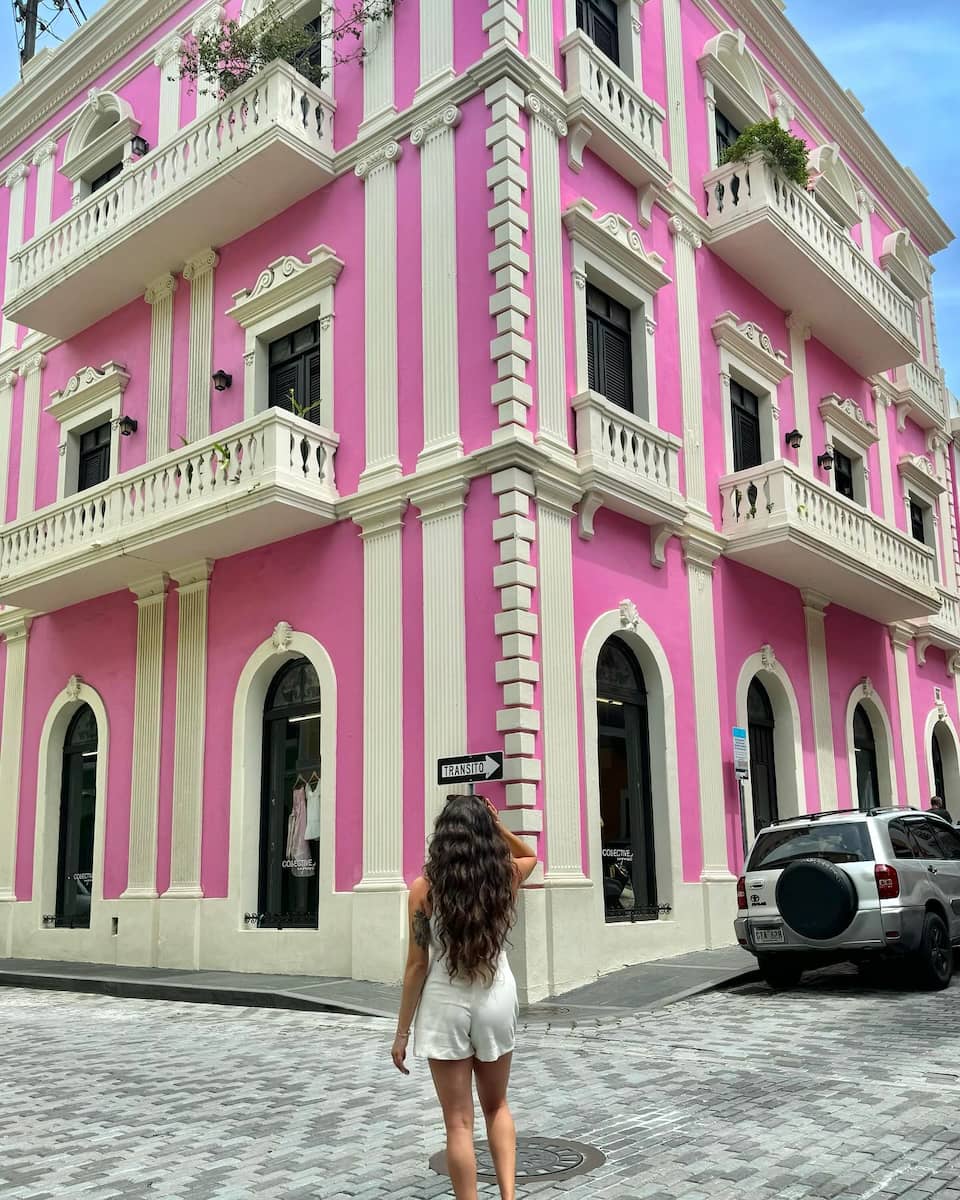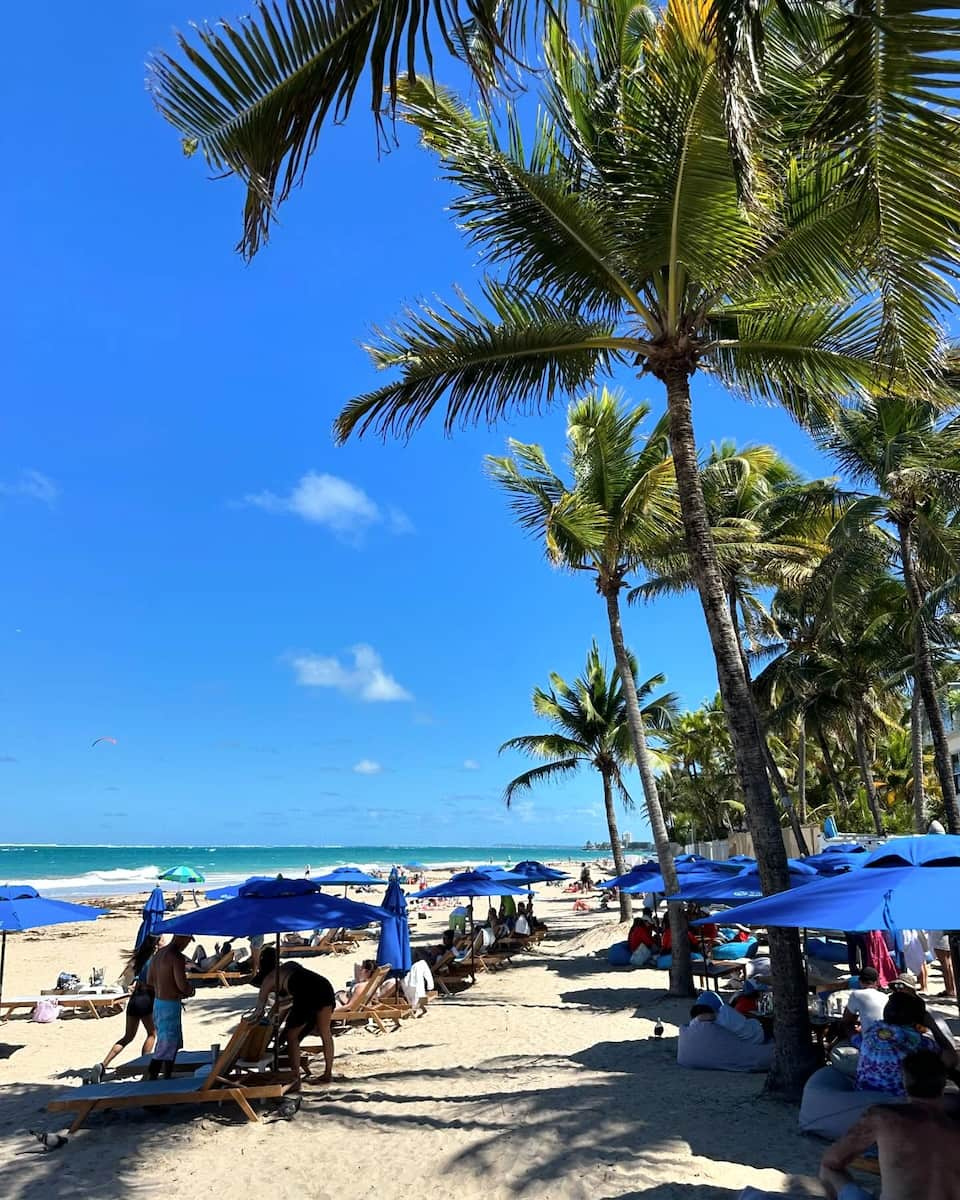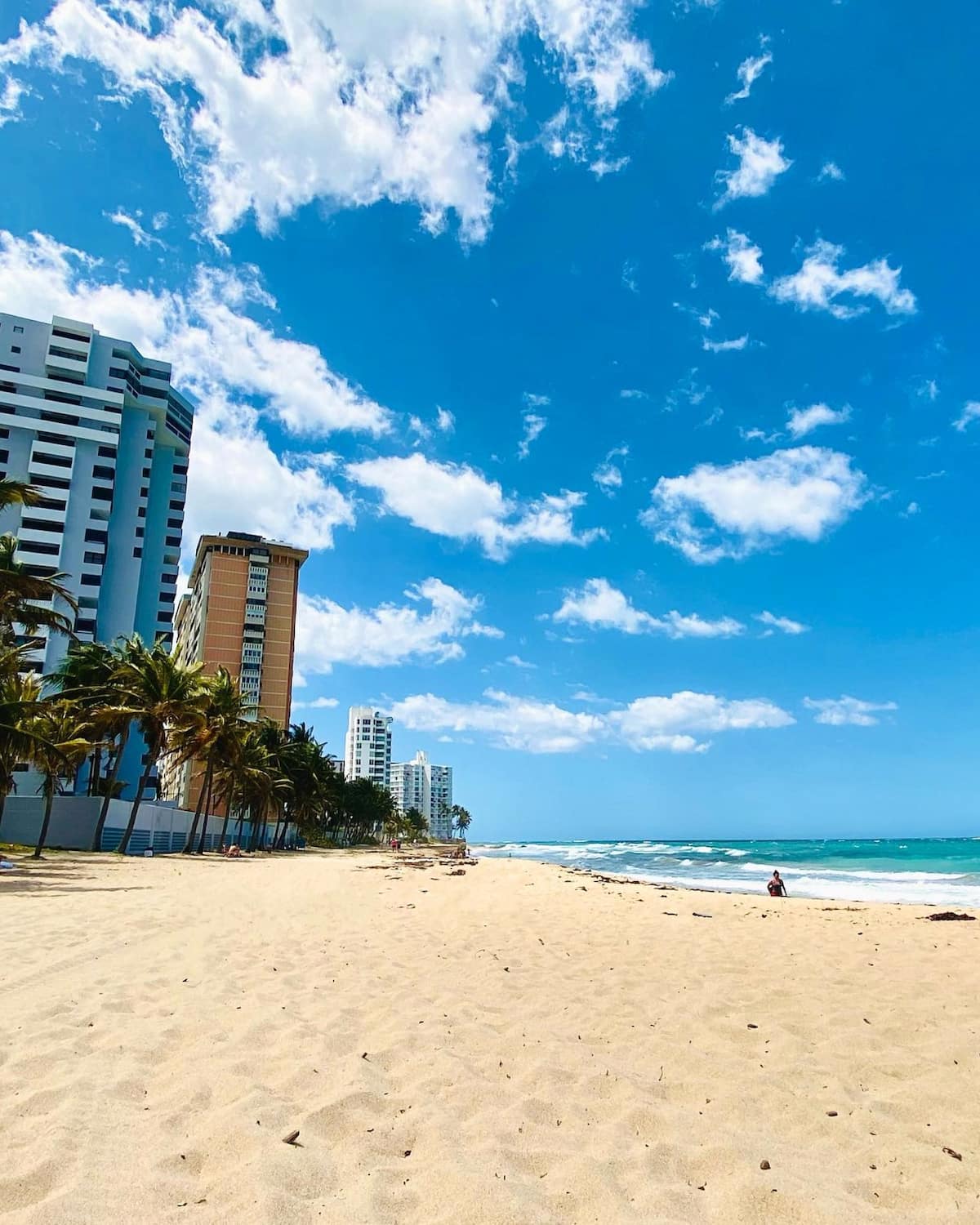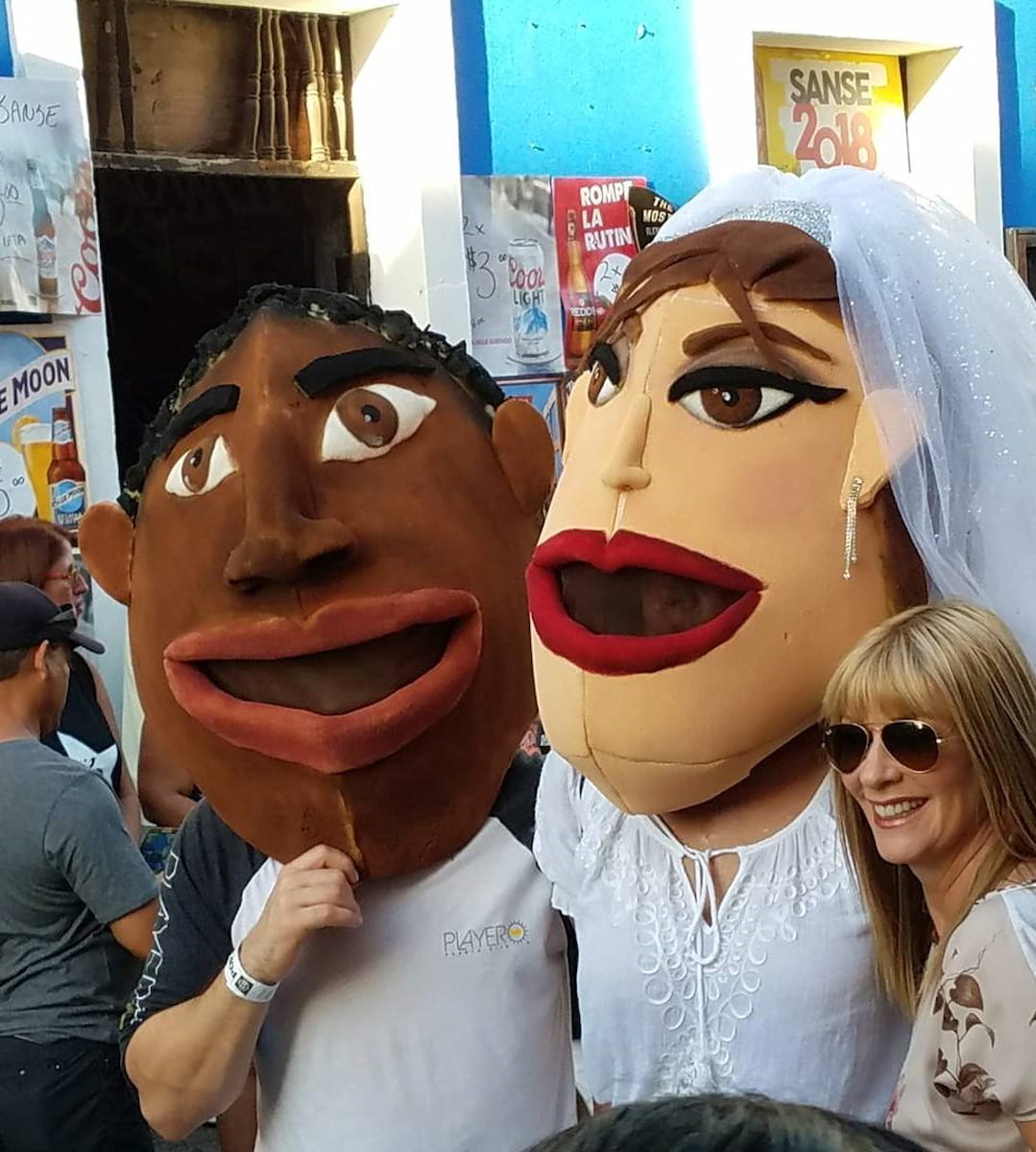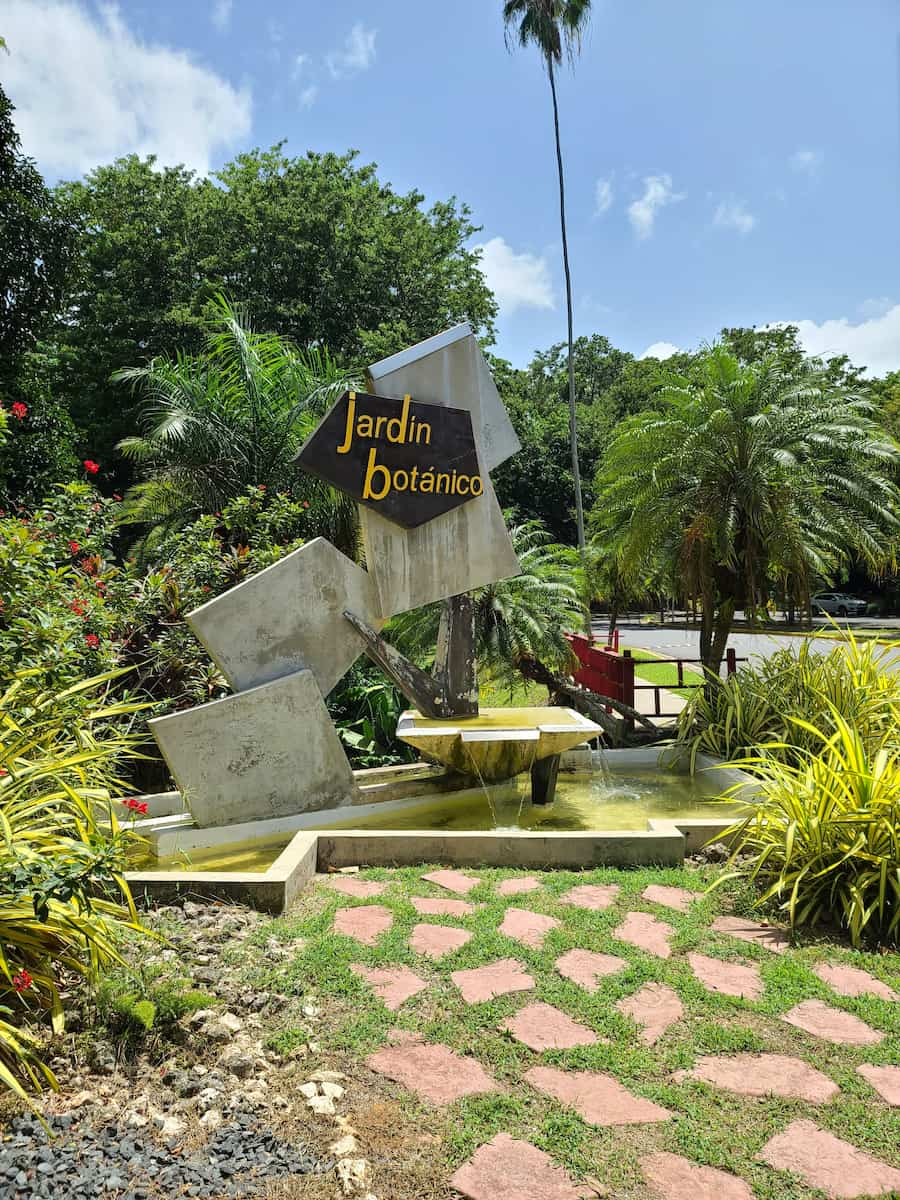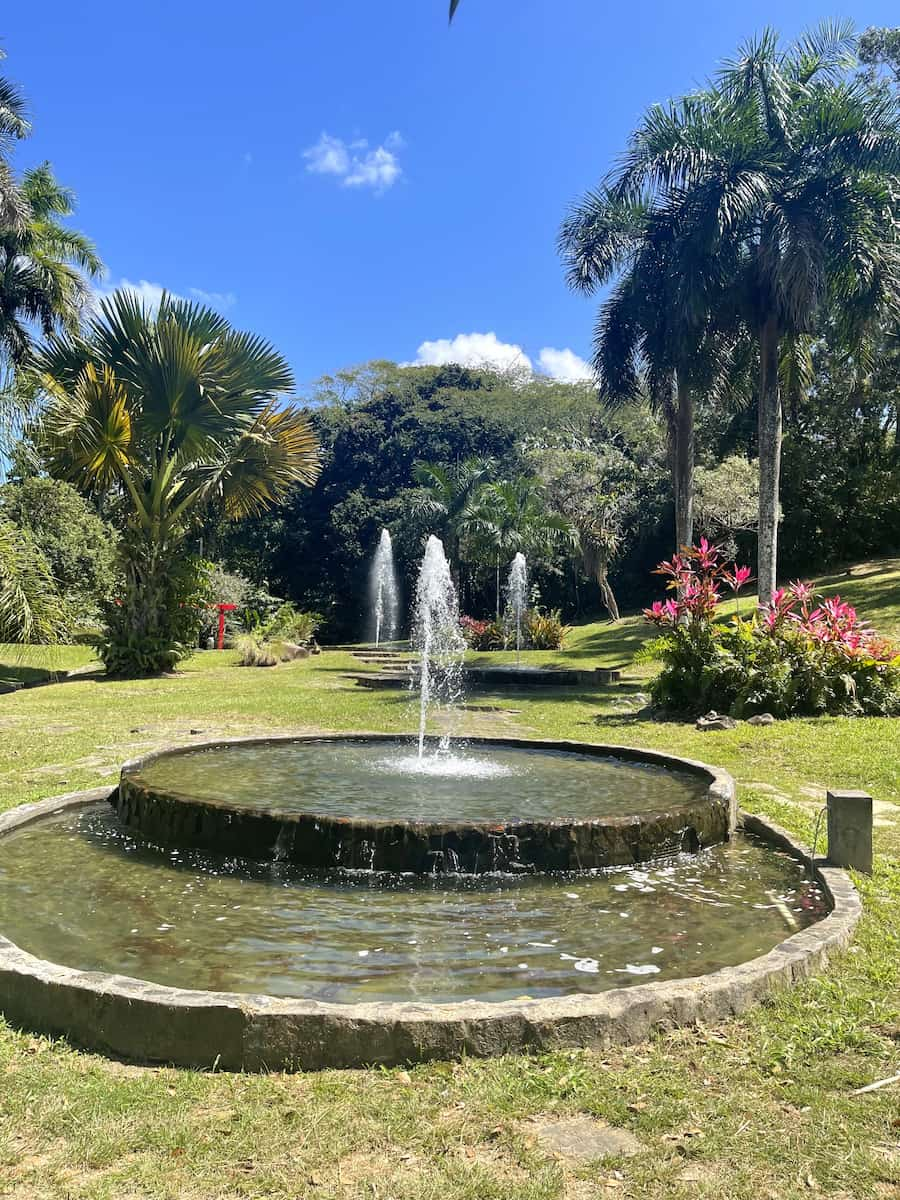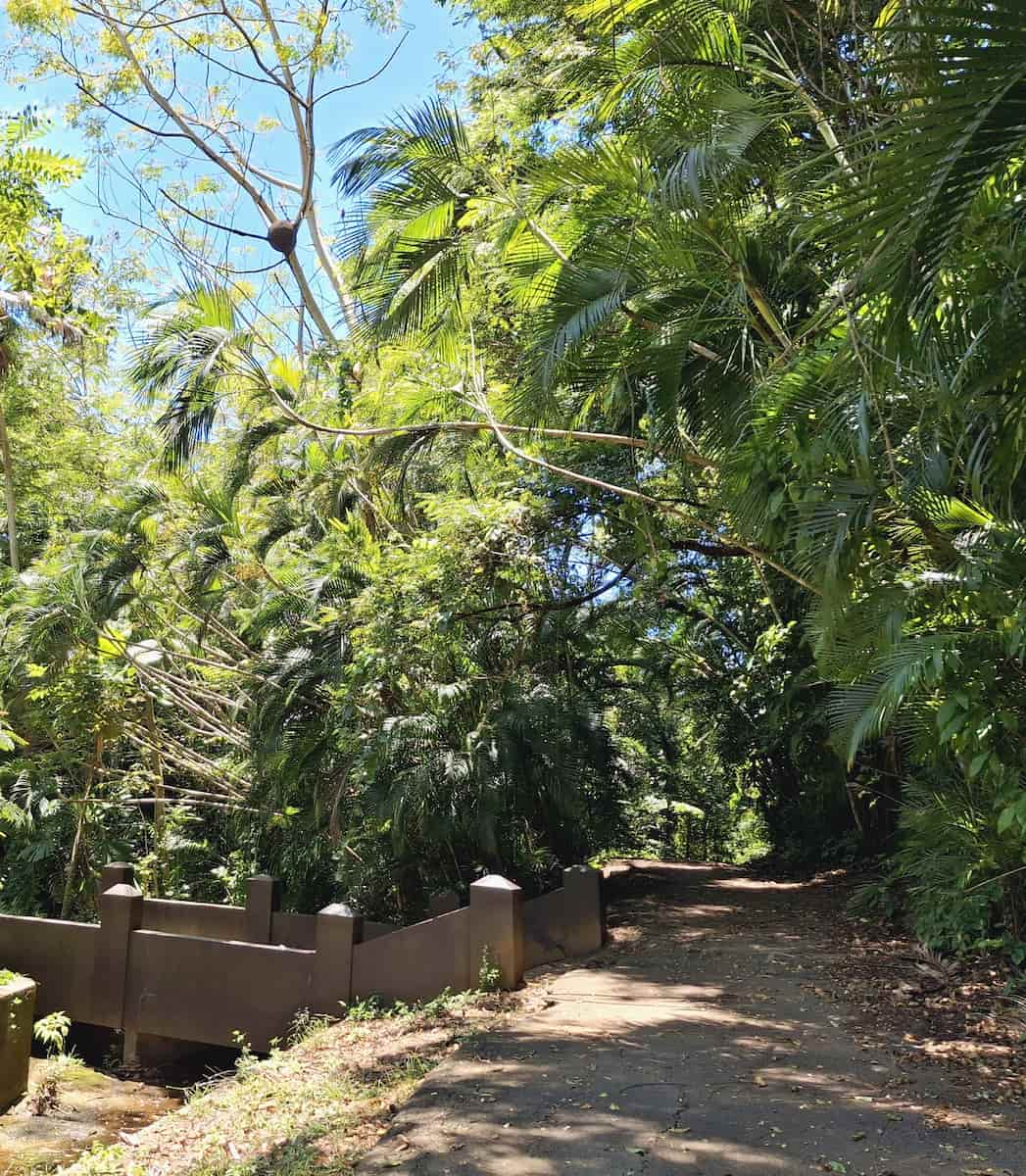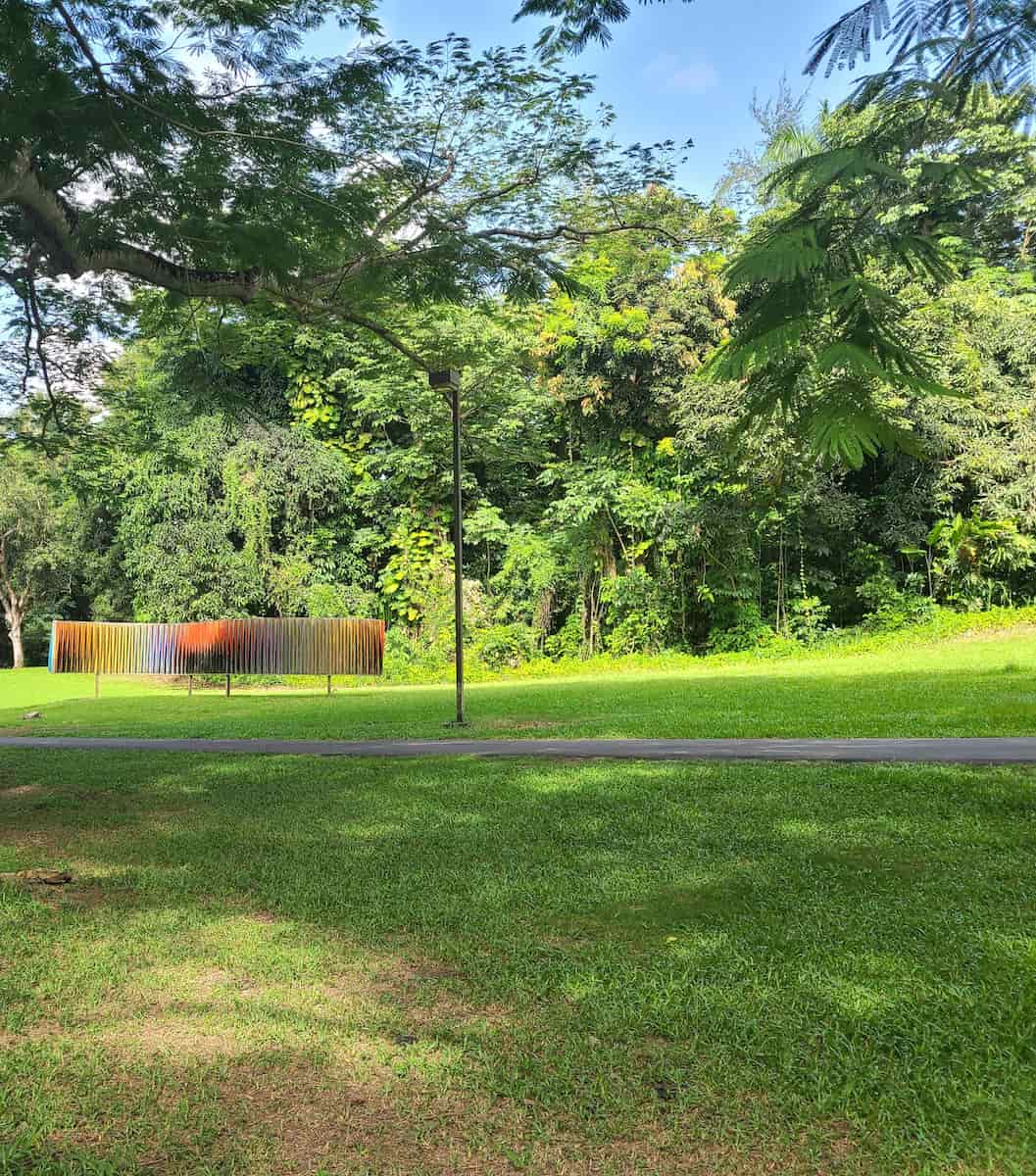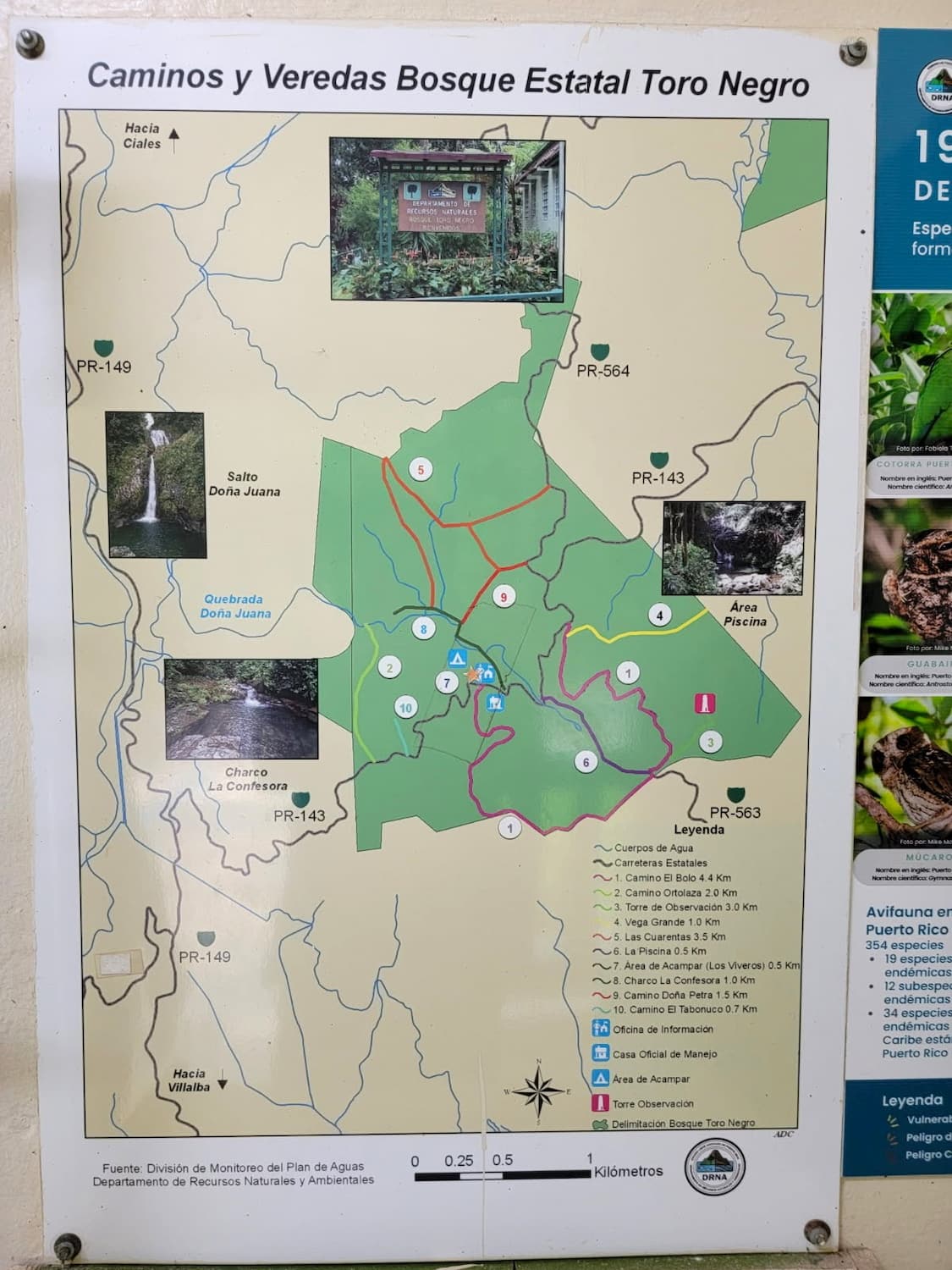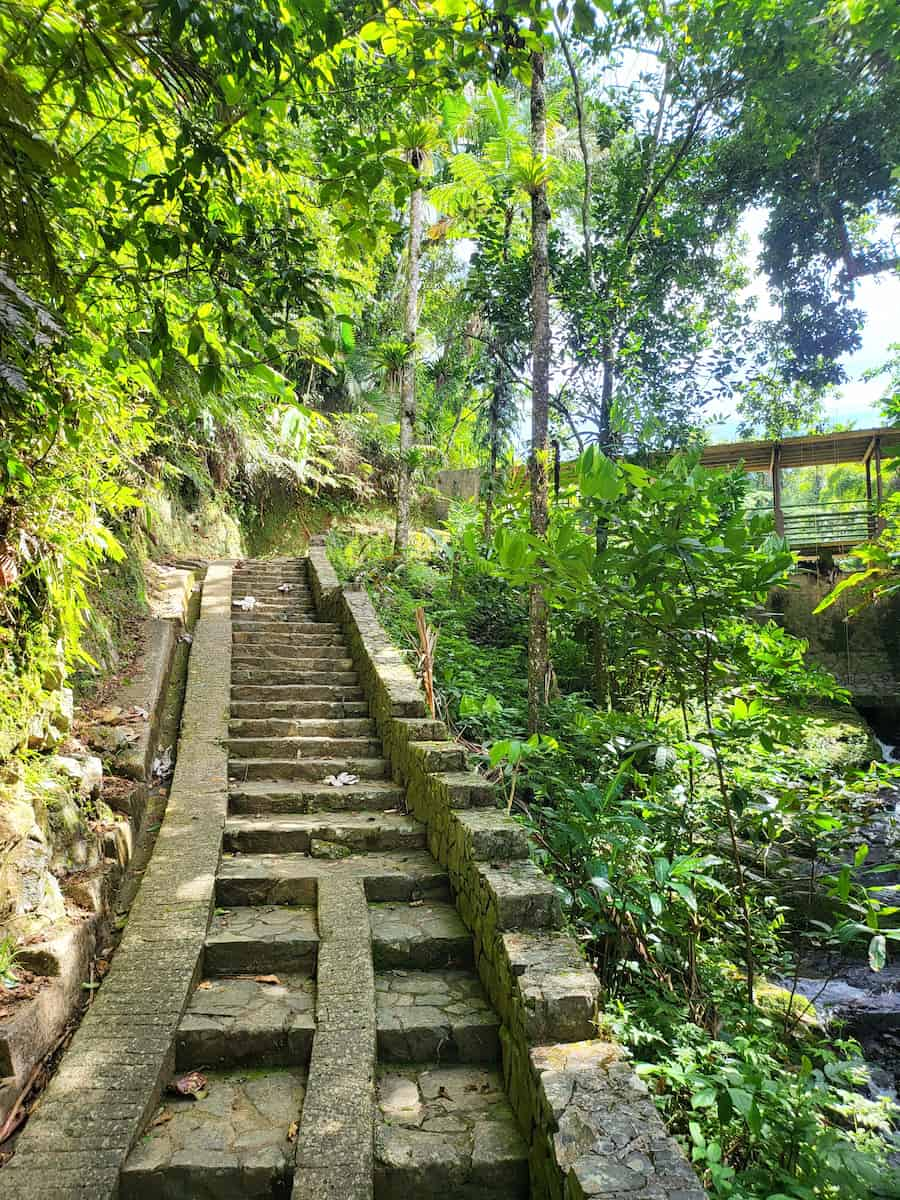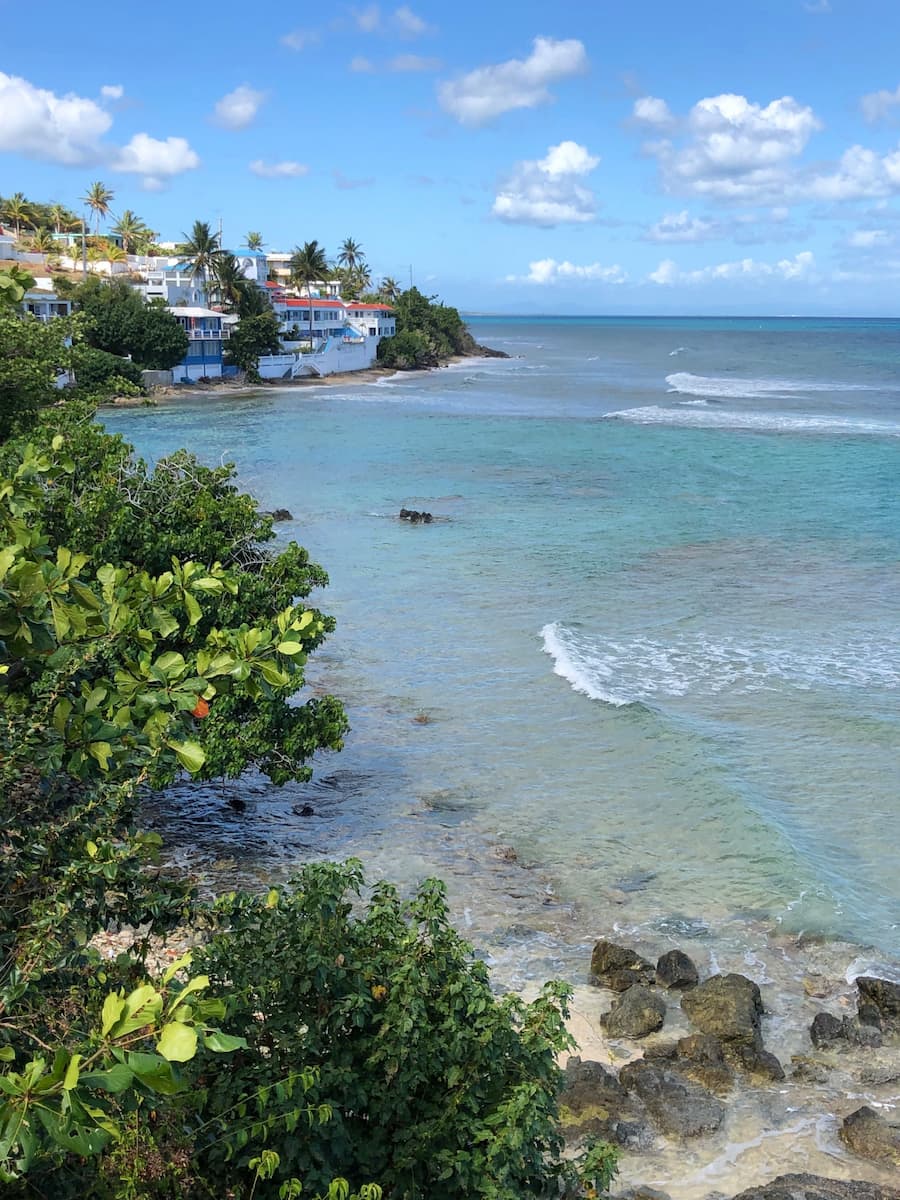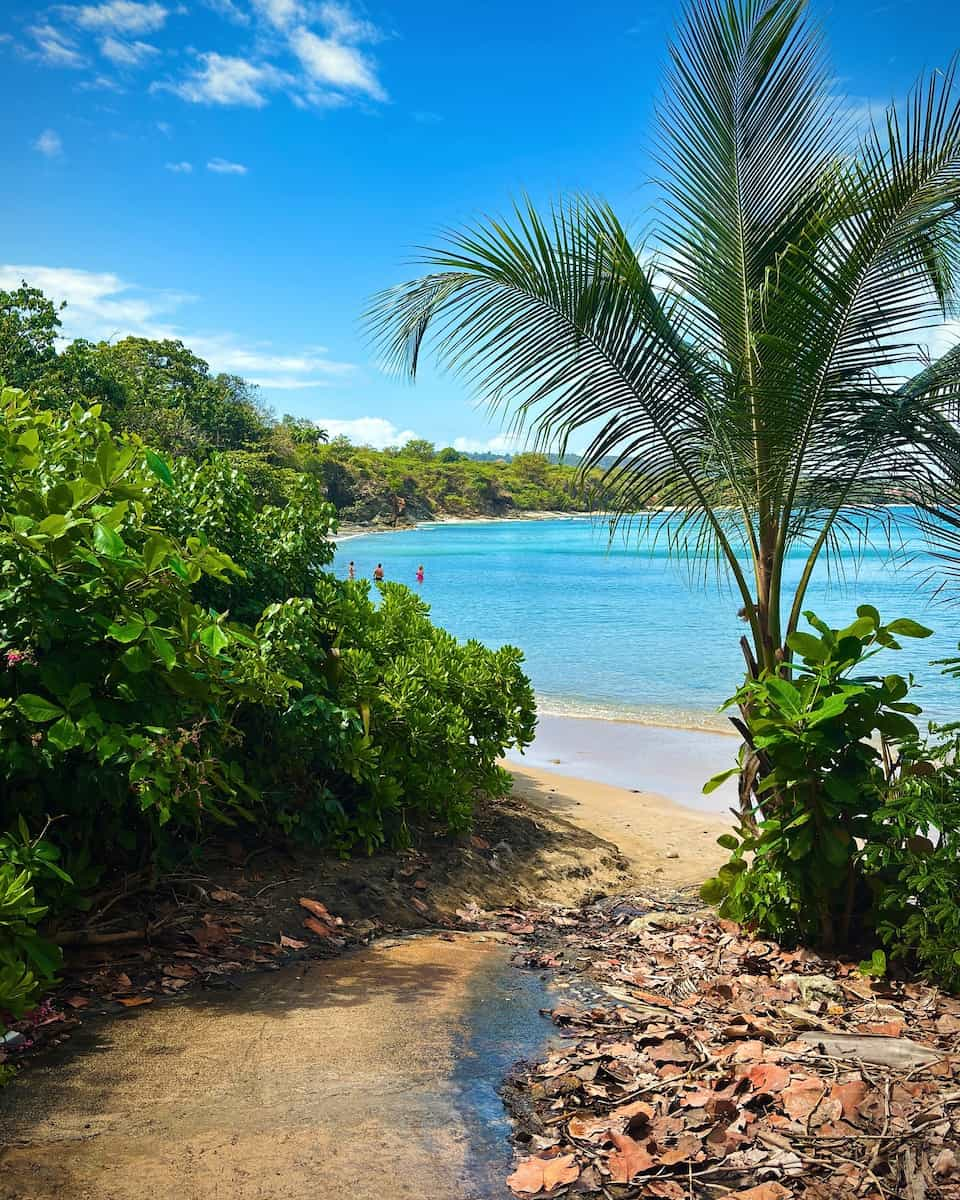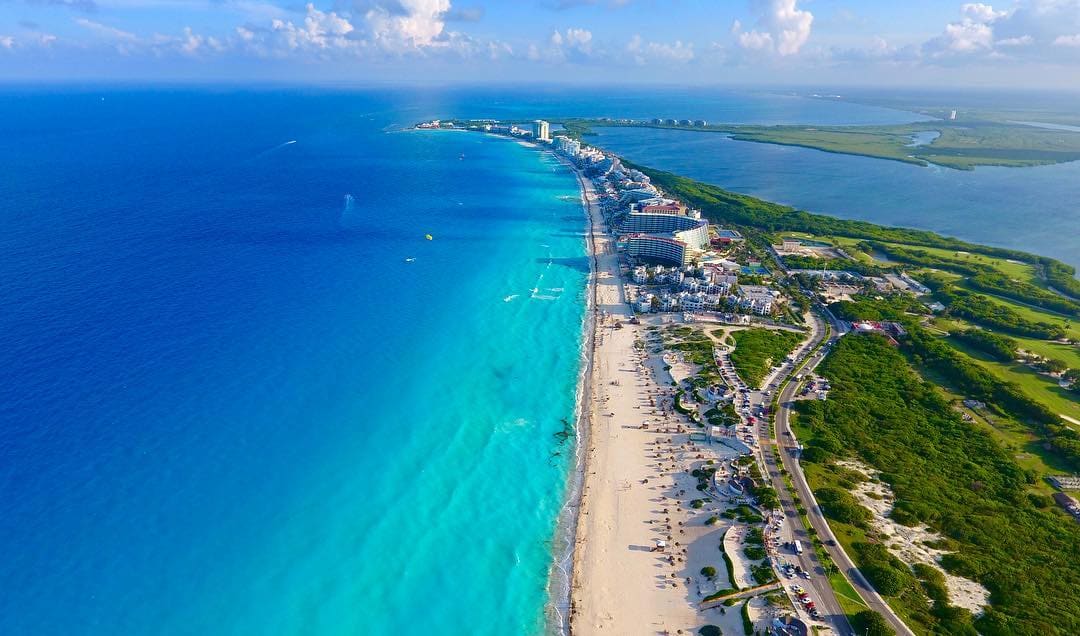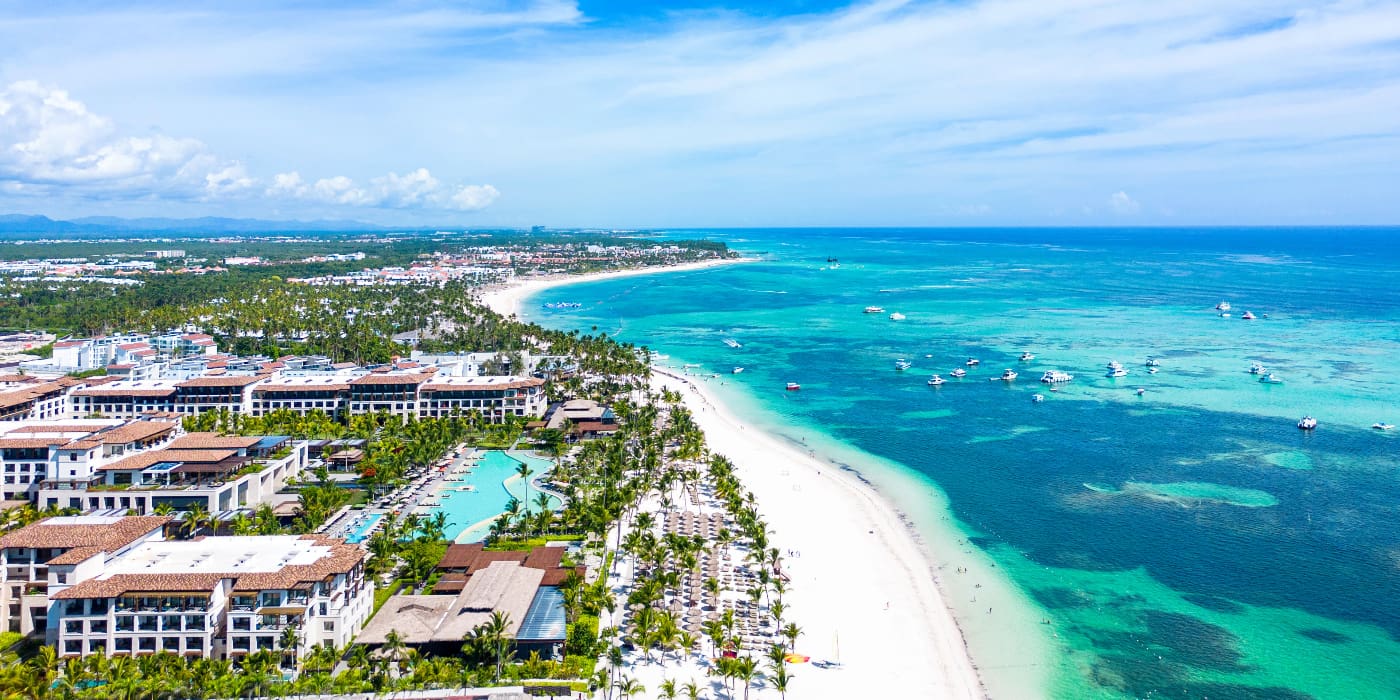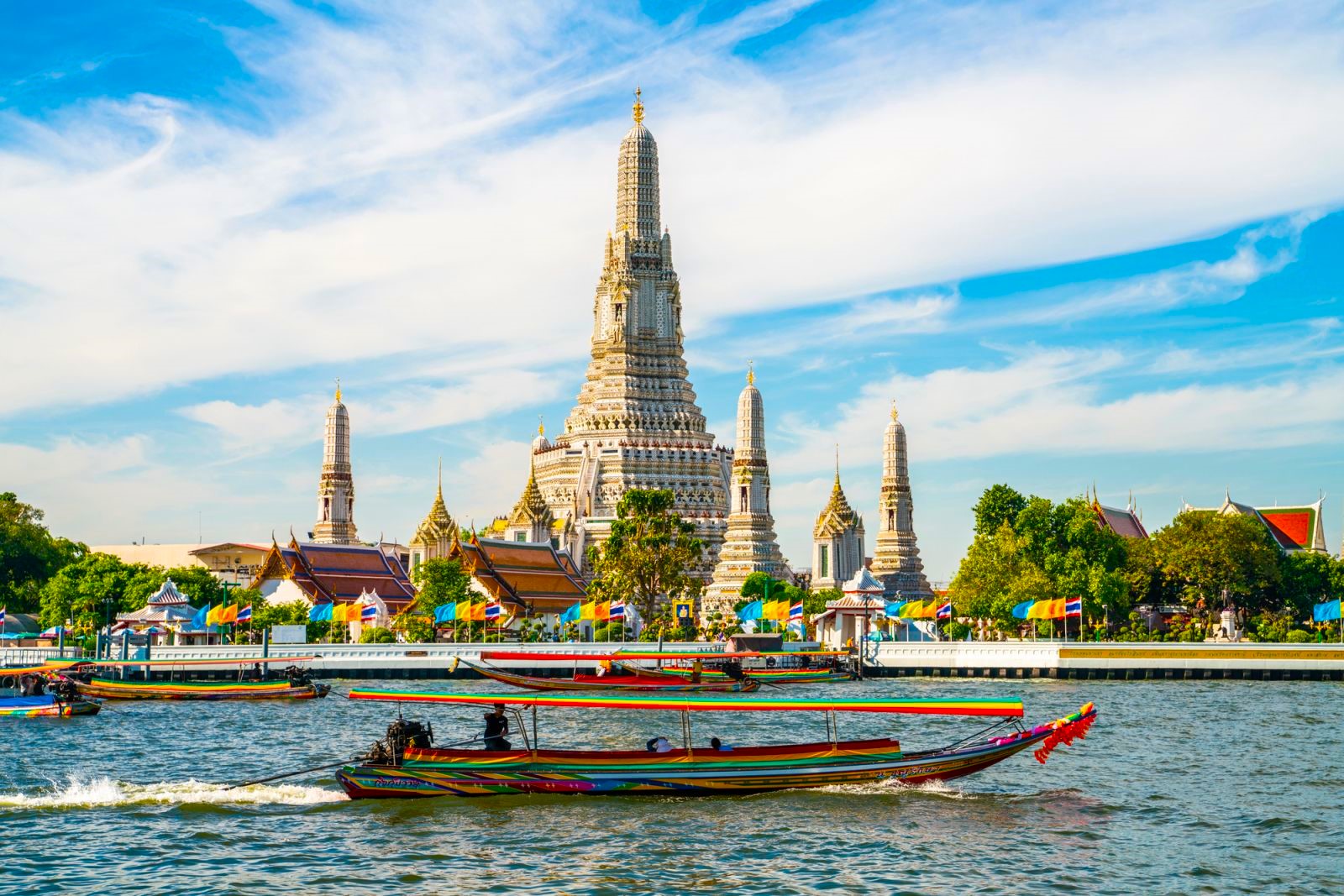Puerto Rico is full of exciting places and amazing adventures. Whether you love nature, history, or just relaxing on the beach, there is something here for everyone.
In this guide, I will show you the very best things to do across the island. Keep reading to find out how you can make the most of your trip and discover some hidden gems along the way!
🏠 Where to Stay in Puerto Rico
- 💎 Luxury Hotel: Wyndham Grand Rio Mar Rainforest Beach and Golf Resort, Rio Grande
- ✨ 5-Star: Condado Vanderbilt Hotel, San Juan
- 🏨 4-Star: Hyatt Vacation Club at Hacienda del Mar, Dorado
- 🛏️ 3-Star: Comfort Inn & Suites, Levittown
- 💸 Cheap: Serenity Rincon Guesthouse, Rincon
- 🏢 Apartment: Pearl of the East in Ceiba with Ocean View and Private Rooftop, Santa Maria
- 👨👩👧👦 For Families: Hilton Ponce Golf & Casino Resort, Ponce
- 🏩 For Couples: Holiday Inn Mayaguez & Tropical Casino by IHG, Mayaguez
💁 Best Guided Tours
- Mixology Class at Casa BACARDÍ in Puerto Rico from € 89 (⭐4.8/5)
- Puerto Rico Luxury Catamaran Experience with Drinks and Lunch from € 120 (⭐4.9/5)
- San Juan Casa Bacardi Rum Tasting Tour from € 89 (⭐4.7/5)
- Tobias Icacos Half Day Tour from € 75 (⭐4.8/5)
Best Things To Do in Puerto Rico
1. El Yunque National Forest
Rainforest magic. El Yunque is the only tropical rainforest in the U.S. National Forest System, and I was immediately struck by its lush greenery and misty mountain peaks. The forest covers 29,000 acres with hiking trails ranging from easy walks to challenging treks through diverse ecosystems.
Waterfall adventures. During my visit, I hiked to La Mina Falls where the refreshing 85°F water provided perfect relief from Puerto Rico’s humidity. My favorite trail was the Big Tree Trail (La Coca Trail) which takes about 30-45 minutes each way and rewards you with spectacular waterfall views.
Practical tips. Entry costs $2 per person (free for children under 16), but you must make reservations online through Recreation.gov. The La Coca entrance is located about 45 minutes from San Juan in Rio Grande. Bring water shoes for crossing streams and pack a light raincoat – they don’t call it a rainforest for nothing!
| Trail Name | Difficulty | Length | Features |
|---|---|---|---|
| Big Tree Trail | Moderate | 0.7 miles | La Mina Falls |
| El Yunque Trail | Difficult | 2.6 miles | Mountain peak views |
| Angelito Trail | Easy | 0.4 miles | Natural swimming pool |
⭐ Best Activities
- El Yunque Rainforest, Waterslides, and Beach Tour with Transport – Experience Puerto Rico’s natural beauty with this full-day adventure combining a moderate walk through the National Forest, natural waterslides at Las Paylas, and relaxation time at Luquillo Beach with convenient pickup from San Juan.
2. Flamenco Beach (Culebra)
Paradise found. Flamenco Beach on Culebra Island consistently ranks among the world’s best beaches, and I can confirm it lives up to the hype. The horseshoe-shaped bay features powdery white sand that feels like silk between your toes and crystal-clear turquoise waters that remain calm year-round.
Iconic tanks. One of the most photographed spots on the beach is the rusting military tank left from when the U.S. Navy used the island for training exercises. Now painted with colorful graffiti, these tanks create a fascinating contrast against the pristine natural backdrop.
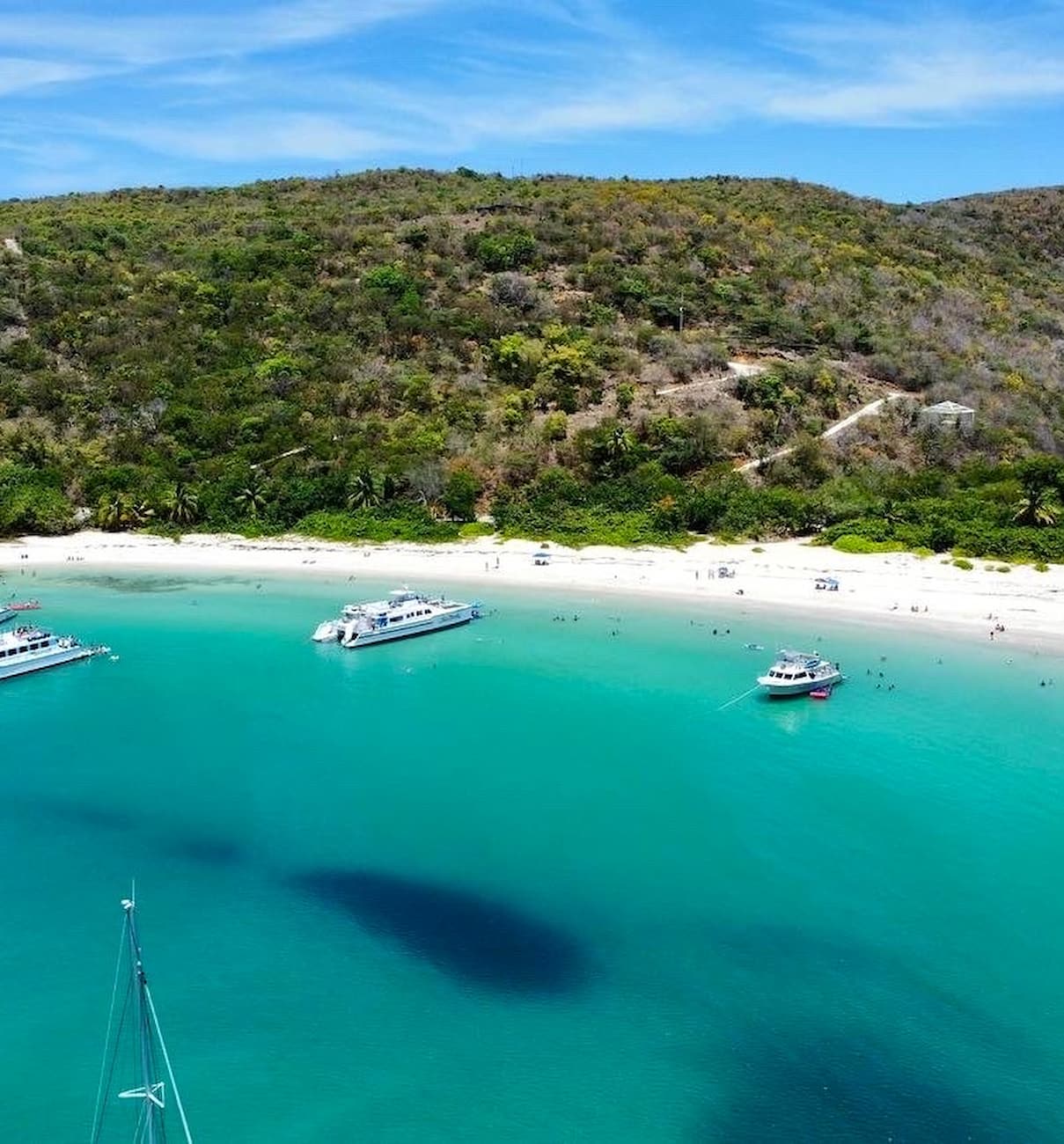
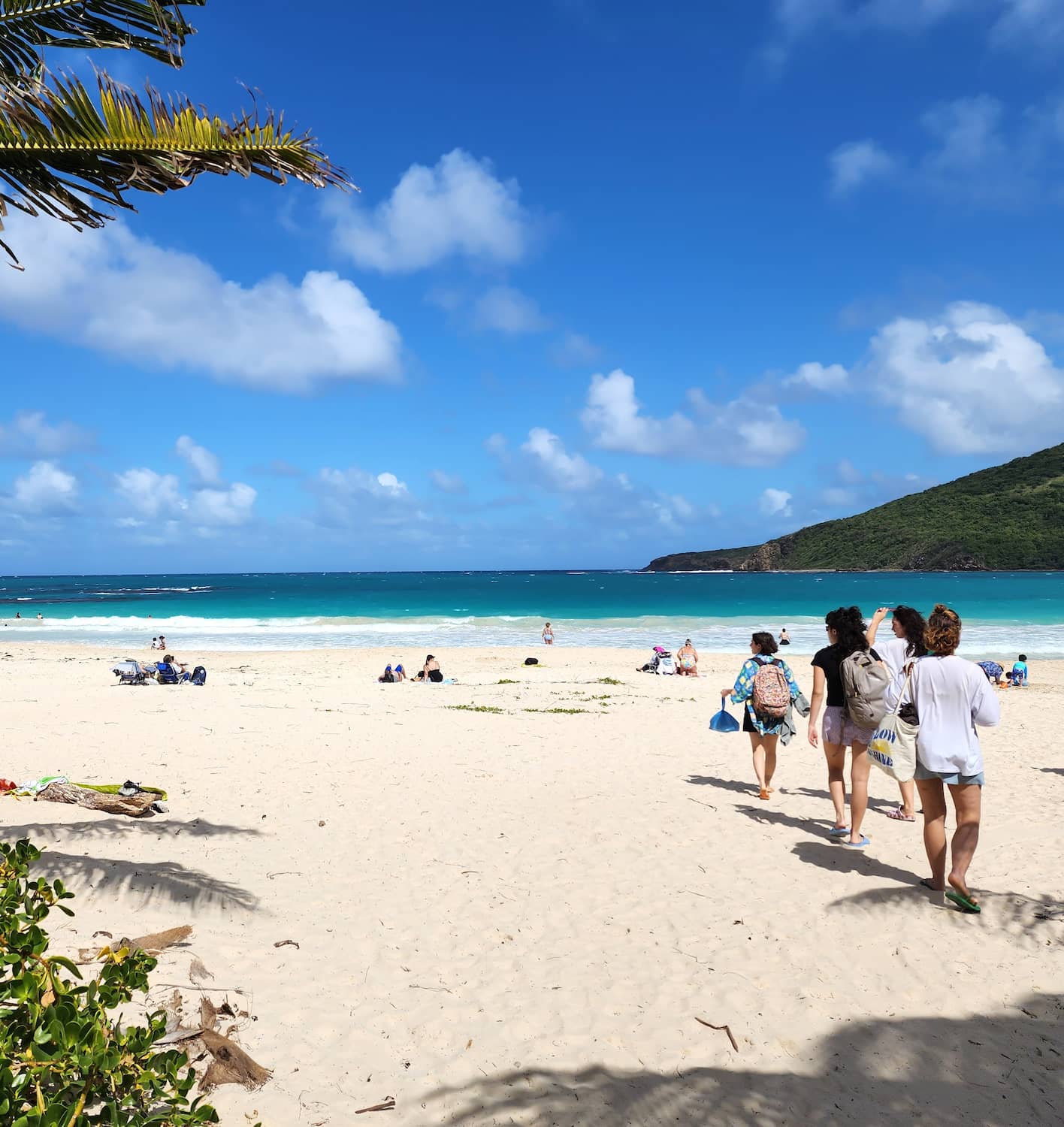
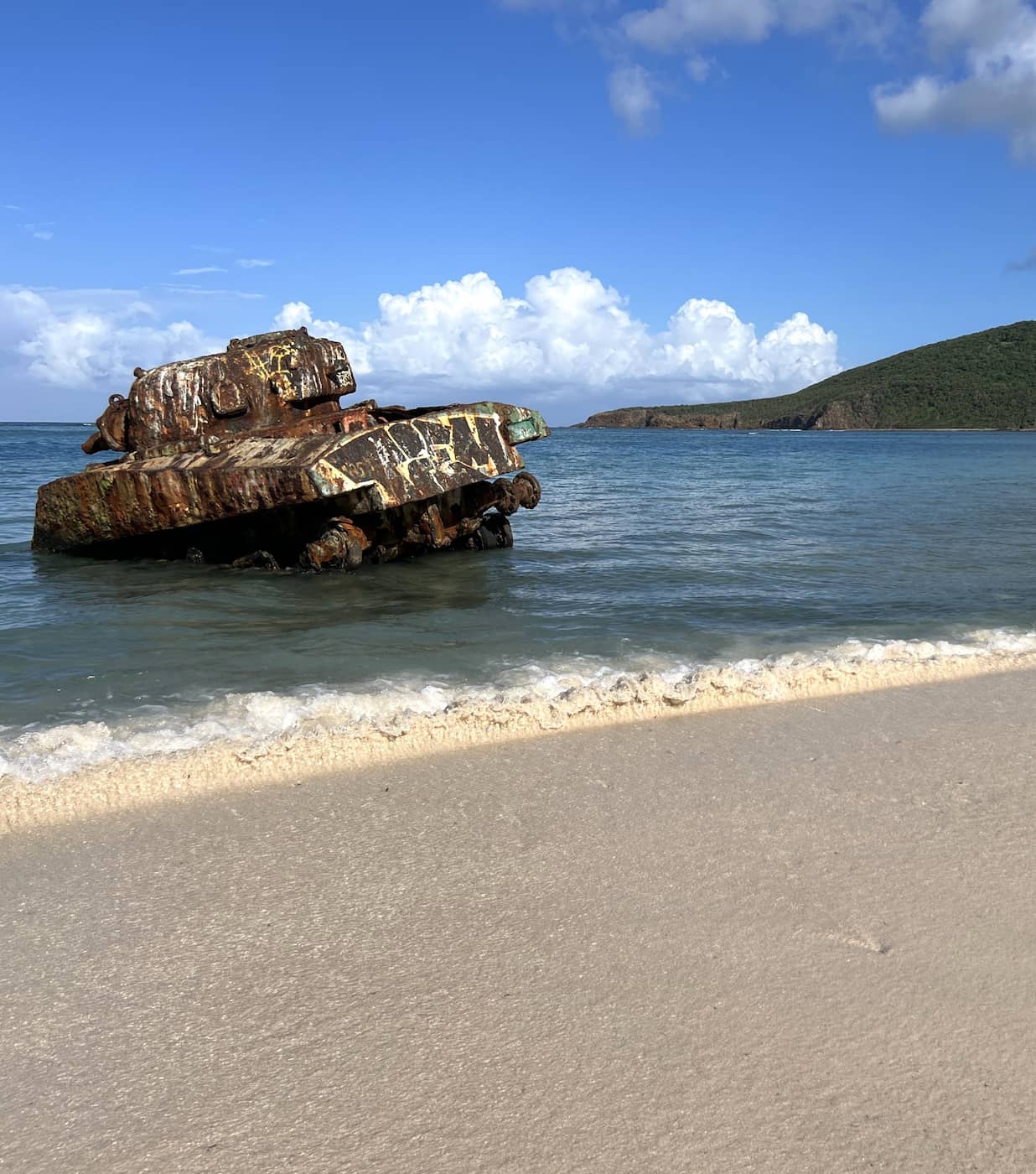
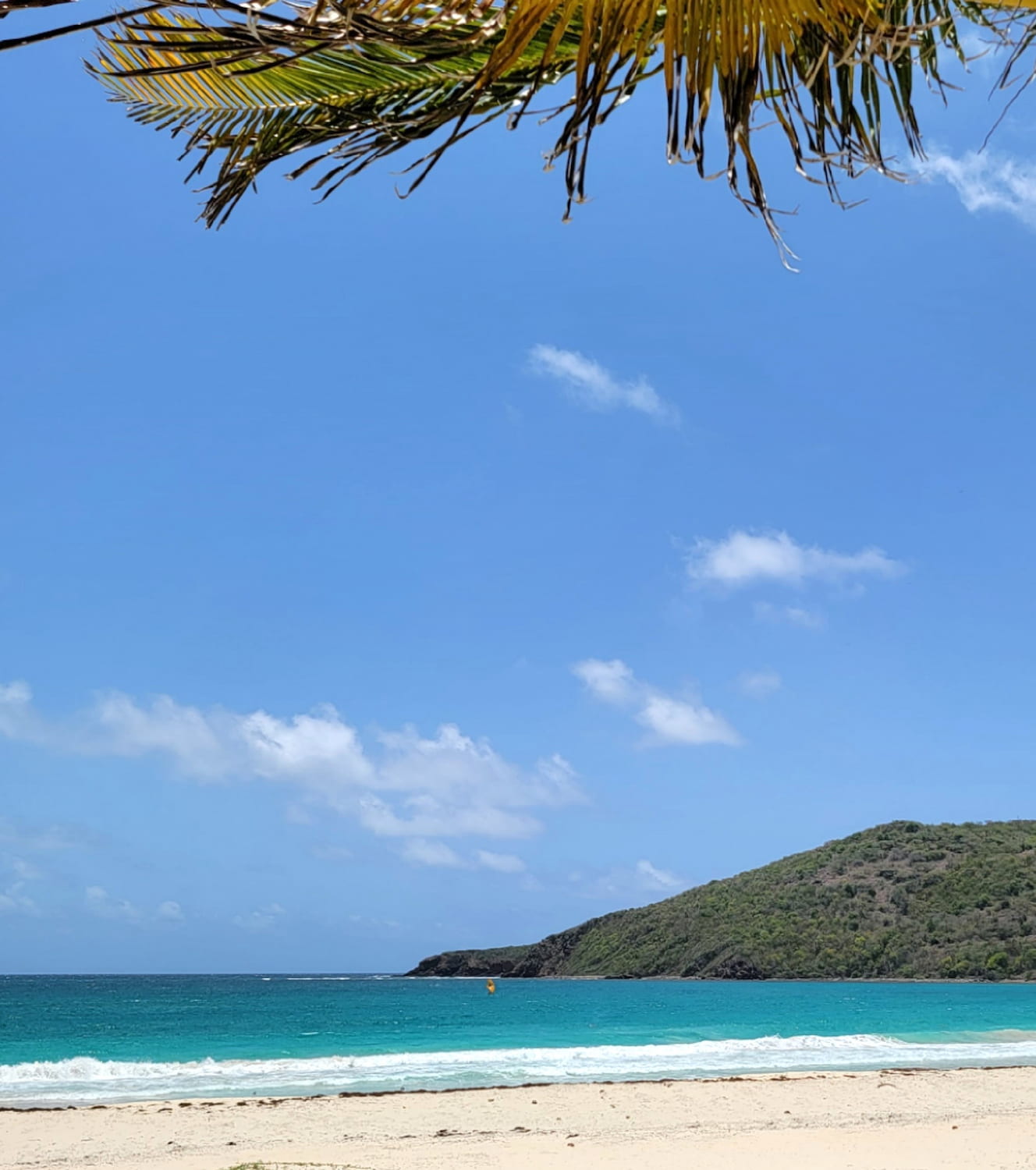
Getting there. I took the ferry from Ceiba ($2.25 one-way) which takes about 45 minutes, though you can also fly from San Juan ($95 round-trip) if you’re short on time. The journey is absolutely worth it for what awaits you on arrival.
Beach essentials. Food kiosks line the entrance to the beach, selling everything from fresh seafood to piña coladas served in pineapples ($8-15). Bring cash as most vendors don’t accept cards, and consider renting beach chairs ($5) and umbrellas ($10) for the day.
- What to bring to Flamenco Beach:
- Reef-safe sunscreen
- Snorkeling gear (or rent for $10)
- Cash for kiosks and rentals
- Reusable water bottle
⭐ Best Activities
- Culebra Swim with Turtles Adventure and Flamenco Beach by Ferry – Escape to paradise on this well-organized day trip to Culebra Island where you’ll snorkel alongside sea turtles at Tamarindo Beach before relaxing on the pristine white sands of world-famous Flamenco Beach.
3. Bioluminescent Bay (Fajardo, Vieques, La Parguera)
Glowing waters. Puerto Rico boasts three of the world’s five bioluminescent bays, with Mosquito Bay in Vieques being the brightest. I paddled through the dark waters at night and watched in amazement as each stroke of my kayak created a magical blue glow from the microscopic dinoflagellates.
Best experience. The most spectacular display happens during the new moon when the sky is darkest. I visited Laguna Grande in Fajardo, where the narrow mangrove canals open up to a lagoon that sparkles like the night sky when disturbed.
Tour options. Clear-bottom kayak tours provide the best viewing experience and typically cost between $48-65 per person. Most tours last about 2 hours and include transportation from meeting points in Fajardo, Vieques, or La Parguera.
Photography tips. Capturing this phenomenon is tricky! Most phone cameras won’t do it justice, but some tour operators offer professional photos for purchase ($15-25). My advice is to put the camera away and fully immerse yourself in this once-in-a-lifetime experience.
| Location | Best For | Tour Price | Brightness Level |
|---|---|---|---|
| Mosquito Bay (Vieques) | Brightest experience | $60 | Exceptional |
| Laguna Grande (Fajardo) | Accessibility from San Juan | $48 | Very good |
| La Parguera | Swimming allowed | $55 | Good |
⭐ Best Activities
- Bioluminescent Bay Kayaking Tour in Laguna Grande – Paddle through mystical mangrove channels to witness the magical bioluminescent waters of Laguna Grande, where microscopic plankton create an otherworldly glowing spectacle that illuminates with every movement.
4. Castillo San Felipe del Morro
Historic fortress. Perched dramatically on San Juan’s northwestern tip, El Morro has guarded the city since 1539. I spent hours exploring its six levels of ramparts, dungeons, barracks, and outposts that tell the story of Puerto Rico’s strategic importance throughout Caribbean history.
Architectural marvel. The fortress walls are up to 18 feet thick and 140 feet high in places, designed to withstand attacks from both land and sea. Walking through the garitas (sentry boxes) that dot the walls offered me spectacular views of the Atlantic Ocean.
Visitor experience. Entrance costs $10 for adults (valid for both El Morro and Castillo San Cristobal for 24 hours). The National Park Service offers informative ranger talks throughout the day, which I found added tremendous value to my visit.
- Best Times to Visit El Morro:
- Early morning (8-10am) to avoid crowds
- Late afternoon for golden light on the walls
- Weekdays rather than weekends
- During the San Sebastián Street Festival (January)
⭐ Best Activities
- Old San Juan and El Morro Castle Walking Tour – Explore 500 years of colonial history on this comprehensive walking tour of Old San Juan’s UNESCO World Heritage sites, including El Morro Fort, San Juan Cathedral, and the historic city gate with a knowledgeable local guide.
5. Castillo San Cristobal
Sister fortress. While El Morro protected San Juan from sea attacks, Castillo San Cristobal defended against land invasions. I found it equally impressive but less crowded, with its massive 27-acre complex making it the largest Spanish fort in the New World.
Military innovation. The fort features the first designated firing range in the Americas and an intricate system of tunnels designed to allow soldiers to move safely during sieges. My favorite discovery was the “Devil’s Sentry Box” (La Garita del Diablo) with its mysterious legends.
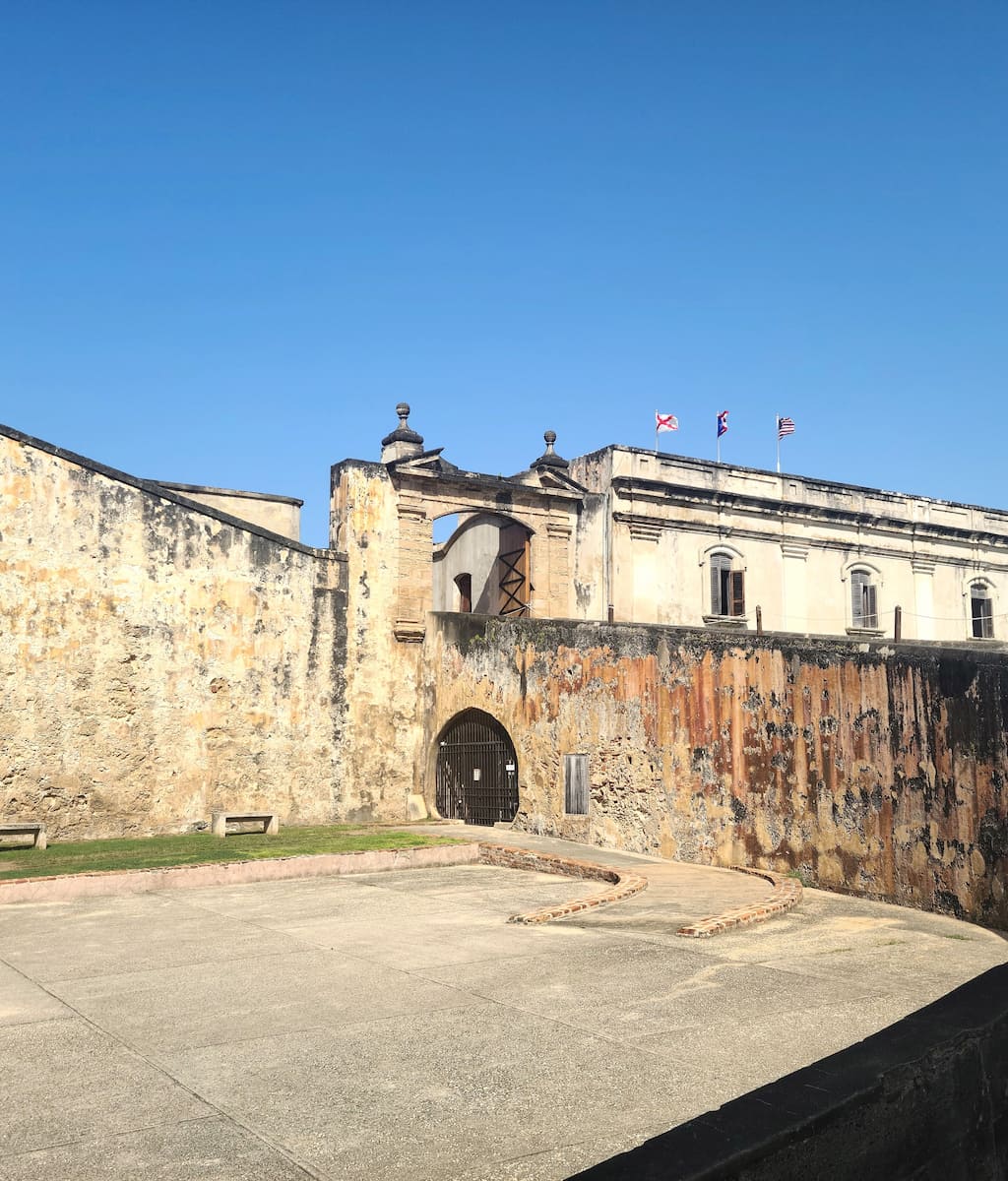
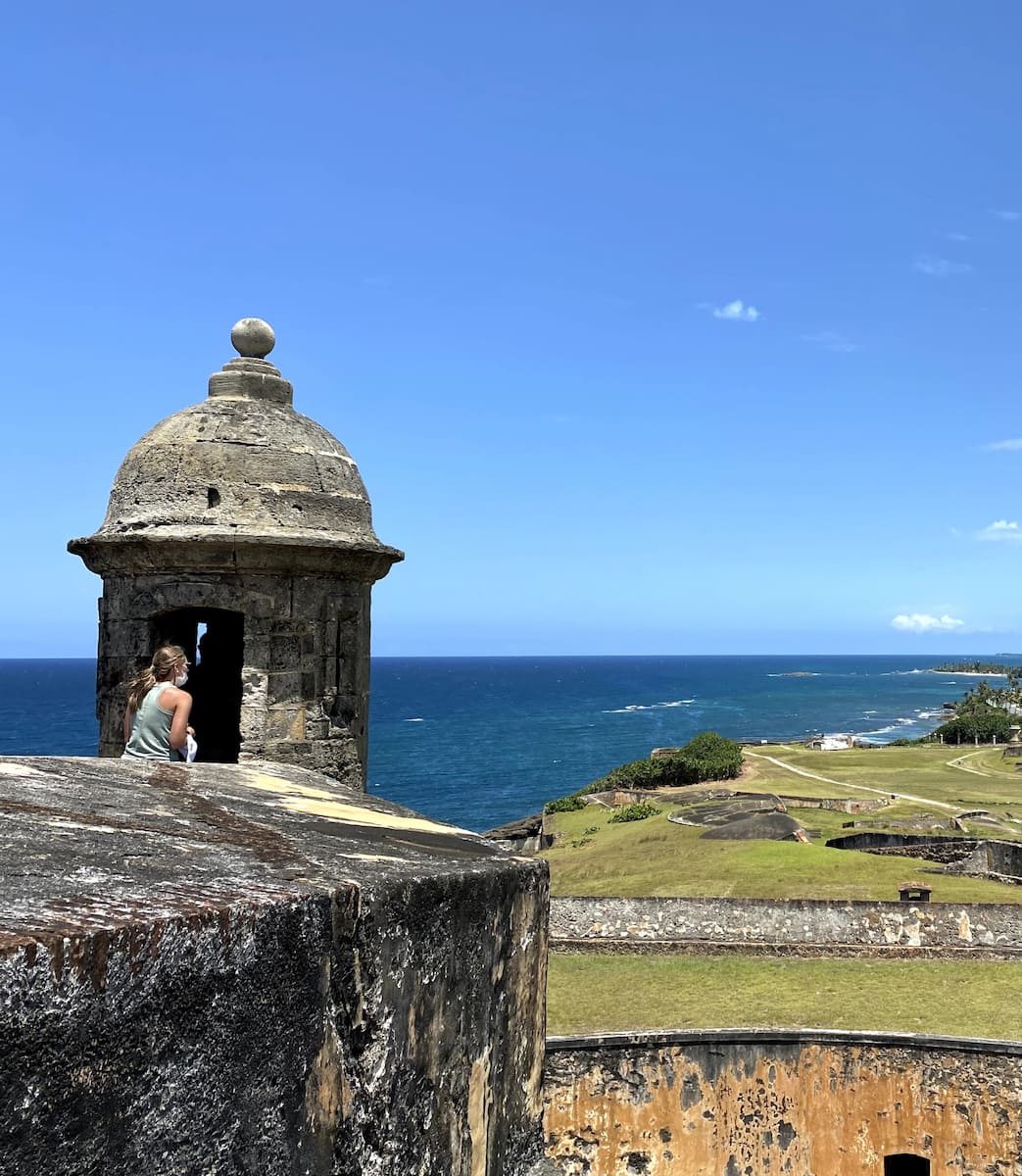
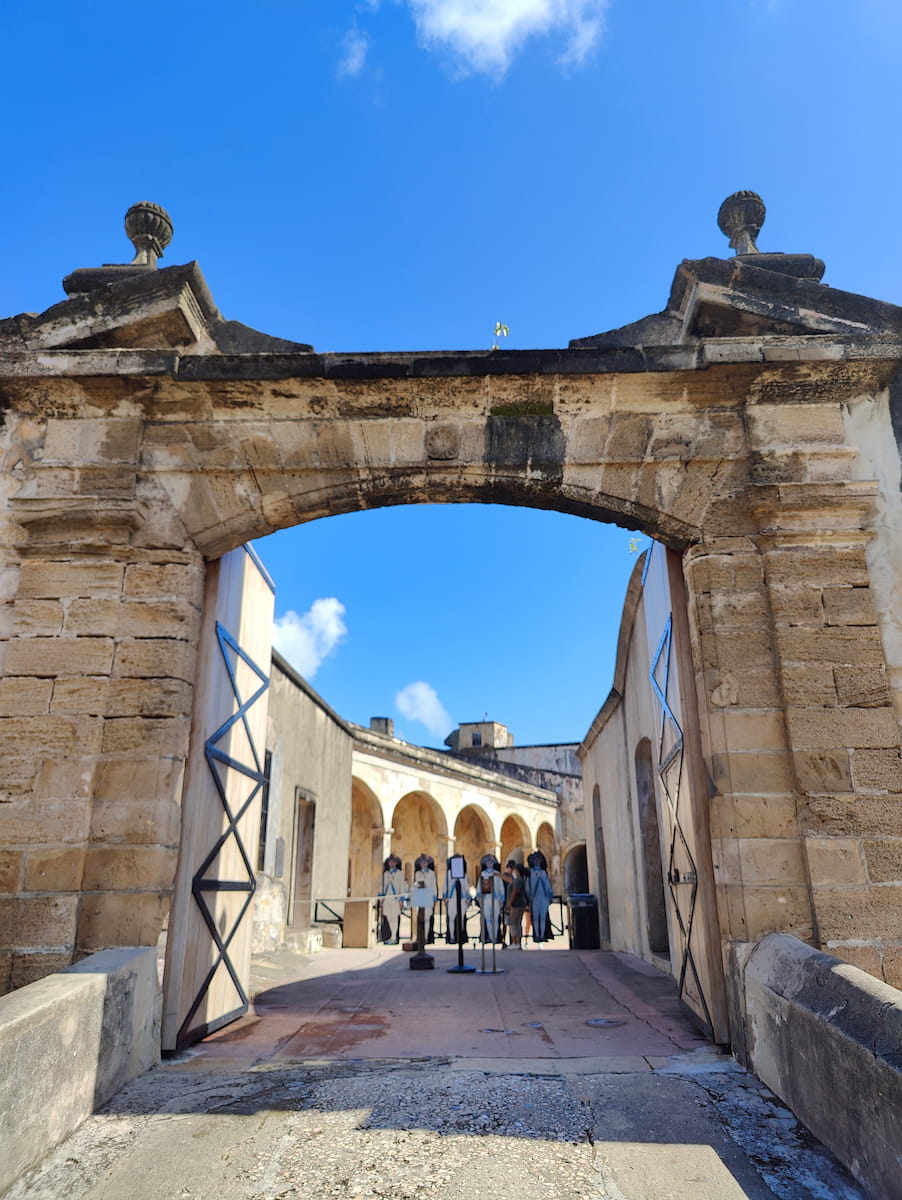
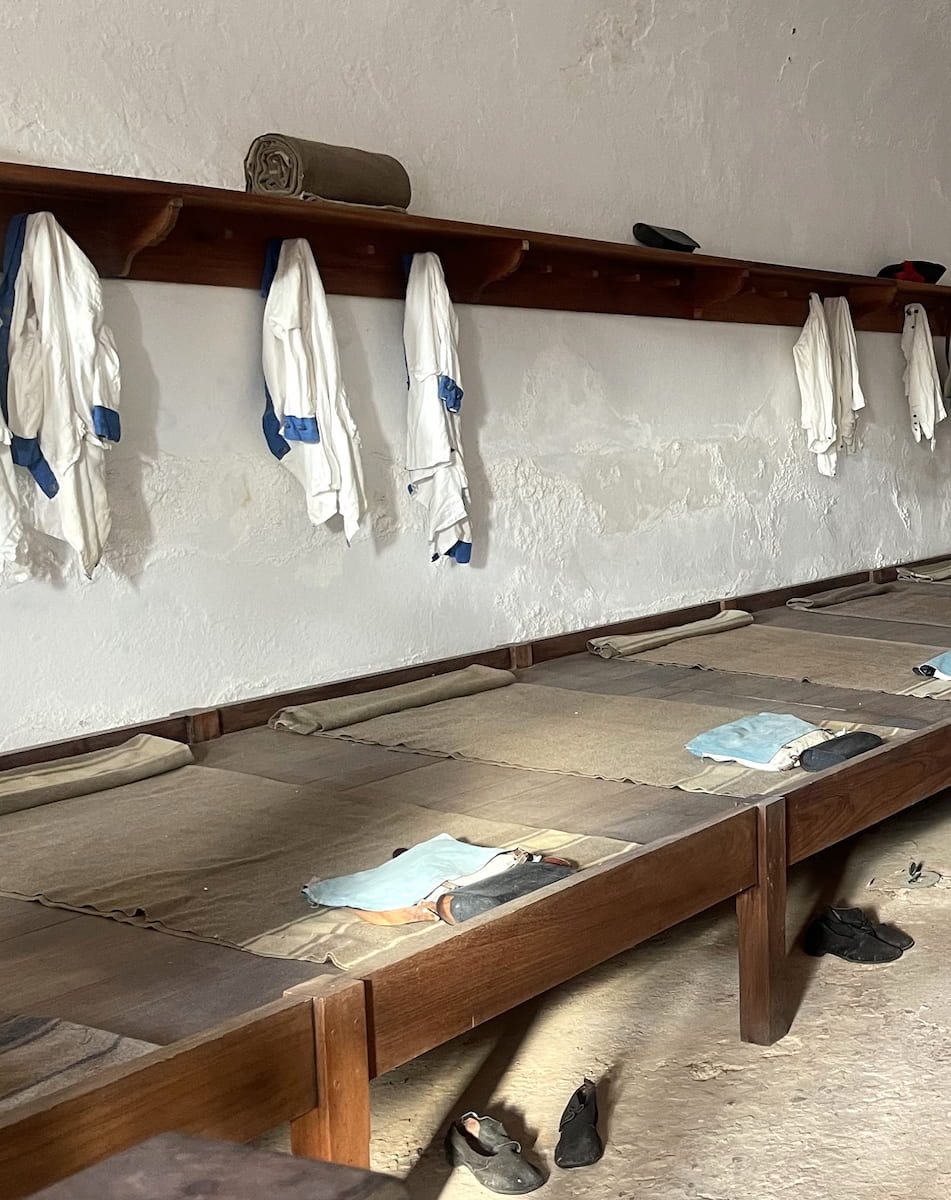
Panoramic views. From the upper levels, I enjoyed the most comprehensive views of Old San Juan, modern San Juan, and the coastline. The observation deck is perfect for photography enthusiasts looking to capture the contrast between historic and contemporary Puerto Rico.
Historical significance. Built between 1634 and 1790, the fort witnessed the 1797 attack by Sir Ralph Abercromby’s British forces and the 1898 Spanish-American War. The informative exhibits inside showcase military artifacts and explain how the fort’s design evolved over centuries.
- Interesting Features at Castillo San Cristobal:
- The dungeon with prisoner drawings from the 18th century
- Original Spanish cannons still positioned along the walls
- The restored soldiers’ quarters with period furnishings
- The hidden tunnel system (partial access during special tours)
⭐ Best Activities
- Old San Juan and San Cristobal Castle Walking Tour – Step back in time with this unique walking tour that includes admission to the impressive San Cristobal Castle, offering panoramic views and fascinating insights into Puerto Rico’s military past.
6. Bacardi Rum Distillery
Rum capital. Located in Cataño just across the bay from Old San Juan, Casa Bacardi is the largest premium rum distillery in the world. I took the ferry from Old San Juan ($1 each way) and then a short taxi ride ($10) to reach this iconic attraction.
Production process. Seeing the massive fermentation tanks and aging barrels gave me a new appreciation for the craft behind rum production. The guide explained how Bacardi’s unique charcoal filtering and white oak barrel aging create their signature smooth taste.
Visitor center. The beautiful art deco building houses interactive exhibits on Bacardi’s history since 1862, including their exile from Cuba and relocation to Puerto Rico. Don’t miss the bat-shaped tasting pavilion where you can sample limited edition rums not available elsewhere.
⭐ Best Activities
- Bacardi Rum Factory & Old San Juan Forts Tour – Combine two essential local experiences in one day: tour the world’s largest rum distillery with tastings at Casa Bacardi, then explore Old San Juan’s historic forts and colonial architecture.
7. Toro Verde Adventure Park
Adrenaline rush. Located in Orocovis in central Puerto Rico, Toro Verde Adventure Park offers heart-pounding zipline experiences across lush mountain valleys. I conquered “El Monstruo” (The Monster), one of the world’s longest ziplines at 2.5 kilometers, reaching speeds of 95 mph.
Breathtaking views. Soaring 1,200 feet above the forest canopy provided me with unparalleled views of Puerto Rico’s mountainous interior. The park’s location in the Cordillera Central mountain range means you’ll enjoy cooler temperatures than on the coast.
Beyond ziplining. The park offers eight different adventure activities including suspension bridges, rappelling, and the “The Beast” – a face-down superman-style zipline that truly makes you feel like you’re flying. Prices range from $125 for a basic package to $175 for the complete adventure.
Practical advice. Reserve at least half a day for your visit and wear comfortable closed-toe shoes. I recommend arriving early (they open at 8am) to avoid afternoon rain showers that are common in the mountains and can cause delays or closures.
What to Know Before Visiting Toro Verde:
-
- Minimum weight requirement: 100 lbs
- Maximum weight limit: 300 lbs
- Reservations strongly recommended
- Located about 1.5 hours from San Juan
⭐ Best Activities
- The Monster Zipline Experience in Puerto Rico – Feel the adrenaline rush as you soar through the lush canopy of Puerto Rico on this thrilling zipline adventure featuring spectacular views of the island’s diverse landscape.
8. Cueva del Indio
Ancient wonders. Located near Arecibo on Puerto Rico’s north coast, Cueva del Indio (Indian Cave) features pre-Columbian petroglyphs carved by the indigenous people. I was mesmerized by these 800-year-old stone carvings depicting human and animal figures.
Natural formation. The cave itself is a marvel of limestone erosion, with dramatic arches and openings created by centuries of crashing Atlantic waves. The roof has partially collapsed, allowing sunlight to stream in and create an otherworldly atmosphere.

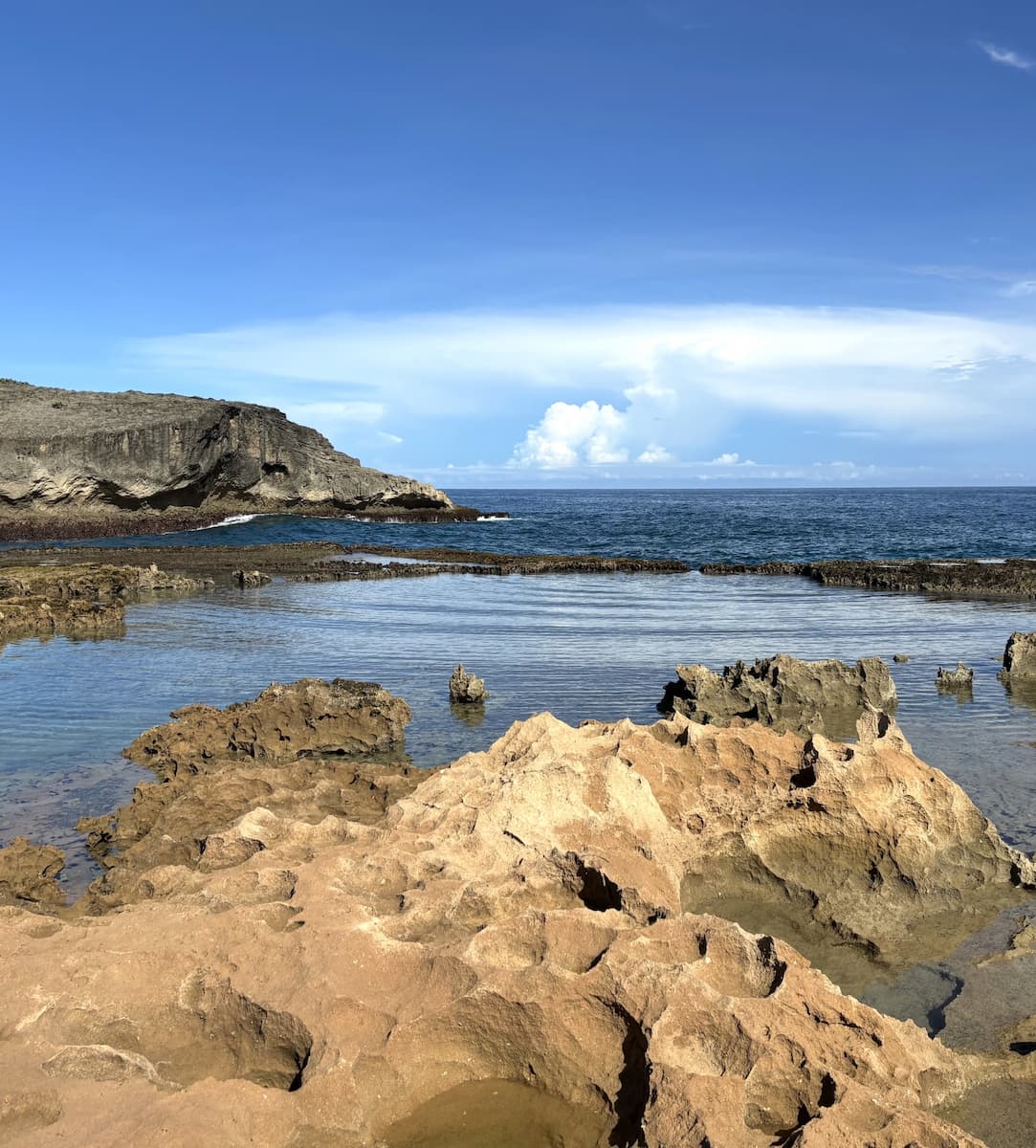
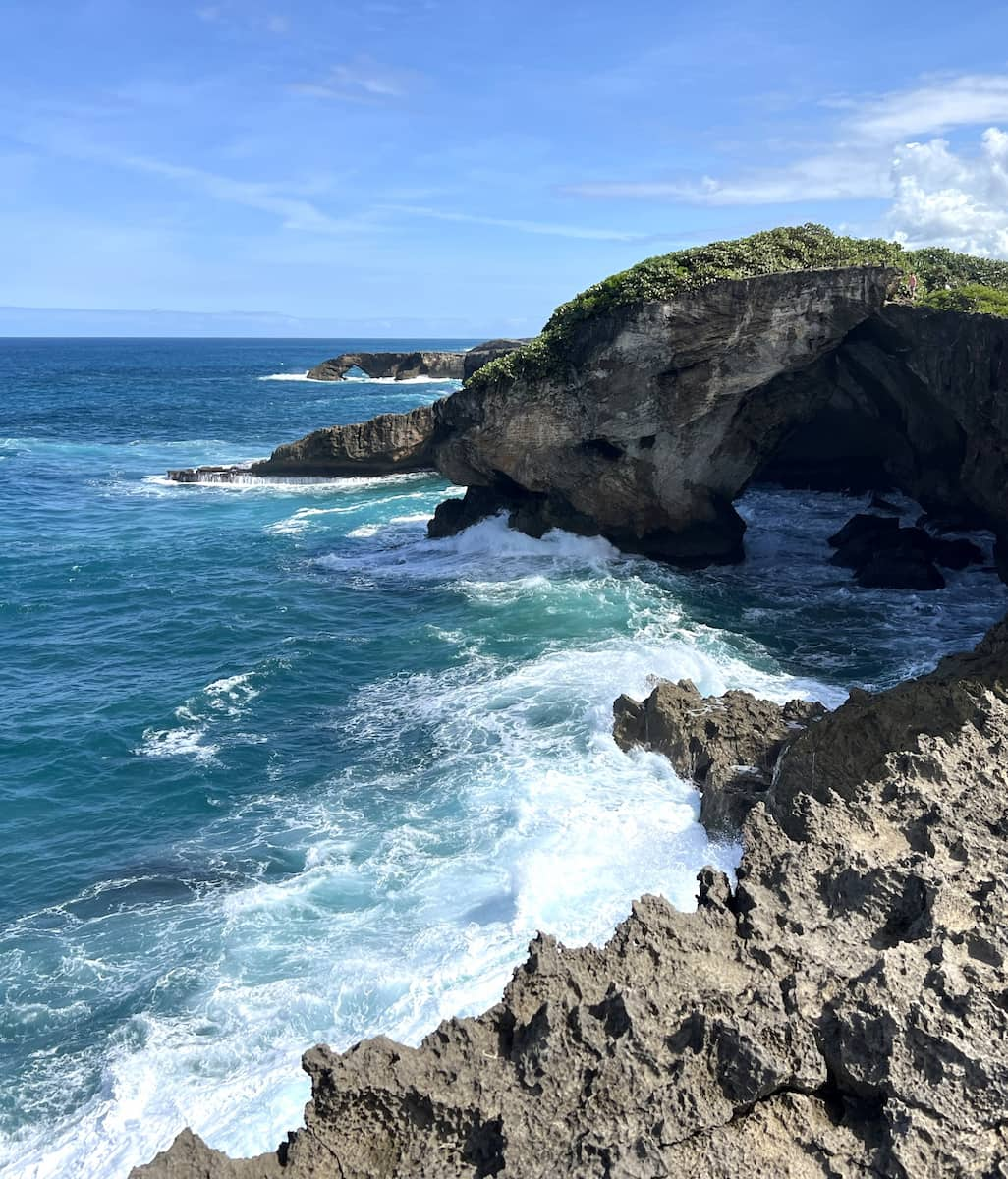
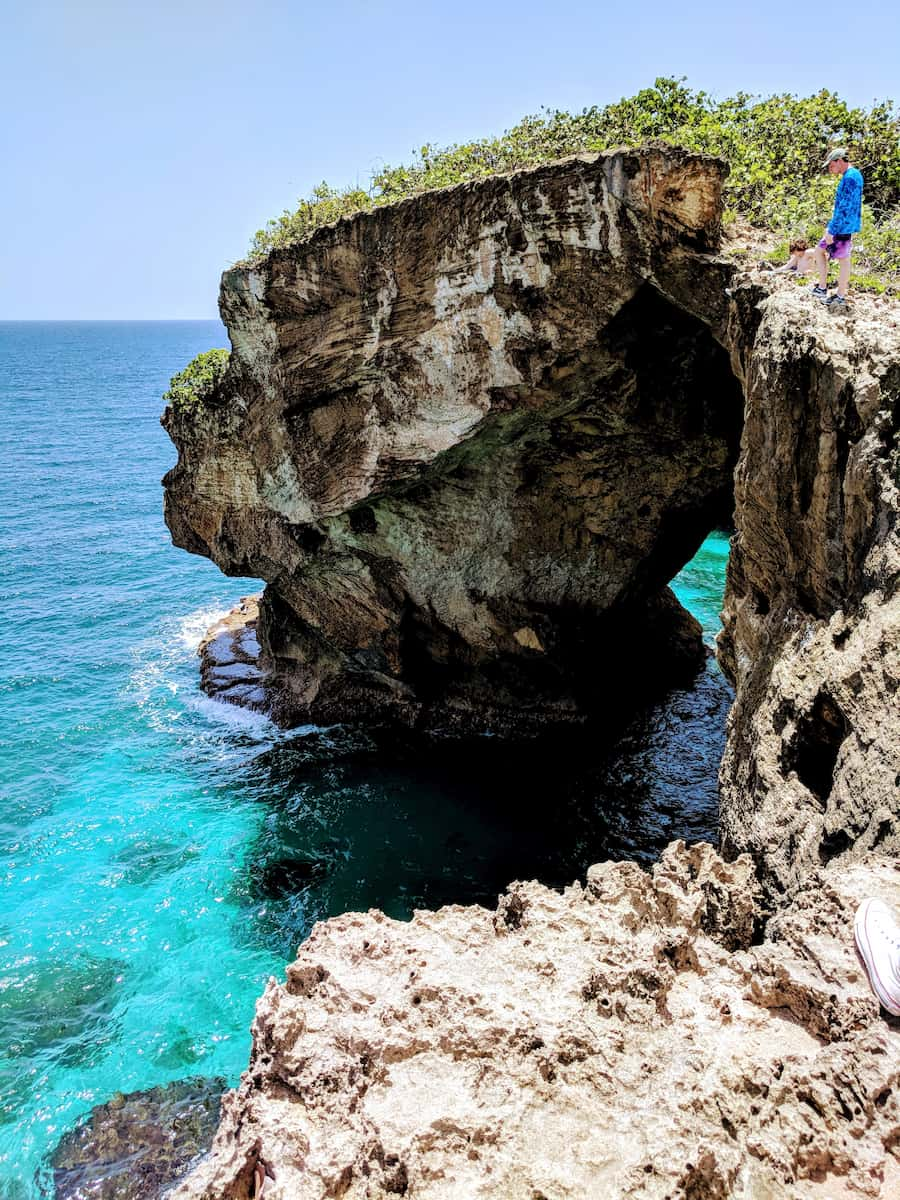
Adventure access. Reaching the cave requires a short but somewhat challenging hike over rocky terrain, followed by descending a metal ladder into the main chamber. The $5 entrance fee (cash only) is collected by the private landowner at the parking area.
Movie location. Film buffs might recognize this site from movies like “Pirates of the Caribbean: On Stranger Tides.” Standing where Hollywood stars once filmed added an extra layer of excitement to my visit to this already magical place.
- Best Times to Visit Cueva del Indio:
- Low tide (check tide charts before visiting)
- Early morning for fewer crowds
- Clear days for better lighting inside the cave
- Weekdays rather than weekends
⭐ Best Activities
- Cueva del Indio and Charco Azul Cave and Waterfall Full-Day Adventure – Discover Puerto Rico’s hidden natural wonders on this full-day excursion to the ancient Indian Cave with its petroglyphs and the stunning blue waters of Charco Azul.
9. Museo de Arte de Puerto Rico
Cultural treasure. This world-class museum houses the largest collection of art spanning from the 17th century to contemporary works. I spent hours admiring everything from colonial religious paintings to cutting-edge installations by today’s leading artists.
Architectural gem. The museum itself is a masterpiece, housed in a beautifully restored 1920s hospital building with a stunning five-story stained glass window in the grand hall. The $6 admission fee ($3 for students) makes this one of the best cultural values on the island.
Garden oasis. Don’t miss the 2.5-acre sculpture garden behind the main building, featuring native plants, water features, and large-scale artworks. I found this peaceful space to be the perfect place to reflect on the artwork I’d seen inside.
Interactive experiences. The museum offers excellent bilingual audio guides ($3) and hosts regular workshops, concerts, and film screenings. Check their calendar for special events like free admission days (usually the first Sunday of each month) and evening art parties.
| Floor | Collection | Highlights |
|---|---|---|
| 1st Floor | Temporary Exhibitions | Rotating international shows |
| 2nd Floor | Colonial to 1940s | Religious art, portraiture, landscapes |
| 3rd Floor | Modern & Contemporary | Abstract expressionism, political art |
| 4th Floor | Interactive Gallery | Hands-on activities for all ages |
⭐ Best Activities
- Insider's View of Local San Juan Walking Tour – Go beyond the typical tourist spots with this authentic walking tour that reveals San Juan through local eyes, showcasing hidden gems, cultural insights, and neighborhood stories.
10. Coffee Plantation Tour (Lares)
Mountain brew. Puerto Rico’s central mountains produce some of the world’s finest coffee, and Hacienda San Pedro in Lares offers the most comprehensive tour experience. I learned how the region’s high altitude, cool temperatures, and rich soil create the perfect growing conditions.
Farm to cup. The tour ($15) takes you through the entire process from seedling to roasting. I watched coffee cherries being harvested by hand, processed through water mills, and dried in the sun before being sorted, roasted, and ground into the aromatic brew I enjoyed afterward.

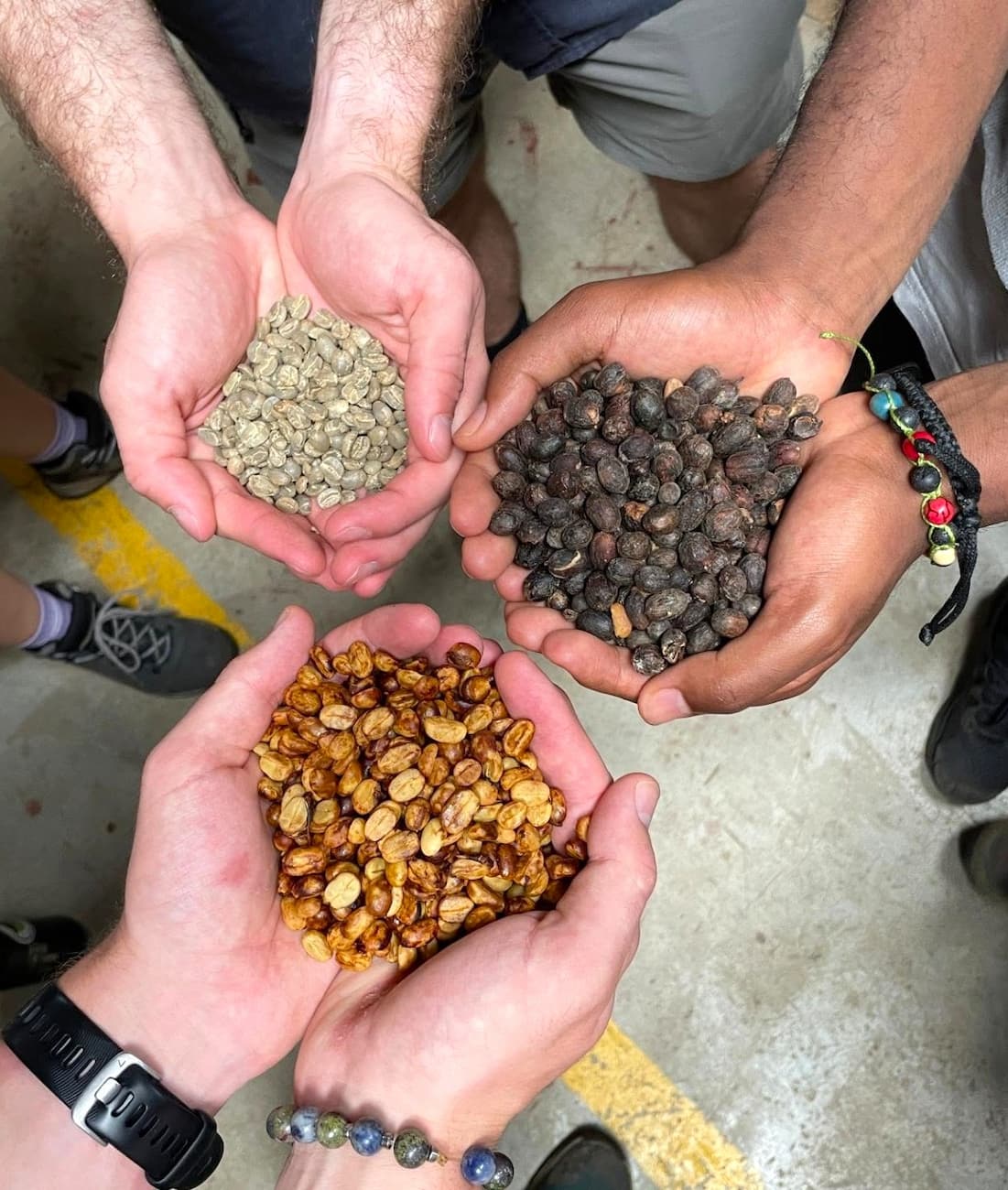

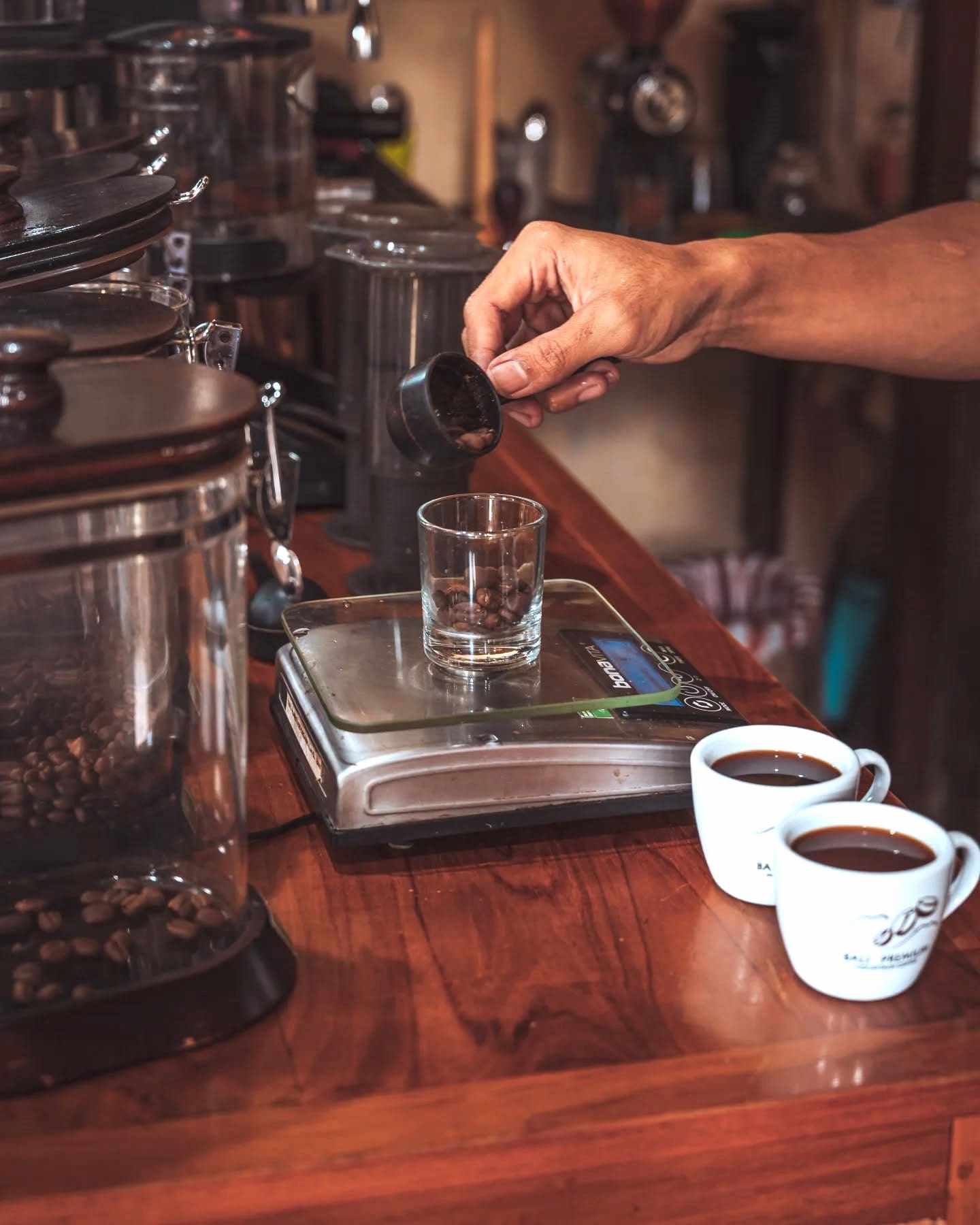
Tasting experience. The highlight was sampling different roasts in the hacienda’s charming café, where fifth-generation coffee farmers explained the subtle flavor notes in each cup. Their specialty coffee sells for $15-20 per pound and makes a perfect souvenir.
Historical significance. Coffee was once Puerto Rico’s primary export, and these family-owned plantations preserve traditional methods dating back to the 1800s. The old processing equipment and vintage photos throughout the hacienda tell the story of this important cultural heritage.
- What Makes Puerto Rican Coffee Special:
- Shade-grown under fruit trees for natural sweetness
- Hand-picked only when perfectly ripe
- Small-batch processing for quality control
- Arabica beans with complex flavor profiles
- Sustainable farming practices
⭐ Best Activities
- Coffee Plantation and River with Waterfalls in Puerto Rico – Experience the rich agricultural heritage of Puerto Rico with a visit to a working coffee plantation, followed by a refreshing swim in pristine river pools beneath cascading waterfalls.
11. Ocean Park Beach
Local favorite. Located between Condado and Isla Verde, Ocean Park Beach offers a more authentic experience than the hotel-lined tourist beaches. I spent a perfect afternoon watching locals play beach volleyball and families enjoying weekend picnics.
Water activities. The consistent Atlantic breeze makes this beach a hotspot for kitesurfing and windsurfing. Lessons start around $85 for beginners, while equipment rental costs about $40 per hour for those already experienced.
Beachfront dining. The area behind the beach features local-approved eateries like Pirilo Pizza Rústica, where I enjoyed a delicious pizza topped with local ingredients for $15, and Kasalta, the famous bakery where even President Obama once stopped for a sandwich.
Safety note. The waves here can be stronger than at other San Juan beaches, making it better for strong swimmers. I appreciated the lack of crowds compared to Condado and Isla Verde, though facilities are more limited (bring your own water and snacks).
| Beach Section | Best For | Wave Conditions | Facilities |
|---|---|---|---|
| North End | Kitesurfing | Stronger waves | Limited |
| Central | Sunbathing | Moderate | Some vendors |
| South End | Swimming | Calmer waters | Nearest to restaurants |
12. Santurce Street Art
Urban gallery. Santurce has transformed into Puerto Rico’s most vibrant arts district, with massive murals covering buildings throughout the neighborhood. I discovered the highest concentration along Calle Loíza and in the area known as Santurce es Ley.
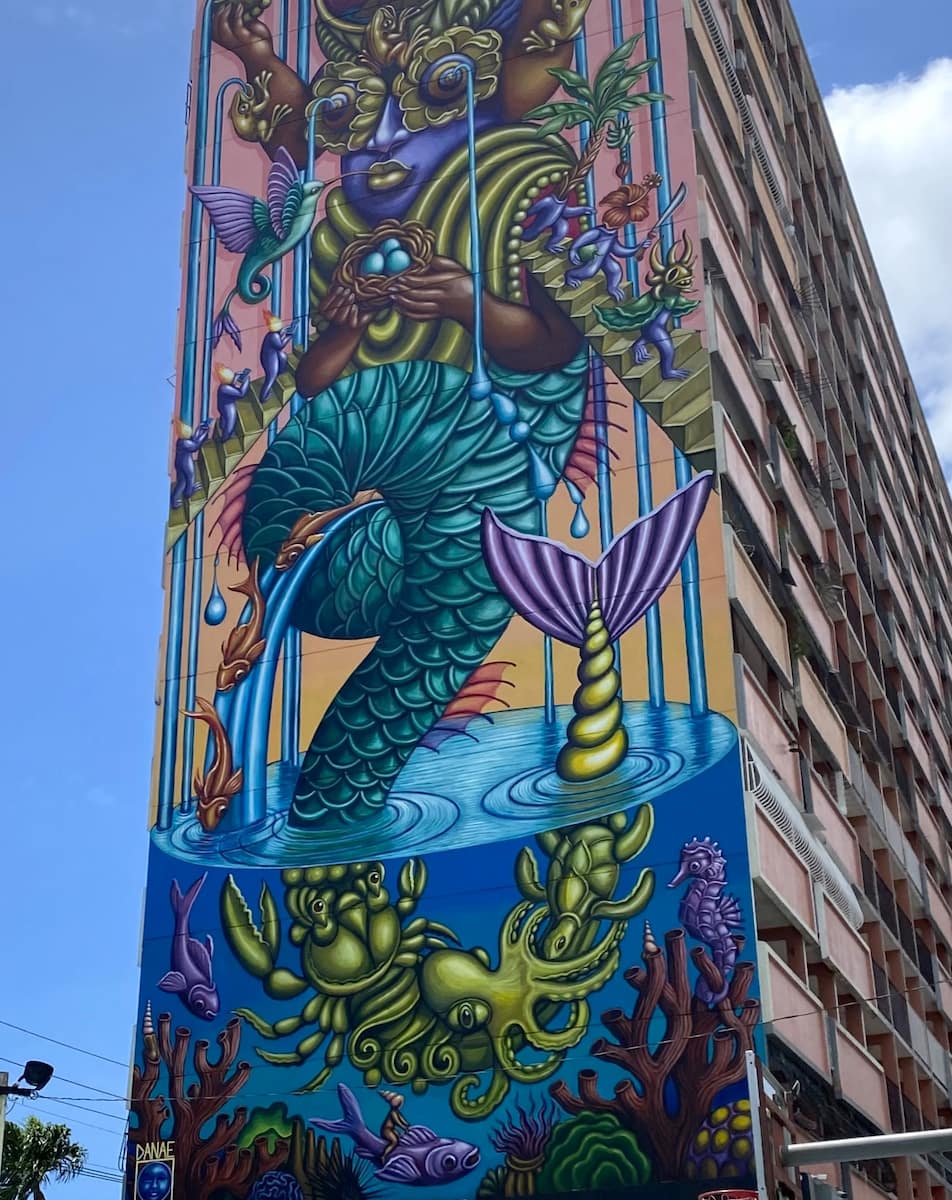
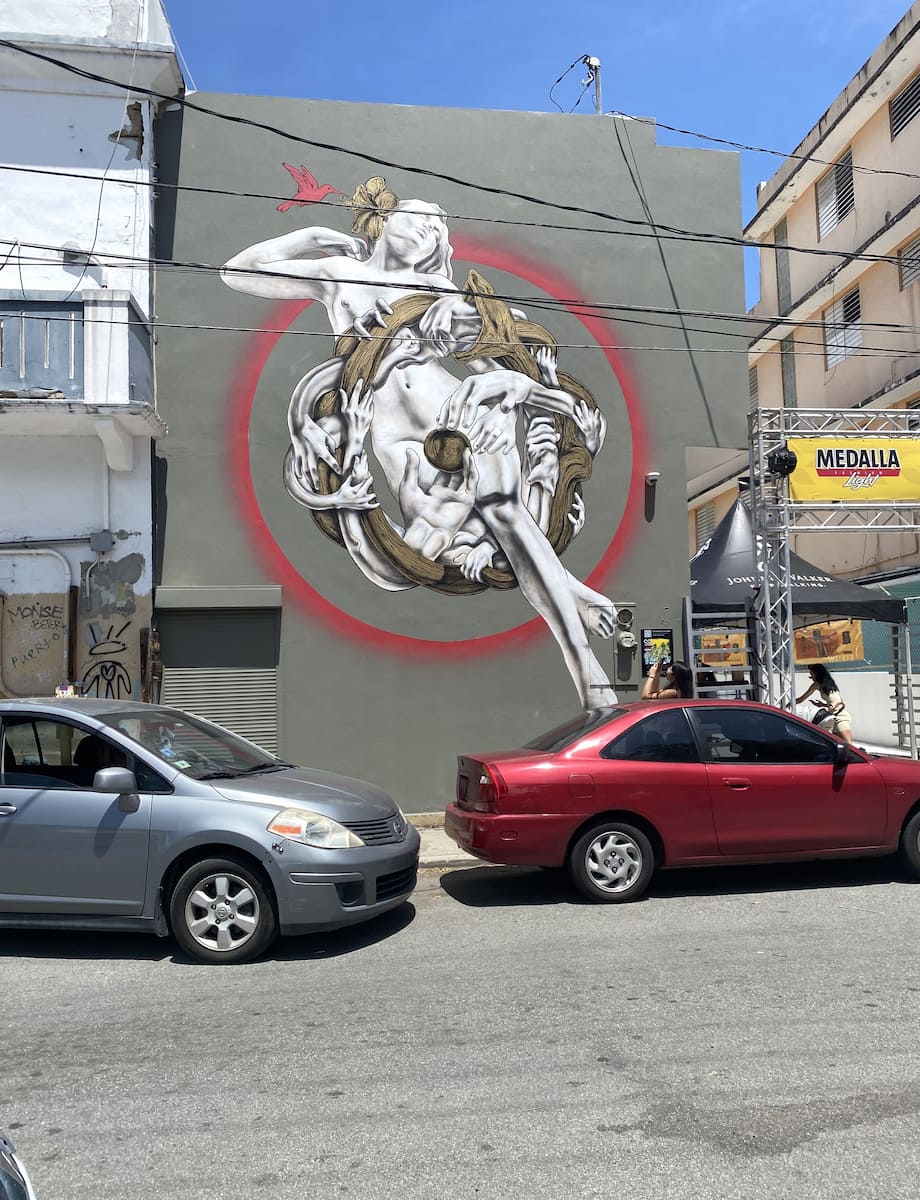
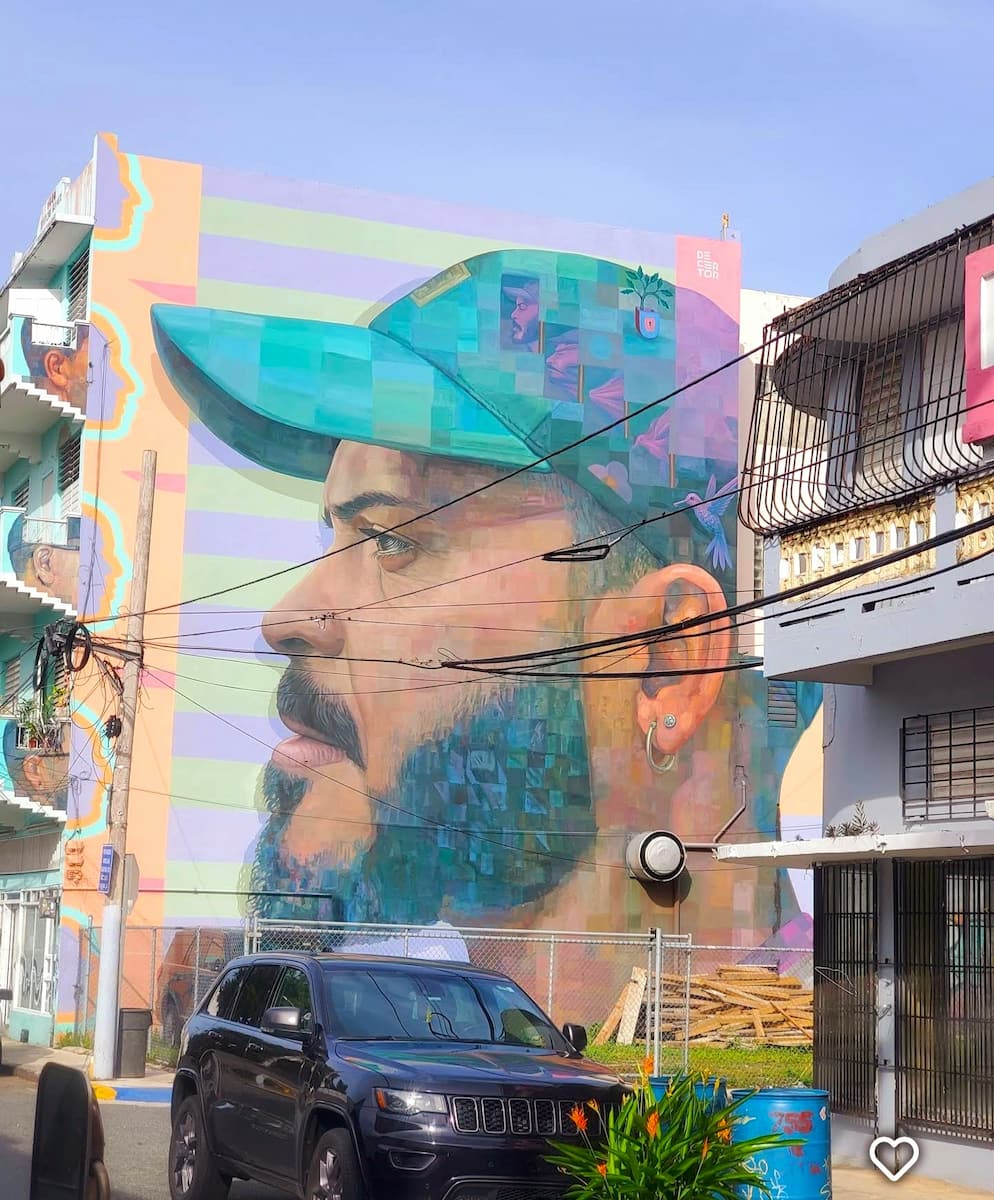
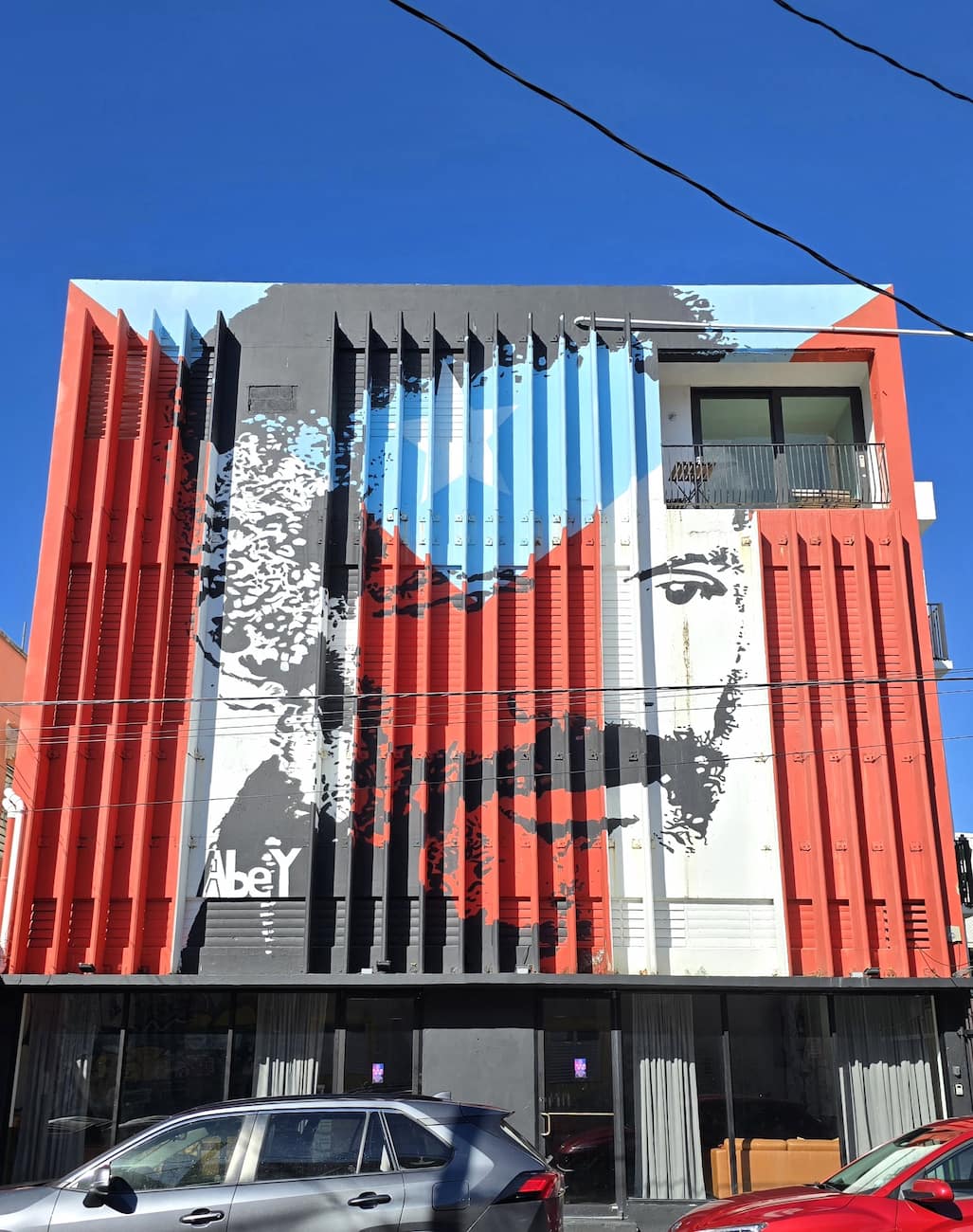
Annual festival. If possible, time your visit during the Santurce es Ley festival (usually held in December), when artists from around the world create new paintings while visitors enjoy live music, food vendors, and pop-up art markets.
Local stories. Many paintings reflect Puerto Rico’s culture, politics, and recovery from Hurricane Maria. I was particularly moved by a large-scale portrait of an elderly woman by artist Alexis Diaz that symbolizes the island’s resilience in the face of challenges.
- Notable Street Artists:
- Alexis Diaz (intricate animal hybrids)
- Sofia Maldonado (bold feminine figures)
- Bikismo (chrome-effect realistic paintings)
- Defy (political commentary pieces)
- La Pandilla (surrealist animal murals)
13. San Juan Gate
Historic entrance. As the last remaining of the original five gates in the town walls, Puerta de San Juan has welcomed visitors to Old San Juan for nearly 500 years. I felt a connection to history walking through the same red doorway used by dignitaries since 1520.
Perfect photo spot. The gate’s distinctive red color and tunnel-like structure frame a perfect view of the San Juan Bay. I recommend visiting early morning or late afternoon when the lighting creates a magical glow on the centuries-old stonework.

Cultural significance. Traditionally, new governors would enter the city through this gate and proceed along the blue cobblestone path to the cathedral for a blessing before taking office. This ceremonial route represents Puerto Rico’s blend of political and religious heritage.
Starting point. I found this to be the ideal beginning for an Old San Juan walking tour, as many major attractions radiate outward from here. The nearby Paseo de la Princesa promenade offers beautiful bay views and often hosts artisan markets on weekends.
What to See Near San Juan Gate:
-
- La Rogativa sculpture (just 2 minutes’ walk)
- Paseo de la Princesa promenade
- Raíces Fountain
- Plaza de Hostos weekend market
14. Plaza Las Americas
Shopping mecca. As the largest mall in the Caribbean, Plaza Las Americas houses over 300 stores ranging from luxury brands to local boutiques. I spent a rainy afternoon exploring this massive complex that locals simply call “Plaza.”
Beyond shopping. The mall features a surprising array of entertainment options including a 13-screen movie theater showing films in both English and Spanish, an arcade, and even a small art gallery showcasing Puerto Rican artists.
Food court culture. The central food court offers everything from fast food to local specialties. I enjoyed watching locals gather here for social meetups – Plaza isn’t just a shopping destination but a community hub where Puerto Ricans of all ages congregate.
Local finds. While international chains dominate, I discovered several stores selling authentic Puerto Rican products. My favorites were Artesanías Castor for handmade crafts and El Colmadito for local food products like coffee, hot sauces, and sweets to take home.
| Store Type | Level | Notable Options |
|---|---|---|
| Local Boutiques | 1st Floor | Hecho en Puerto Rico, Concalma Bags |
| Department Stores | 1st & 2nd | Macy’s, JCPenney, Sears |
| Electronics | 2nd Floor | Best Buy, Apple Store |
| Dining | 3rd Floor | Food court plus sit-down restaurants |
15. Sunset Boat Ride San Juan Harbor
Golden hour magic. Seeing Old San Juan from the water offered me a completely different perspective of the historic city. The ancient forts and colorful buildings glow with warm light as the sun sets behind El Morro fortress.
Cruise options. Several companies offer sunset cruises ranging from $65 for a basic 90-minute sail to $125 for premium experiences with open bar and appetizers. I chose San Juan Sailing Tours’ catamaran cruise ($85) which included wine, beer, and light snacks.
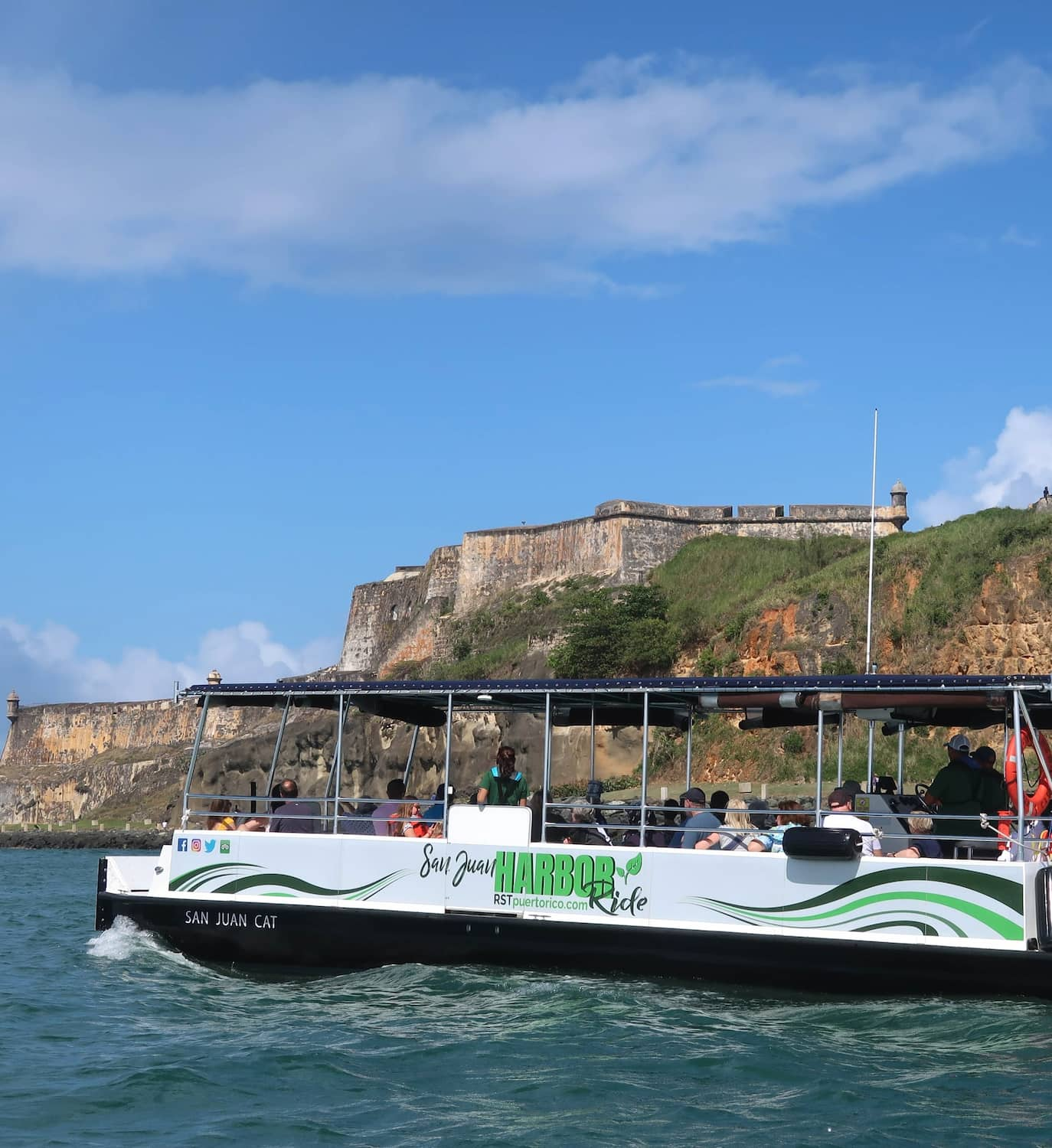

Wildlife sightings. As we sailed along the coast, we spotted dolphins playing in our wake and seabirds diving for their evening meal. The captain pointed out areas where manatees are often seen, though we weren’t lucky enough to spot one that evening.
Photography heaven. The combination of historic architecture, dramatic clouds, and golden light created perfect photo opportunities. My tip is to bring a light jacket as the sea breeze can be cool once the sun drops, even in tropical Puerto Rico.
- Best Sunset Cruise Companies:
- San Juan Sailing Tours (catamaran experience)
- East Island Excursions (luxury yacht option)
- Sail San Juan Bay (small group sailing)
- La Paseadora (traditional wooden boat)
⭐ Best Activities
- San Juan Bay Sunset Boat Tour – Cruise the tranquil waters of San Juan Bay as the sun sets, painting the colonial cityscape in golden hues while you enjoy refreshing drinks and the gentle Caribbean breeze.
16. Museo de las Americas
Cultural immersion. Located in a restored 19th-century military barracks within the San Juan National Historic Site, this museum showcases the diverse cultural influences that shaped Puerto Rico and the broader Caribbean region.
Thematic exhibits. The museum is divided into three permanent exhibitions: indigenous cultures, colonial society, and African heritage. I was particularly fascinated by the folk art collection featuring vejigante masks used in traditional carnival celebrations.

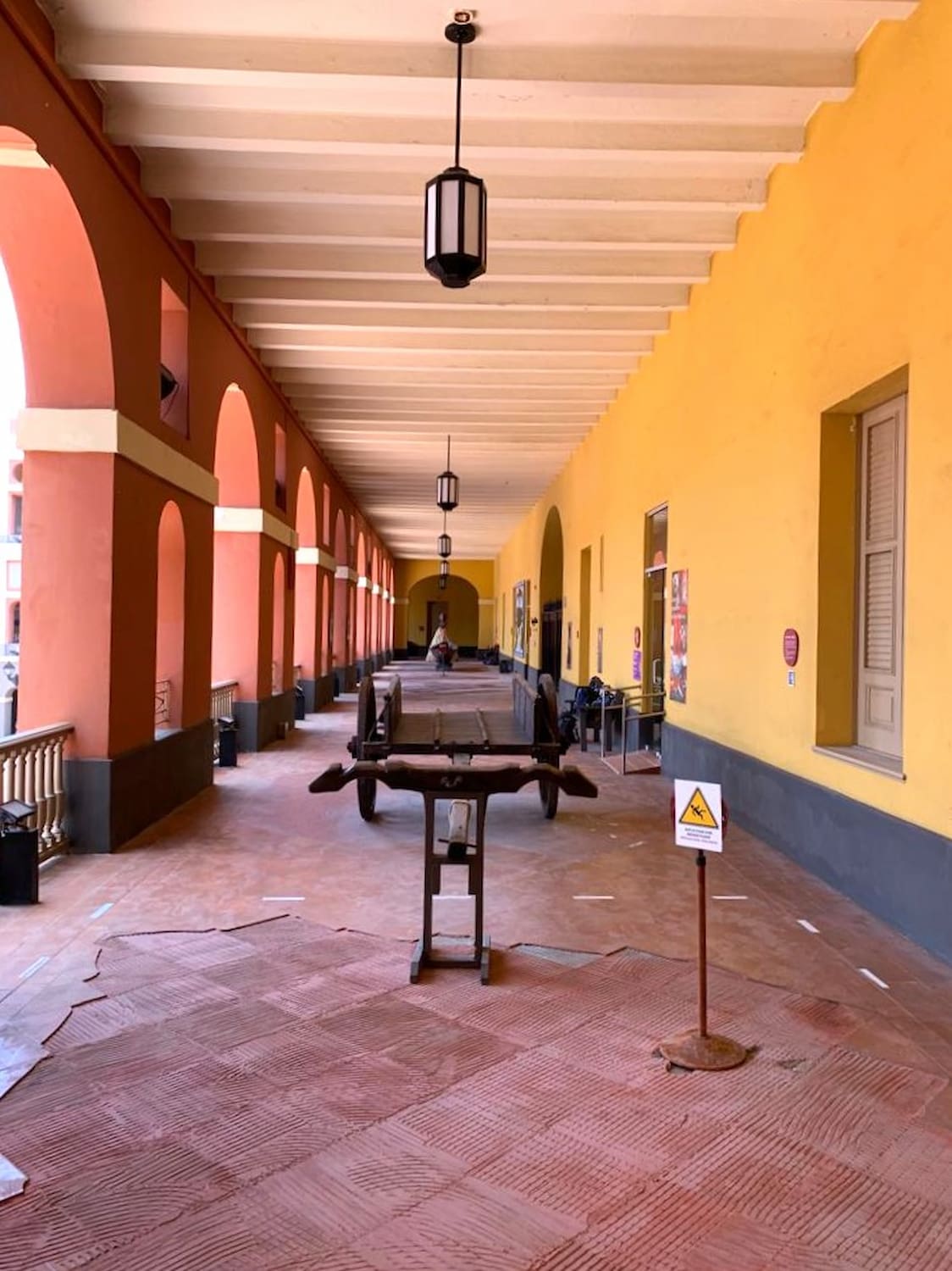
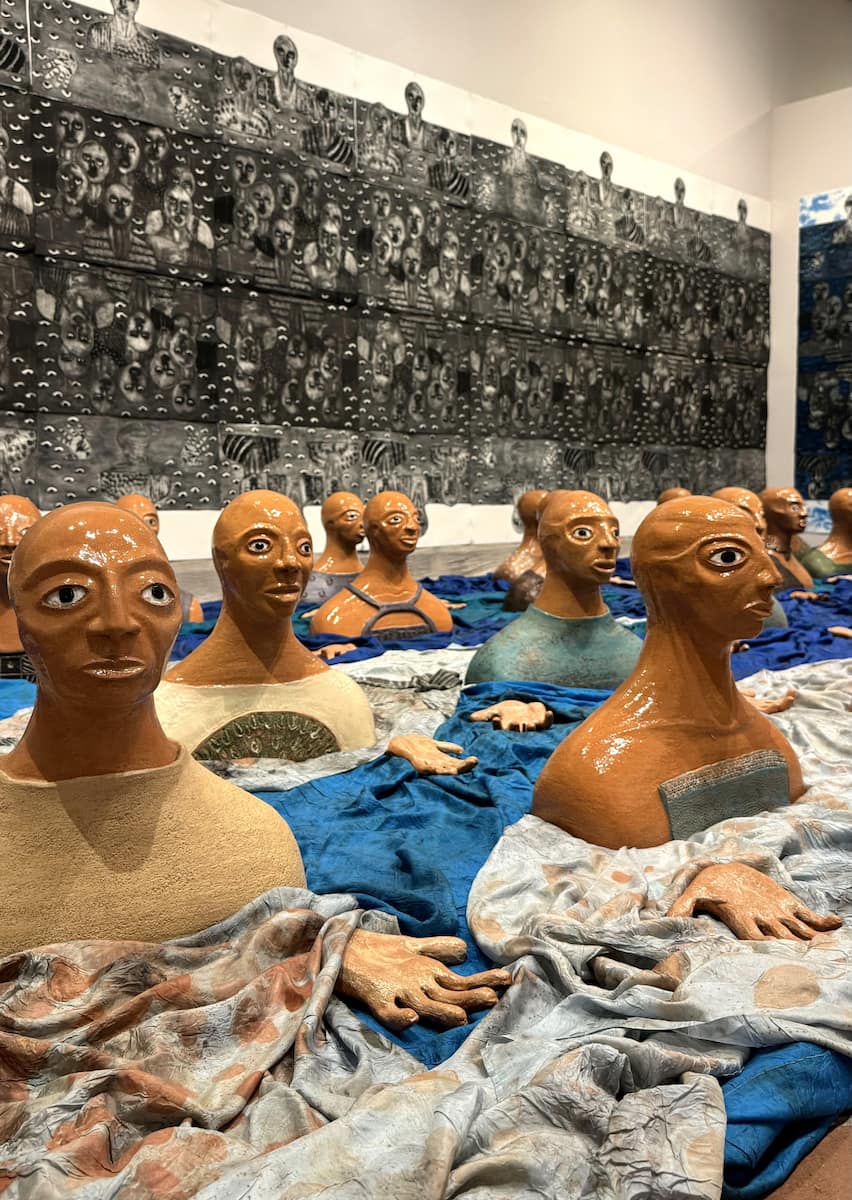
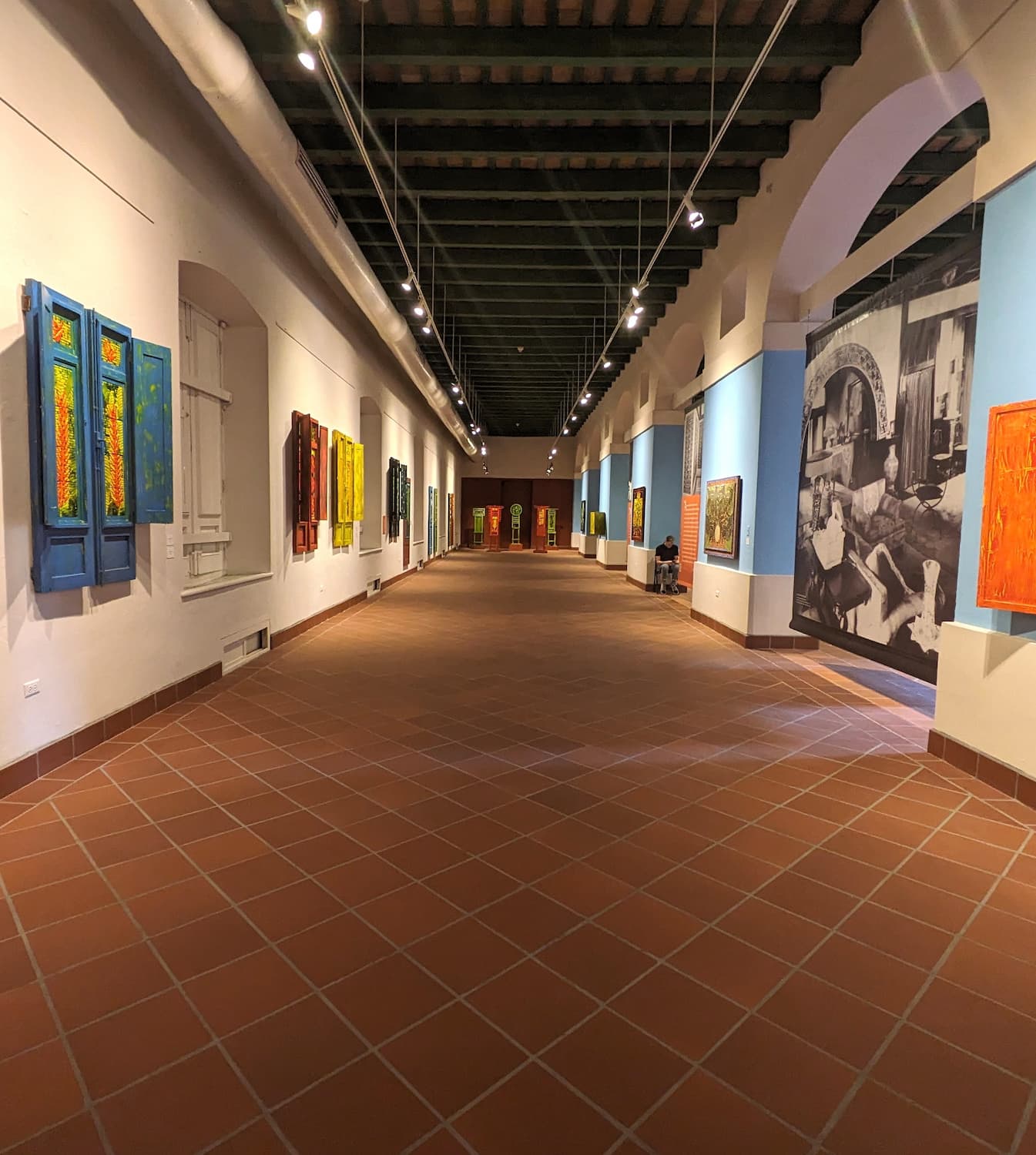
Affordable experience. At just $6 for adults ($4 for students and seniors), this museum offers exceptional value. Free guided tours in English are available at 2pm on weekdays, which I highly recommend for gaining deeper insights into the collections.
Hidden gem. Despite its central location in Old San Juan, this museum sees fewer visitors than other attractions, meaning you can enjoy the exhibits without crowds. The building itself, with its beautiful courtyard and colonial architecture, is worth appreciating.
| Exhibition | Floor | Highlights |
|---|---|---|
| Indigenous Peoples | 1st Floor | Taíno artifacts, ceremonial objects |
| African Heritage | 1st Floor | Slave trade history, music traditions |
| Folk Arts | 2nd Floor | Carnival masks, santos (wooden saints) |
| Temporary Exhibits | 2nd Floor | Contemporary Caribbean artists |
17. El Capitolio
Architectural marvel. Puerto Rico’s Capitol Building draws inspiration from the Capitol but incorporates distinctive Spanish colonial and Art Deco elements. I was impressed by the massive dome, which actually exceeds the height of its Washington counterpart.
Historical significance. Completed in 1929, El Capitolio houses Puerto Rico’s legislative assembly and symbolizes the island’s unique political relationship with the United States. The building has witnessed key moments in Puerto Rico’s ongoing journey toward self-determination.
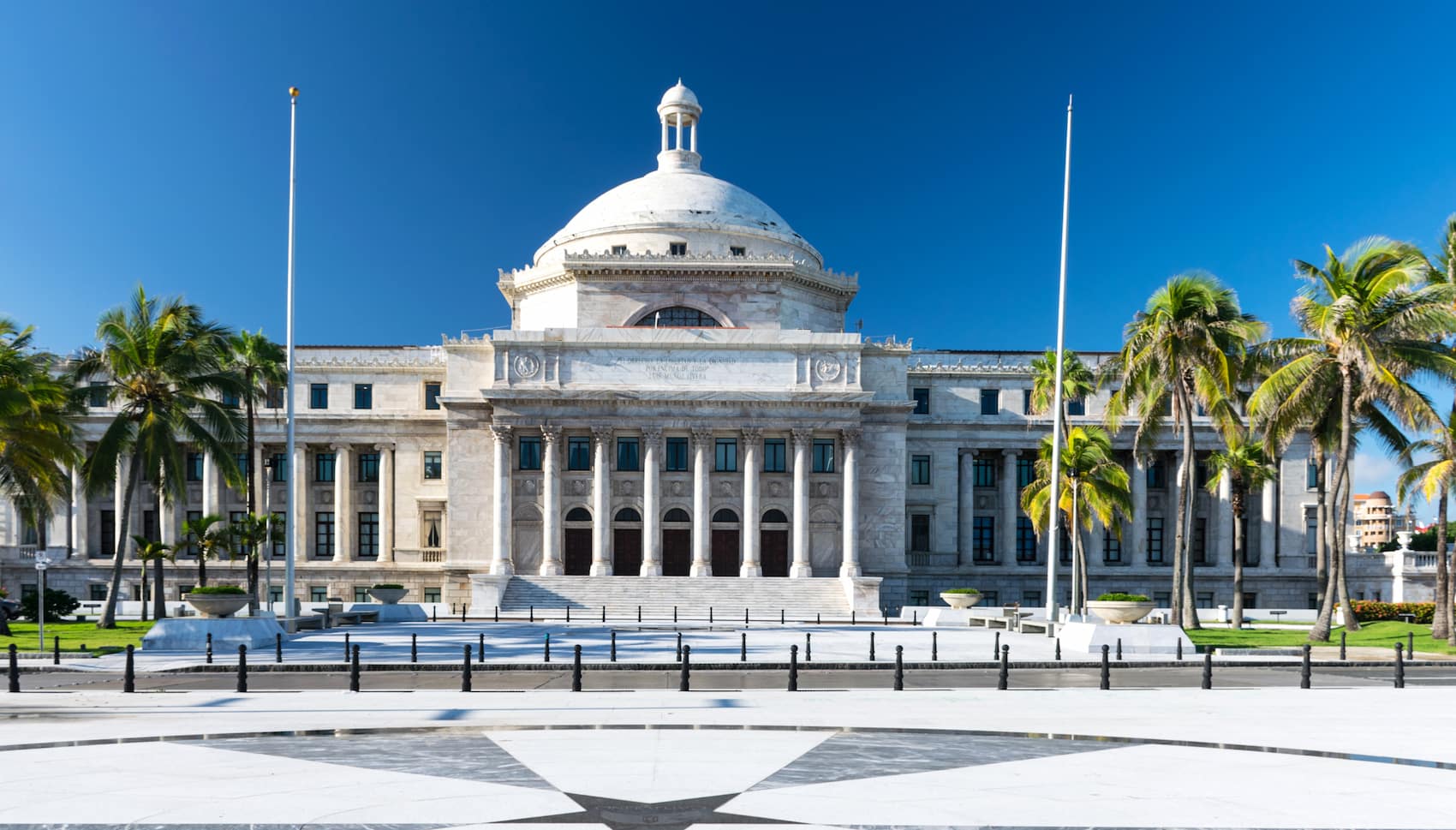
Artistic treasures. The interior features stunning mosaics, murals depicting Puerto Rican history, and a rotunda housing the original Constitution of Puerto Rico. The most impressive space is the Hall of Lost Steps, named for its remarkable acoustics that absorb sound.
Visitor experience. Free guided tours are available Monday through Friday (9am-3pm) in both English and Spanish. I recommend the 45-minute tour to access areas that aren’t open to self-guided visitors, including the Senate and House chambers.
Highlights of El Capitolio:
-
- The bronze Rotunda featuring the Constitution
- Hall of Lost Steps with its acoustic properties
- Marble staircase with historical engravings
- Senate Chamber with original 1929 furnishings
- South Garden with native plants and sculptures
18. Salsa Dancing Nightlife
Rhythm of the island. No visit to Puerto Rico is complete without experiencing its vibrant salsa scene. I discovered that San Juan comes alive after dark with both tourist-friendly venues and authentic local clubs where Puerto Ricans dance until sunrise.
Dance lessons. Many clubs offer beginner lessons before the main dancing begins. I took a group class at La Factoría ($10) that gave me enough basic steps to join locals on the dance floor later that night without embarrassing myself too badly.
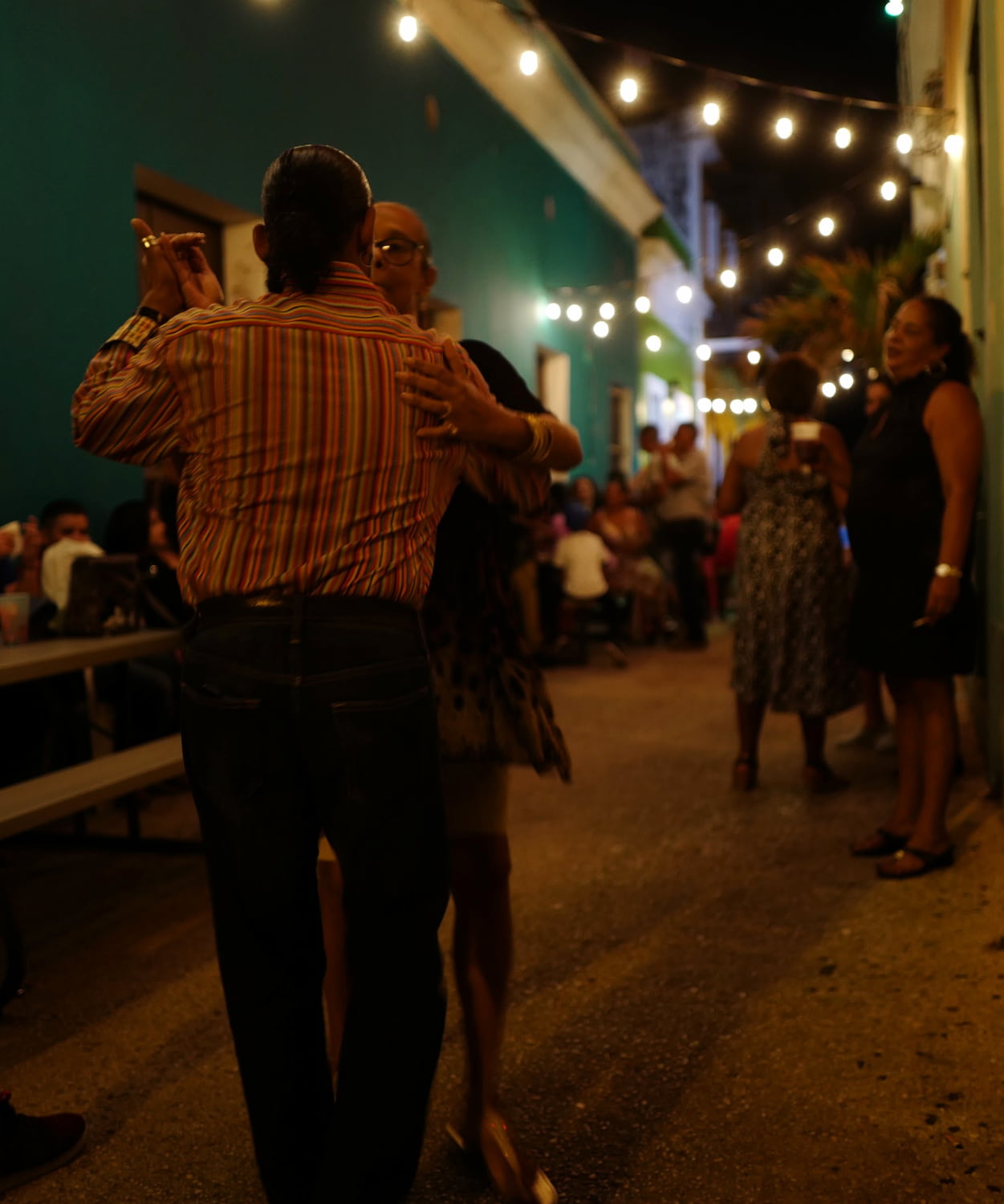
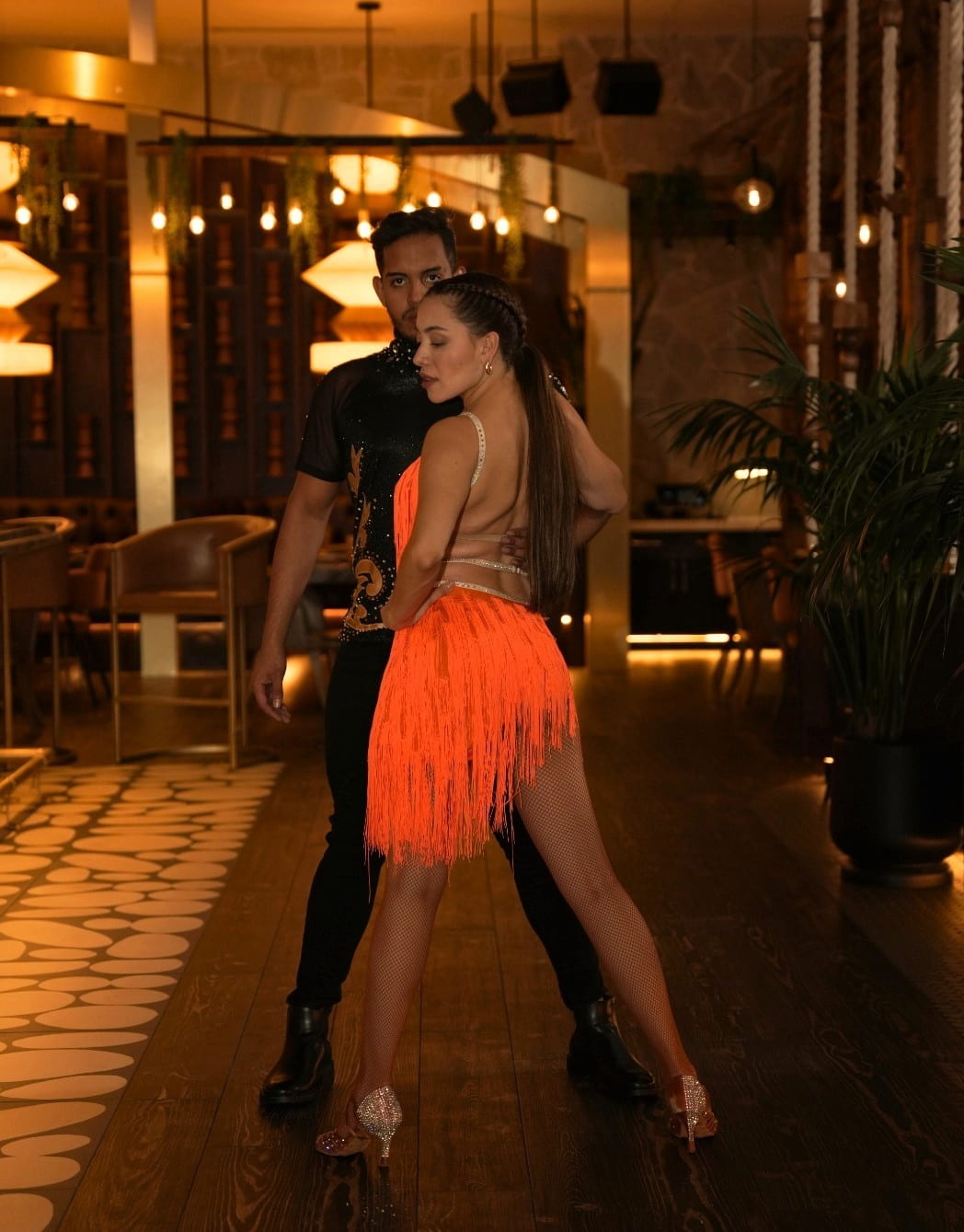
Popular venues. The most famous spot is La Factoría in Old San Juan, which transforms from craft cocktail bar to pulsating dance club as the night progresses. For a more authentic experience, I loved El Boricua in Río Piedras where locals of all ages show off impressive moves.
Live music. While recorded music is common, nothing compares to live salsa bands. The Nuyorican Café features live performances on weekends ($10-15 cover) with some of the island’s best musicians creating an electrifying atmosphere that had me dancing for hours.
- Top Salsa Venues in San Juan:
- La Factoría (Old San Juan) – Multi-room venue with varying music
- El San Juan Hotel (Isla Verde) – Elegant lobby dancing on weekends
- Nuyorican Café (Old San Juan) – Live bands in intimate setting
- Club Kronos (Hato Rey) – Local favorite with serious dancers
19. Arecibo Observatory
Scientific wonder. Though the main radio telescope collapsed in 2020, the Arecibo Observatory still operates as a scientific and educational facility. I found the visitor center ($14 admission) fascinating with its interactive exhibits explaining radio astronomy and atmospheric science.
Historic significance. For 57 years, this was the world’s largest single-aperture telescope, featured in films like “Contact” and “GoldenEye.” The observation deck offers views of the remaining structure and the natural sinkhole that made this location ideal for the massive dish.
Educational experience. The science museum explains the observatory’s contributions to astronomy, including the discovery of the first binary pulsar (which earned a Nobel Prize) and sending messages to potential extraterrestrial civilizations.
Future plans. During my visit, staff explained plans to rebuild a next-generation facility. Check their website before visiting as the offerings continue to evolve following the collapse, with new exhibits being added regularly.
| Exhibit | Focus | Interactive Elements |
|---|---|---|
| Atmospheric Science | Weather research | Cloud formation simulator |
| Space Science | Asteroid detection | Virtual telescope control |
| Radio Astronomy | Signal processing | Audio wave demonstration |
| Observatory History | Construction & discoveries | Scale models of the telescope |
20. Parque de Bombas
Colorful landmark. This striking red and black wooden firehouse in Ponce is one of Puerto Rico’s most recognizable buildings. Built in 1882 for an agricultural exhibition, it later served as the city’s main fire station for over 100 years.
Historical significance. The building commemorates the volunteer firefighters who saved Ponce from a devastating fire in 1899. I was moved by the exhibits showcasing antique firefighting equipment and personal stories of these local heroes.
Architectural uniqueness. The Gothic Victorian structure with Moorish influences stands out dramatically against Ponce’s Plaza Las Delicias. The bold red and black stripes make it impossible to miss and create a perfect backdrop for photos.
Visitor experience. Now functioning as a museum, Parque de Bombas is free to enter and takes about 30 minutes to explore. The friendly volunteer guides, often retired firefighters, share fascinating stories about the building’s history and Ponce’s development.
What to See Near Parque de Bombas:
-
- Ponce Cathedral across the plaza
- Fuente de Leones (Lions Fountain)
- La Guancha Boardwalk (short drive)
- Hacienda Buena Vista coffee plantation (day trip)
21. Catedral Basilica Menor de San Juan Bautista
Historic sanctuary. As the second oldest cathedral in the Americas (established 1521), this church holds immense historical and spiritual significance. I was awed by its simple yet elegant Spanish Gothic architecture and peaceful atmosphere amid bustling Old San Juan.
Sacred treasures. The cathedral houses the tomb of Spanish explorer Ponce de León and the mummified remains of St. Pius, a Roman martyr. The religious artifacts and artwork spanning five centuries create a museum-like experience within an active place of worship.
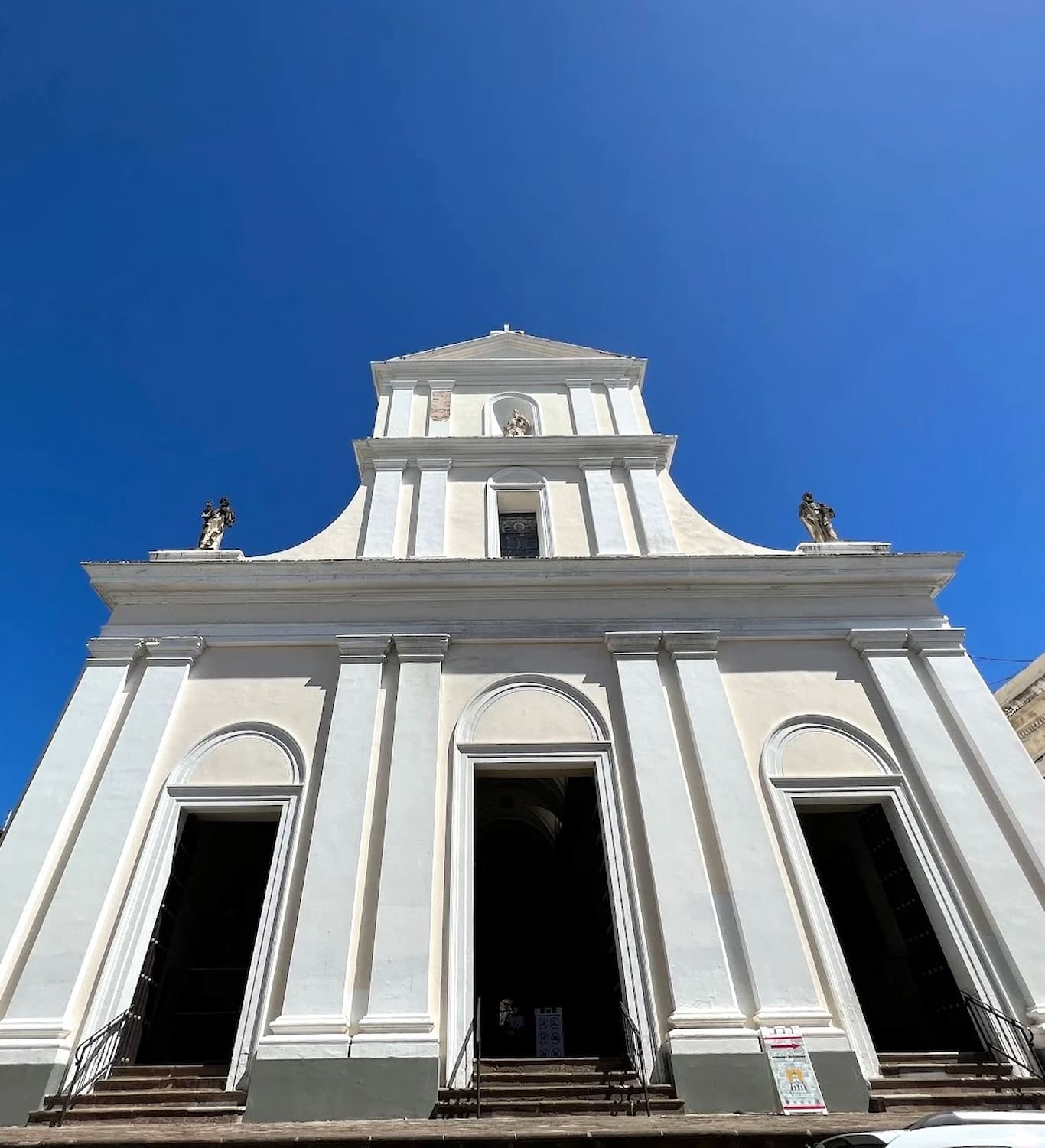
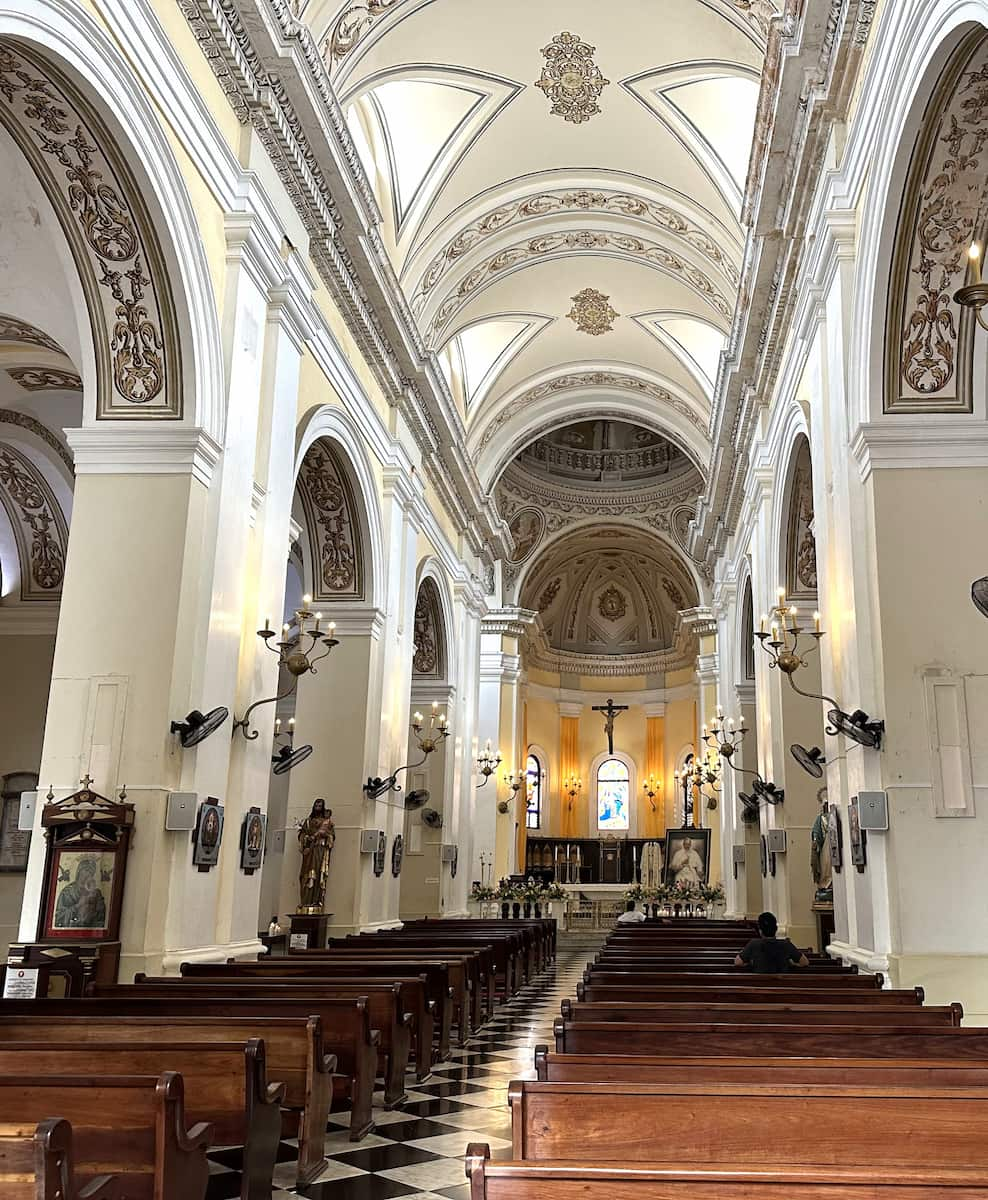

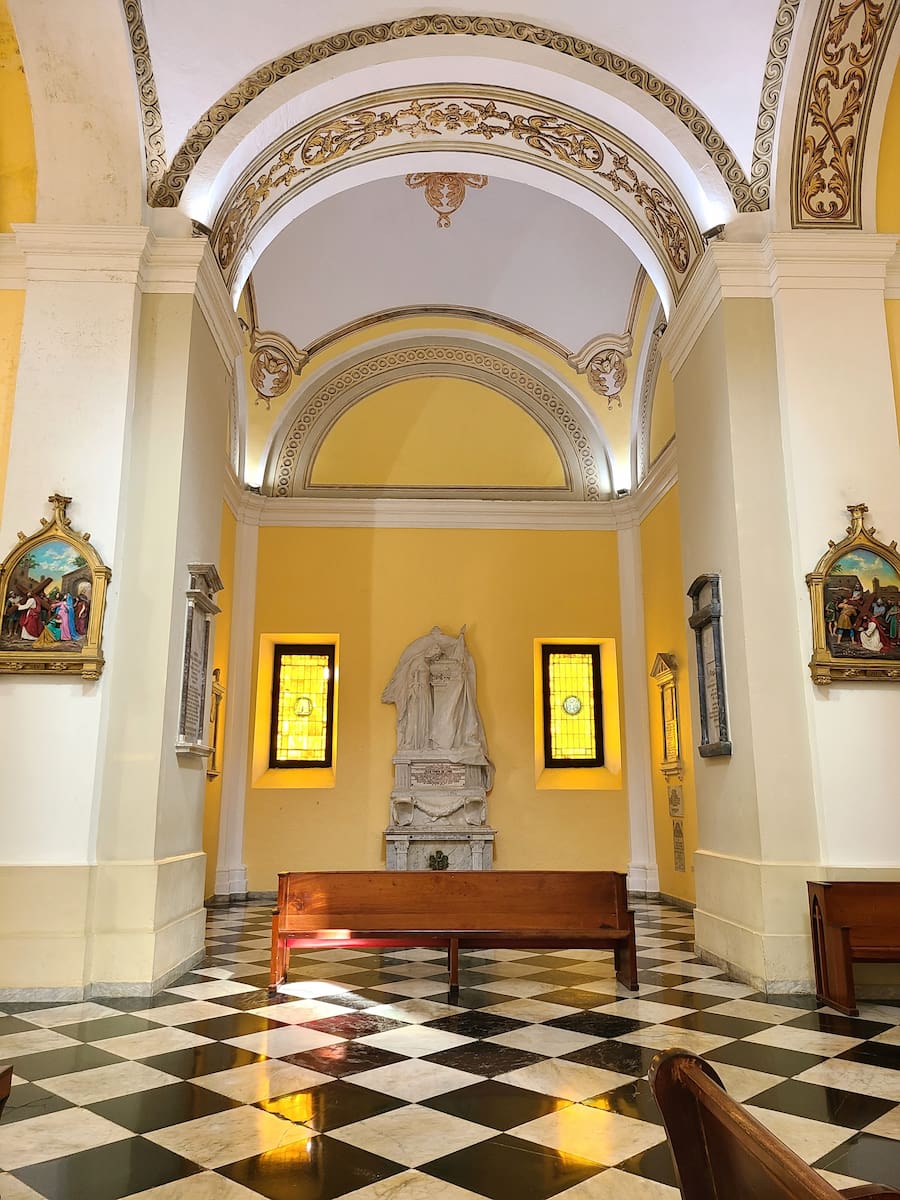
Architectural details. I admired the vaulted ceilings, stained glass windows, and ornate side chapels during my visit. The yellow and gray exterior may seem modest compared to European cathedrals, but the interior reveals surprising grandeur.
Visitor etiquette. Remember this is an active church with regular services. Entrance is free, though donations are appreciated. Dress respectfully (shoulders and knees covered) and maintain quiet during your visit, especially if Mass is in progress.
- Notable Features of the Cathedral:
- Marble tomb of Juan Ponce de León
- Stained glass windows depicting biblical scenes
- 16th century baptismal font still in use today
- Relics of St. Pius in glass case
- Original wooden ceiling beams in certain sections
22. Plaza Colón
Central gathering place. Named after Christopher Columbus (Cristóbal Colón in Spanish), this plaza serves as the main entrance to Old San Juan. The central statue of Columbus was erected in 1893 to commemorate the 400th anniversary of his arrival in the Americas.
People watching. I spent a delightful afternoon at one of the plaza’s outdoor cafés, sipping coffee ($3-5) and watching the parade of tourists, street performers, and locals passing through this busy crossroads.

Surrounding attractions. The plaza is bordered by important landmarks including Teatro Tapia (Puerto Rico’s oldest theater still in use), Banco Popular building with its beautiful architecture, and several historic hotels and restaurants.
Festival venue. If you’re lucky enough to visit during a holiday or festival, Plaza Colón often serves as a main venue for celebrations. I caught an impromptu bomba dance performance that attracted a crowd of appreciative onlookers.
| Direction | What You’ll Find | Walking Time |
|---|---|---|
| North | Calle Fortaleza shopping | 2 minutes |
| South | Paseo de la Princesa | 5 minutes |
| East | Castillo San Cristóbal | 10 minutes |
| West | Plaza de Armas | 5 minutes |
23. Museo Castillo Serrallés
Rum dynasty. This Spanish Revival mansion in Ponce was built in the 1930s for the Serrallés family, founders of Don Q rum. The 2.5-acre estate sits atop Vigía Hill offering spectacular views of southern Puerto Rico and the Caribbean Sea.
Lavish lifestyle. Touring the mansion ($10 admission) gave me insight into the opulent lifestyle of Puerto Rico’s sugar and rum barons. The original furnishings, family photographs, and personal items create an intimate portrait of life during this prosperous era.
Beautiful gardens. The meticulously maintained tropical gardens feature fountains, gazebos, and native plants. I particularly enjoyed the butterfly garden and the peaceful Japanese meditation garden hidden within the larger estate.
Complete experience. Your admission includes access to the Vigía Cross monument adjacent to the property, which offers even more spectacular panoramic views. The on-site café serves excellent coffee and pastries, perfect for enjoying on the terrace overlooking Ponce.
Highlights of Museo Castillo Serrallés:
-
- Original Art Deco bathrooms with period fixtures
- Prohibition-era hidden bar room
- Vintage Don Q rum advertisements and bottles
- Hand-painted ceiling murals
- Outdoor swimming pool with mosaic details
⭐ Best Activities
- San Juan: Visit Ponce in a Day Tour – Discover Puerto Rico’s “Pearl of the South” on this day trip to Ponce, featuring the city’s distinctive red and black striped firehouse, art museum, and colonial architecture.
Things to Do in Puerto Rico with Kids
1. Condado Lagoon Paddle Boarding
Urban oasis. The calm, protected waters of Condado Lagoon provide the perfect setting for paddle boarding, especially for beginners and families. I was surprised to find such a peaceful aquatic playground right in the heart of San Juan’s hotel district.
Wildlife encounters. Gliding across the crystal-clear water, I spotted colorful fish, sea turtles, and even manatees that frequent the lagoon. The mangrove edges create a mini-ecosystem that attracts a variety of birds and marine life.
Rental options. Several outfitters along the lagoon rent boards for $20-25 per hour or $60 for a full day. I chose Velauno Paddle Board ($22/hour) which included a brief lesson and safety equipment. For first-timers, guided tours ($45) provide instruction and highlight the lagoon’s ecology.
Sunset magic. While daytime paddling is popular, I recommend booking a sunset session when the water turns golden and the Condado skyline begins to light up. Some companies even offer LED-illuminated night tours ($55) that create a magical experience.
- Best Spots Around Condado Lagoon:
- Eastern mangroves for wildlife spotting
- Central area for open paddling
- Western end for city views
- Small beach areas for breaks and swimming
⭐ Best Activities
- 1-Hour Private Paddle Board Tour in Condado Lagoon – Glide across the crystal-clear waters of Condado Lagoon on this private paddleboard adventure, perfect for beginners and experienced paddlers alike with personalized instruction.
2. Visit Local Food Markets
Culinary adventure. Puerto Rico’s markets offer a feast for the senses and insight into local food culture. I started at Mercado de Río Piedras in San Juan, where vendors called out their offerings as I navigated aisles of exotic fruits, vegetables, and spices.
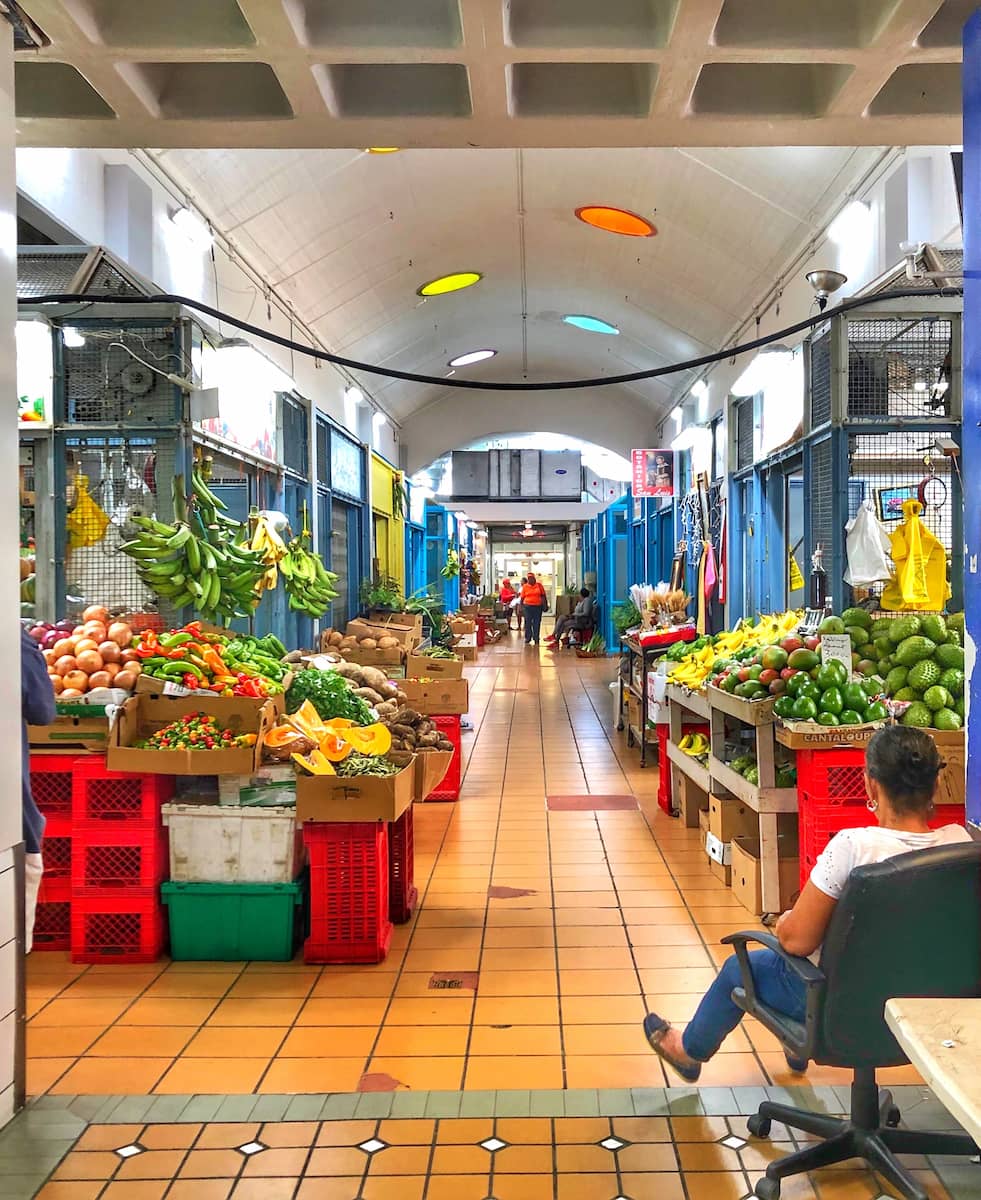

Market highlights. La Plaza del Mercado transforms from daytime food market to evening party zone. I purchased fresh produce during the day and returned at night when surrounding bars and restaurants create a street festival atmosphere.
Specialty items. Markets are the perfect place to find authentic Puerto Rican ingredients like recao (cilantro’s stronger cousin), ají dulce peppers, and sofritos. Many vendors offer samples, and I discovered new favorites like quenepa fruit and fresh coconut candy.
Shopping tips. Bring cash and reusable bags for your purchases. Prices are often better than supermarkets, especially for local produce. Don’t be afraid to ask vendors for cooking suggestions – I received excellent recipes for using unfamiliar ingredients.
3. Family-Friendly Beaches (Luquillo, Isla Verde)
Perfect for kids. Luquillo Beach, often called “La Monserrate,” features calm, shallow waters protected by an offshore reef. I watched families with young children enjoy the gentle waves and soft sand without the safety concerns of rougher beaches.

Amenities galore. What makes these beaches ideal for families is the infrastructure – clean restrooms, showers, changing facilities, and lifeguards on duty. Isla Verde offers chair and umbrella rentals ($10-15 for the day) and easy access to nearby hotels.
Food options. Luquillo’s famous food kiosks (about 60 in total) line the entrance to the beach, offering everything from simple fritters to full seafood meals. I tried alcapurrias (fritters filled with meat) for $3 and fresh coconut water served in the shell ($5).
Accessibility. Both beaches offer parking ($5-10) and are easily reached by public transportation. Isla Verde is just 10 minutes from San Juan airport, making it perfect for a first or last day beach visit, while Luquillo is worth the 45-minute drive for its picture-perfect setting.
4. Interactive Museums
Hands-on learning. The Children’s Museum in Carolina offers over 100 interactive exhibits spanning science, art, and culture. My nephews spent hours building structures in the construction zone and creating giant bubbles in the science area.
Science excitement. At the Wildlife Museum in San Juan, kids can touch real fossils, examine insects under microscopes, and learn about Puerto Rico’s ecosystems through engaging displays. The $7 admission ($4 for children) makes it an affordable family activity.
Cultural education. The Museo de Arte de Puerto Rico’s children’s interactive gallery lets young visitors create their own masterpieces inspired by the works they’ve seen. The museum offers family guides and scavenger hunts that kept my young companions engaged throughout our visit.
Rainy day solution. These museums saved our family vacation during an unexpected tropical downpour. Most offer cafés or picnic areas for lunch breaks, and gift shops with educational toys and books that make meaningful souvenirs.
- Best Interactive Museums for Families:
- Children’s Museum (Carolina) – Best for ages 2-12
- Parque de las Ciencias (Bayamón) – Best for science enthusiasts
5. Wildlife Watching (Manatees, Sea Turtles)
Gentle giants. Puerto Rico offers excellent opportunities to observe manatees in their natural habitat. I joined a kayak tour ($45) at the Humacao Nature Reserve where we quietly paddled through mangrove channels and spotted several of these endangered mammals feeding on seagrass.
Turtle encounters. Several beaches around Puerto Rico serve as nesting grounds for endangered sea turtles. During nesting season (February-August), guided night tours in Fajardo and Dorado allow visitors to witness turtles laying eggs or babies hatching.

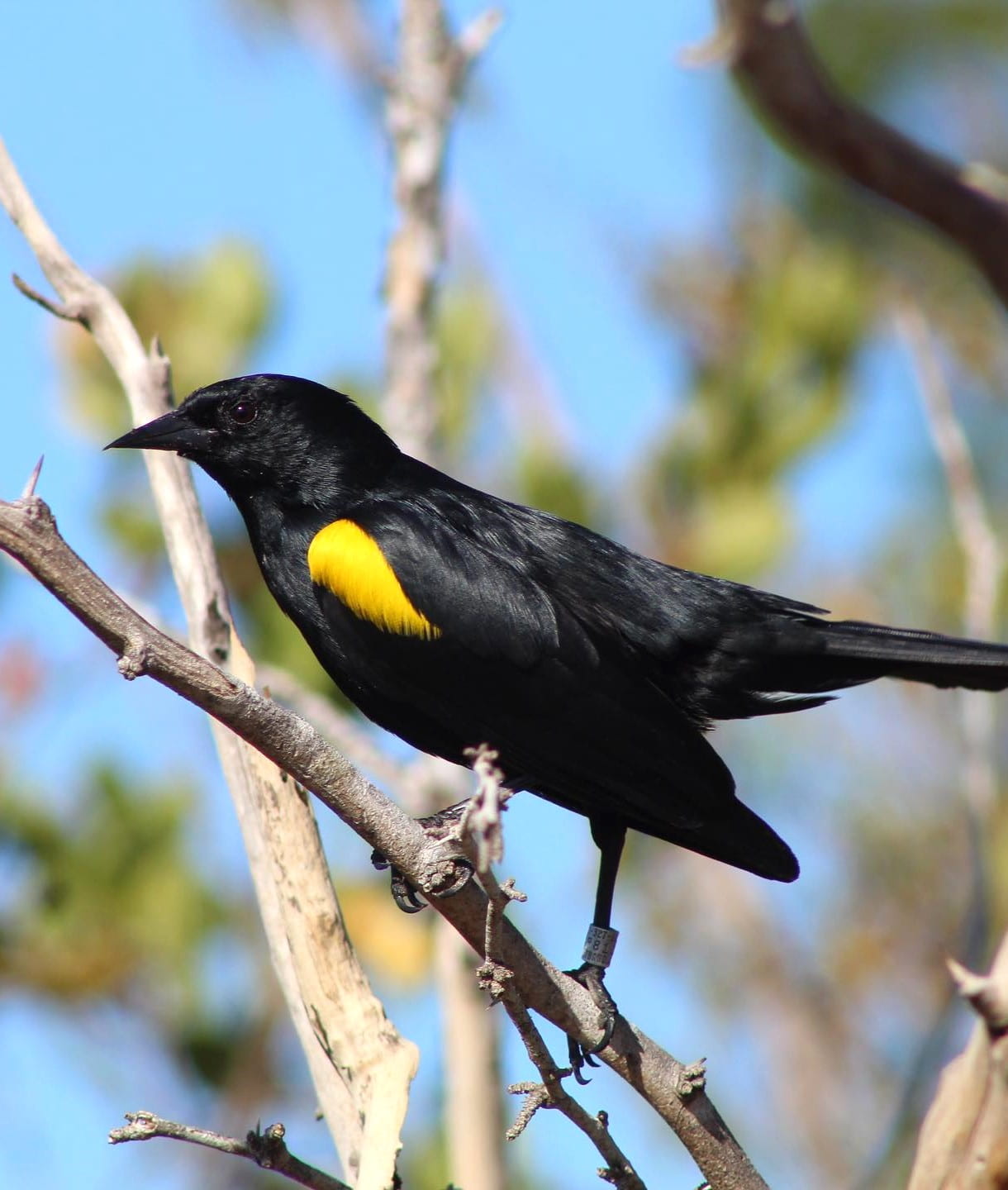
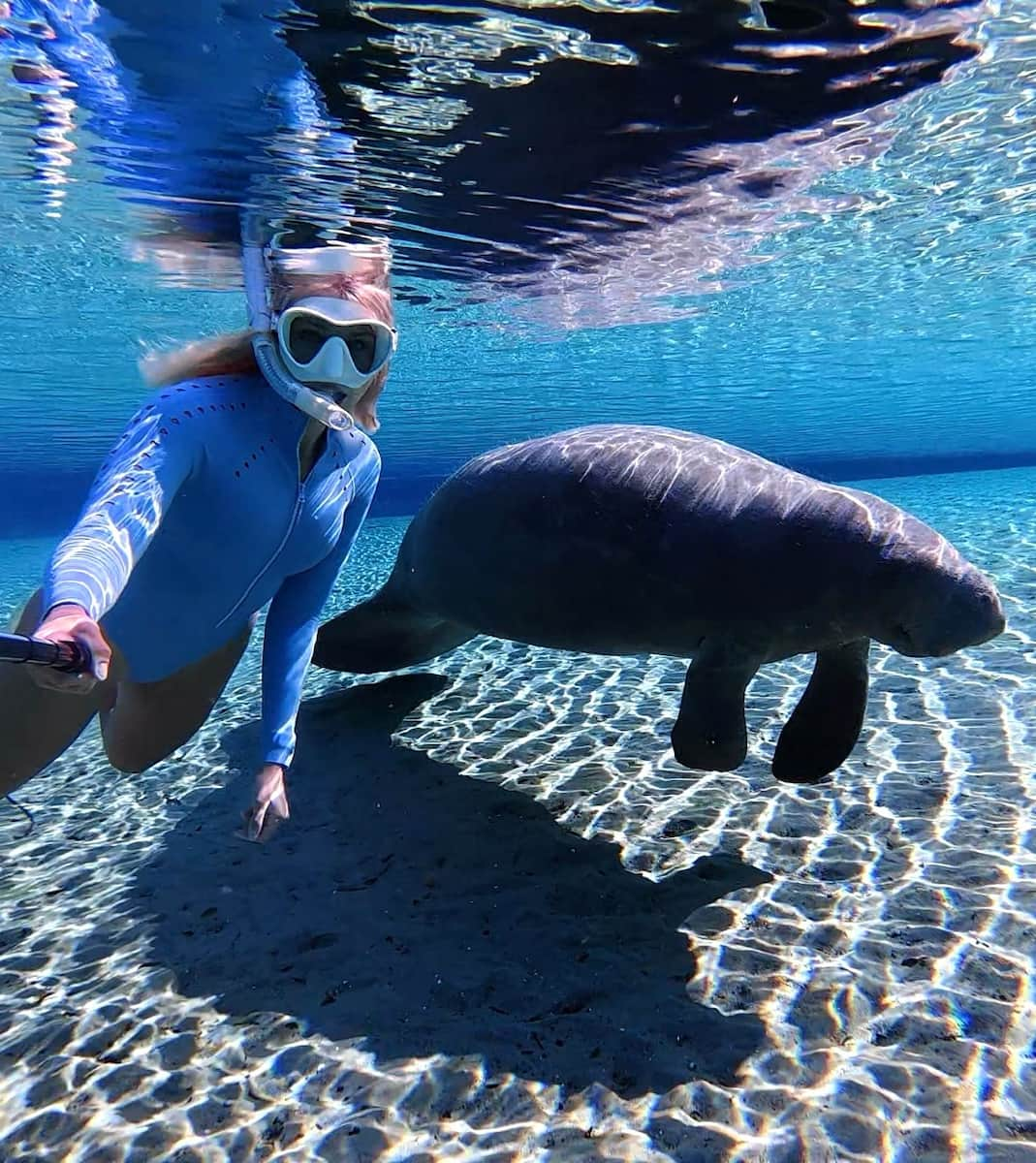
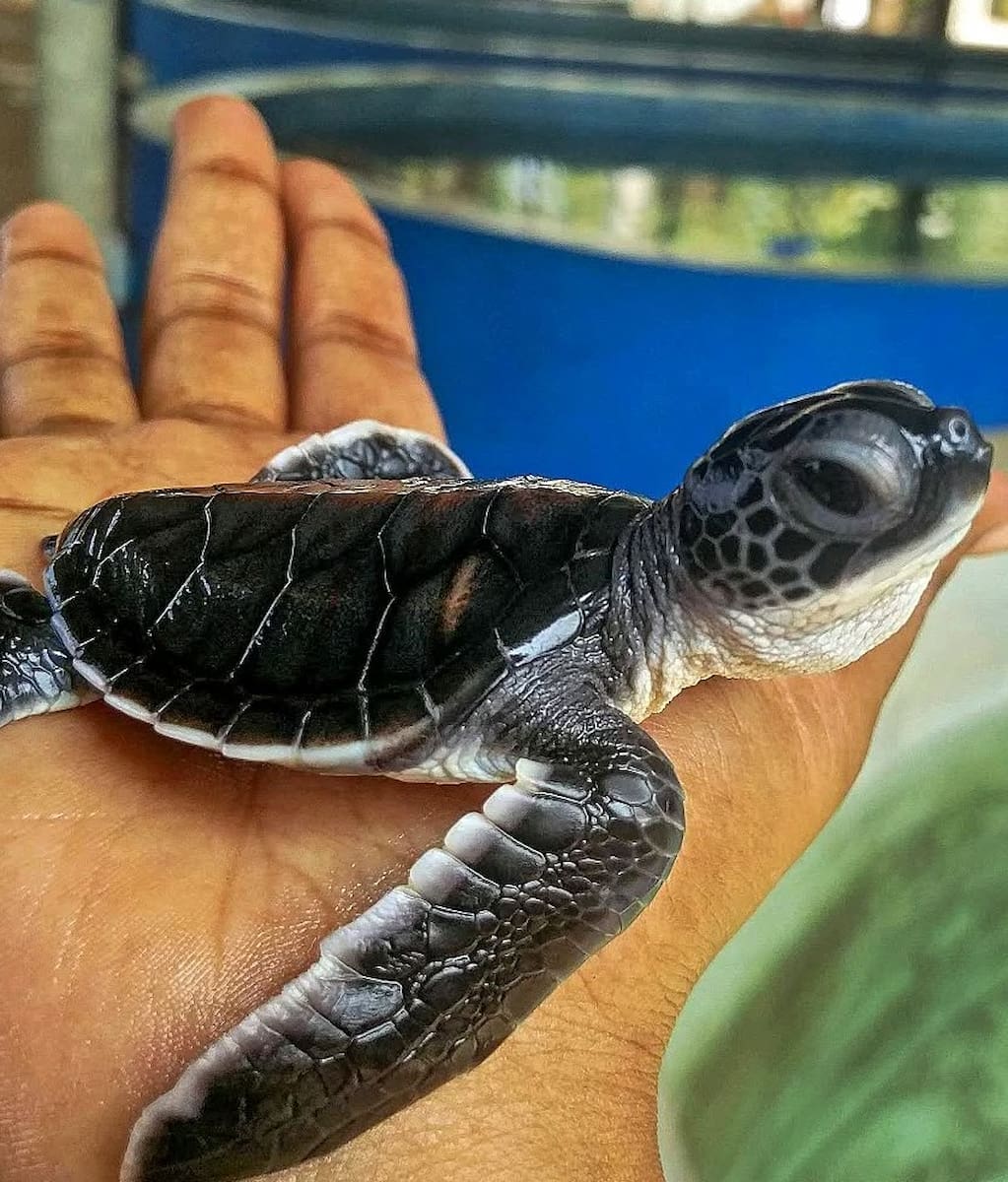
Bird paradise. The Cabo Rojo National Wildlife Refuge hosts over 145 bird species, including the rare yellow-shouldered blackbird. I rented binoculars ($5) and followed the observation trail to the salt flats where flamingos and other wading birds gathered in impressive numbers.
Conservation education. Many wildlife tours include an educational component about conservation efforts. I was particularly moved by the work at Mosquito Bay in Vieques, where guides explain how protecting mangroves and limiting light pollution preserves the bioluminescent organisms.
| Wildlife | Best Location | Best Time | Tour Cost |
|---|---|---|---|
| Manatees | Humacao Nature Reserve | Year-round | $45-65 |
| Sea Turtles | Luquillo & Fajardo | Feb-Aug | $30-50 |
| Birds | Cabo Rojo Refuge | Winter months | $10-25 |
| Iguanas | San Juan city walls | Year-round | Self-guided |
⭐ Best Activities
- Snorkel with Manatees and Turtles (FREE RUM) – Embark on an unforgettable marine wildlife encounter where you’ll have the opportunity to snorkel alongside gentle manatees and sea turtles in their natural habitat.
6. Waterfall Hikes
Natural pools. Juan Diego Falls in El Yunque offers a series of refreshing natural pools perfect for cooling off after a short but steep hike. I arrived early (before 9am) to enjoy this magical spot before the crowds arrived.
Hidden gem. San Cristobal Canyon near Aibonito features dramatic waterfalls cascading through a lush gorge. The moderate 2-mile trail requires river crossings and some scrambling over rocks, but rewards hikers with pristine swimming holes and breathtaking scenery.
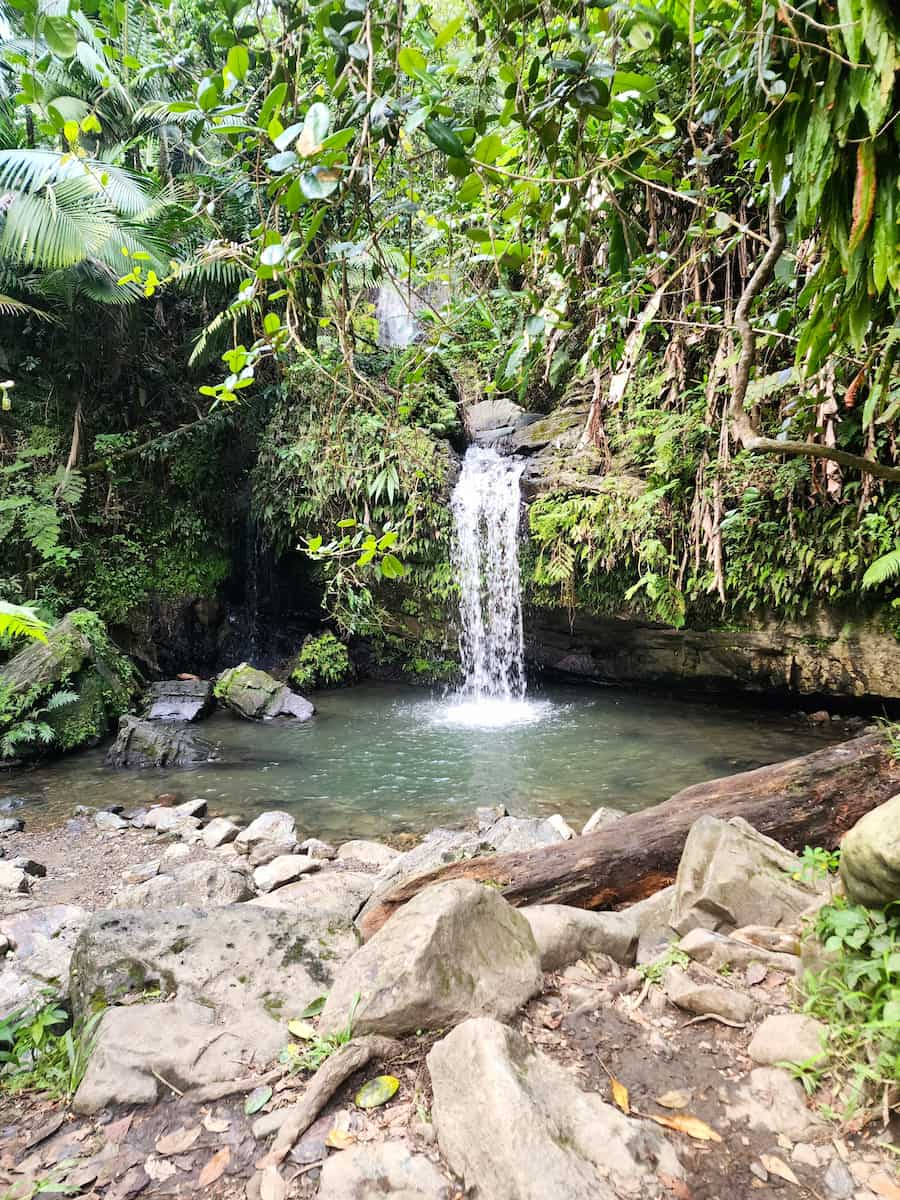
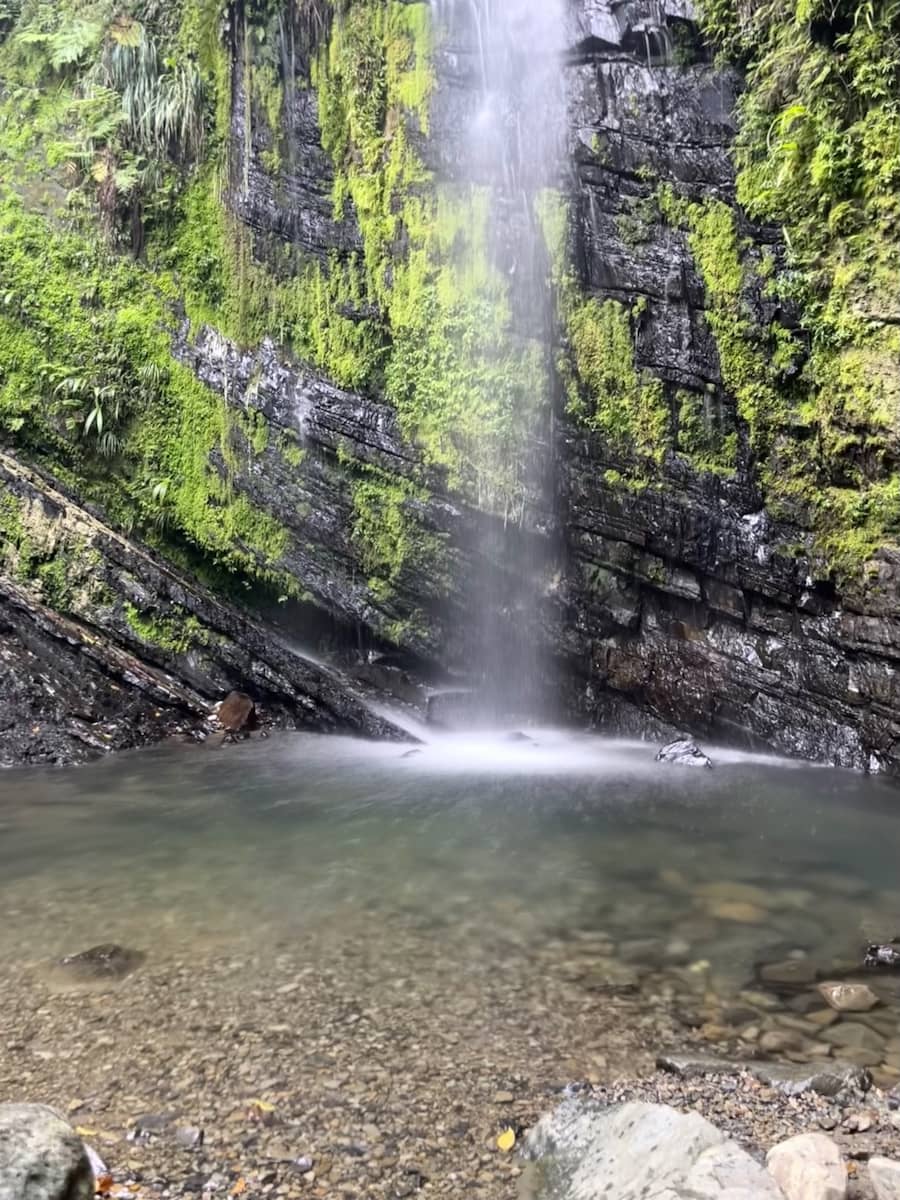
Adventure option. For the truly adventurous, Gozalandia Falls in San Sebastián offers cliff jumping opportunities from various heights. I stuck to the lower jumps (about 8 feet) but watched in awe as locals leaped from much higher perches into the deep pools below.
Safety first. Always check weather conditions before waterfall hikes, as flash floods can occur rapidly after rainfall. Most falls require sturdy water shoes for slippery rocks, and I recommend bringing a dry bag to protect cameras and phones during water crossings.
Top Waterfall Hikes in Puerto Rico:
-
- La Mina Falls – Most accessible
- Juan Diego Falls – Best swimming holes
- Gozalandia Falls (San Sebastián) – Best for cliff jumping
- San Cristobal Canyon (Barranquitas) – Most dramatic scenery
- Charco Azul (Carite Forest) – Least crowded
⭐ Best Activities
- El Yunque National Forest Half-Day Tour – Maximize your time with this efficient half-day exploration of El Yunque, the only tropical rainforest in the National Forest system, featuring waterfalls, hiking trails, and diverse wildlife.
Free Things to Do in Puerto Rico
1. Stroll Paseo de la Princesa
Romantic promenade. This beautiful tree-lined walkway along the old city walls of San Juan dates back to 1853. I enjoyed the cool sea breeze and spectacular bay views while strolling past artisan kiosks and street performers on this historic pathway.
Raíces Fountain. At the end of the promenade stands the iconic Raíces (Roots) Fountain, symbolizing Puerto Rico’s diverse cultural heritage. The bronze sculptures represent African, Spanish, and Taíno influences that formed Puerto Rican identity.
Weekend market. Sunday afternoons transform the paseo into a vibrant artisan market where I discovered handmade crafts, local foods, and live music. Even without buying anything, the festive atmosphere makes this a must-visit experience.
Perfect timing. I recommend visiting around sunset when the old city walls glow golden and lights begin illuminating the pathway. The area is well-patrolled and safe into the evening, making it perfect for an after-dinner walk.
Don’t Miss Near Paseo de la Princesa:
-
- La Rogativa sculpture depicting a religious procession
- Historic city gate (San Juan Gate)
- Darsenas Square with its waterfront views
- Street vendors selling piraguas (shaved ice treats)
- Photo opportunities with the bay and cruise ships
2. Explore Old San Juan Streets
Colorful architecture. Wandering through Old San Juan’s narrow streets reveals a rainbow of colonial buildings in pastel blues, sunny yellows, and vibrant pinks. I found the most photogenic spots on Calle Sol and Calle Luna where bougainvillea drapes over centuries-old walls.
Blue cobblestones. The distinctive blue adoquine stones paving Old San Juan’s streets were brought as ballast on Spanish ships in the 1700s. Their unusual color comes from iron slag and ash, creating a beautiful backdrop that has survived for centuries.
Hidden courtyards. Some of my favorite discoveries came from peeking through open doorways into interior courtyards filled with tropical plants, fountains, and sometimes cats lounging in the sun. These private spaces offer glimpses into authentic Old San Juan living.
Self-guided walking. I created my own free tour using the walking map from the tourism office near Plaza de Armas. The compact size of Old San Juan makes it easy to explore in a day, though comfortable shoes are essential on the uneven cobblestones.
- Best Streets to Explore in Old San Juan:
- Calle San Sebastián (nightlife and restaurants)
- Calle Cristo (shopping and historic sites)
- Calle Sol (residential architecture)
- Calle San Francisco (art galleries)
- Calle Norzagaray (ocean views and El Morro)
3. Visit La Rogativa Statue
Historical significance. This bronze sculpture commemorates a 1797 religious procession that inadvertently saved San Juan from British invasion. I was moved by the story of how British forces mistook the torchlight procession for Spanish military reinforcements and retreated.
Perfect location. Situated on a scenic overlook near the San Juan Gate, the statue offers one of the best views of San Juan Bay. I spent a peaceful moment here watching boats sail past the historic city walls while contemplating the island’s complex history.
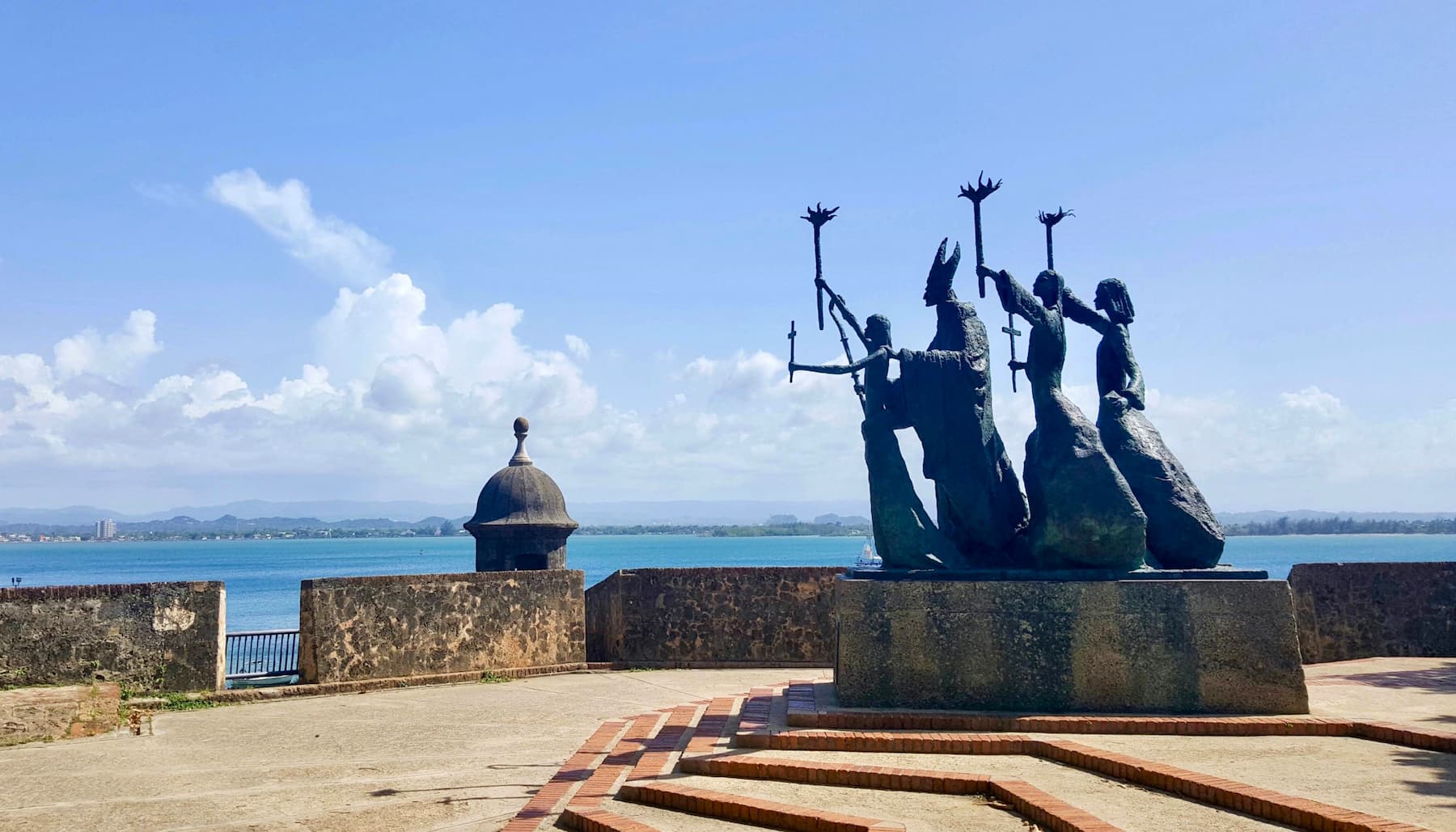
Photographic opportunity. The statue’s dramatic silhouettes against the sunset or moonlight create stunning photographs. I visited during the “blue hour” just after sunset when the sky turns deep blue before darkening completely.
| Best Times to Visit | Lighting Conditions | Crowd Levels |
|---|---|---|
| Early Morning | Soft easterly light | Very few visitors |
| Midday | Harsh direct light | Moderate crowds |
| Sunset | Golden backlight | Busier but worth it |
| Evening | Atmospheric lighting | Few visitors |
4. Relax at Ocean Park Beach
Local atmosphere. Unlike the tourist-heavy beaches of Condado and Isla Verde, Ocean Park offers a glimpse of authentic San Juan beach life. I joined locals playing beach volleyball, practicing yoga at sunrise, and enjoying family picnics under palm trees.
Active beach. The consistent Atlantic breeze makes Ocean Park popular for kitesurfing and windsurfing. I spent hours mesmerized by colorful kites dancing above the waves, and even arranged an introductory lesson ($85) through Goodwinds Kitesurf School.
Accessibility. This free public beach is easily reached by bus or a short Uber ride from most San Juan neighborhoods. Unlike hotel beaches, there are few amenities, so I brought my own water, snacks, and beach towel for a comfortable day.
Safety note. The waves here can be stronger than at other San Juan beaches, so I stayed alert while swimming. There are no lifeguards on duty, making it better for confident swimmers and those comfortable with ocean conditions.
- Ocean Park Beach Essentials:
- Beach towel or blanket (no rentals available)
- Plenty of water and snacks
- Cash for nearby restaurants
- Reef-safe sunscreen
- Portable shade (umbrella or tent)
5. Attend Free Festivals and Events
Cultural immersion. Throughout the year, Puerto Rico hosts numerous free festivals celebrating everything from music to gastronomy. I was fortunate to experience the Loíza Carnival, where African heritage is celebrated through vibrant masks, music, and dance performances.
San Sebastián Street Festival. If possible, time your visit for this massive four-day celebration in January. I joined thousands of locals and visitors filling Old San Juan’s streets for live music, artisan crafts, and traditional foods – all completely free.
Music everywhere. Every weekend brings free concerts somewhere on the island. I stumbled upon jazz performances at Plaza de Armas in Old San Juan and salsa bands at La Placita in Santurce, creating memorable evenings that cost nothing but offered priceless experiences.
Local calendar. The tourism office provides monthly calendars of free events, or check websites like Spoon Puerto Rico and El Calce for current listings. I found that asking hotel staff or restaurant servers about local happenings often revealed events not promoted to tourists.
Major Free Festivals in Puerto Rico:
-
- San Sebastián Street Festival (January)
- Ponce Carnival (February)
- Casals Festival free concerts (March)
- Loíza Carnival (July)
- Jayuya Indigenous Festival (November)
Seasonal Activities in Puerto Rico
1. Christmas in Puerto Rico
Extended celebration. Puerto Ricans enjoy the longest Christmas season in the world, running from Thanksgiving through mid-January. I was amazed by the island-wide transformation with lights, music, and festivities that seemed to grow more elaborate each day.
Parrandas tradition. These improvised caroling parties are Puerto Rico’s version of Christmas caroling, but with much more energy! I joined locals carrying instruments from house to house, where we were rewarded with food and drinks before moving to the next home.
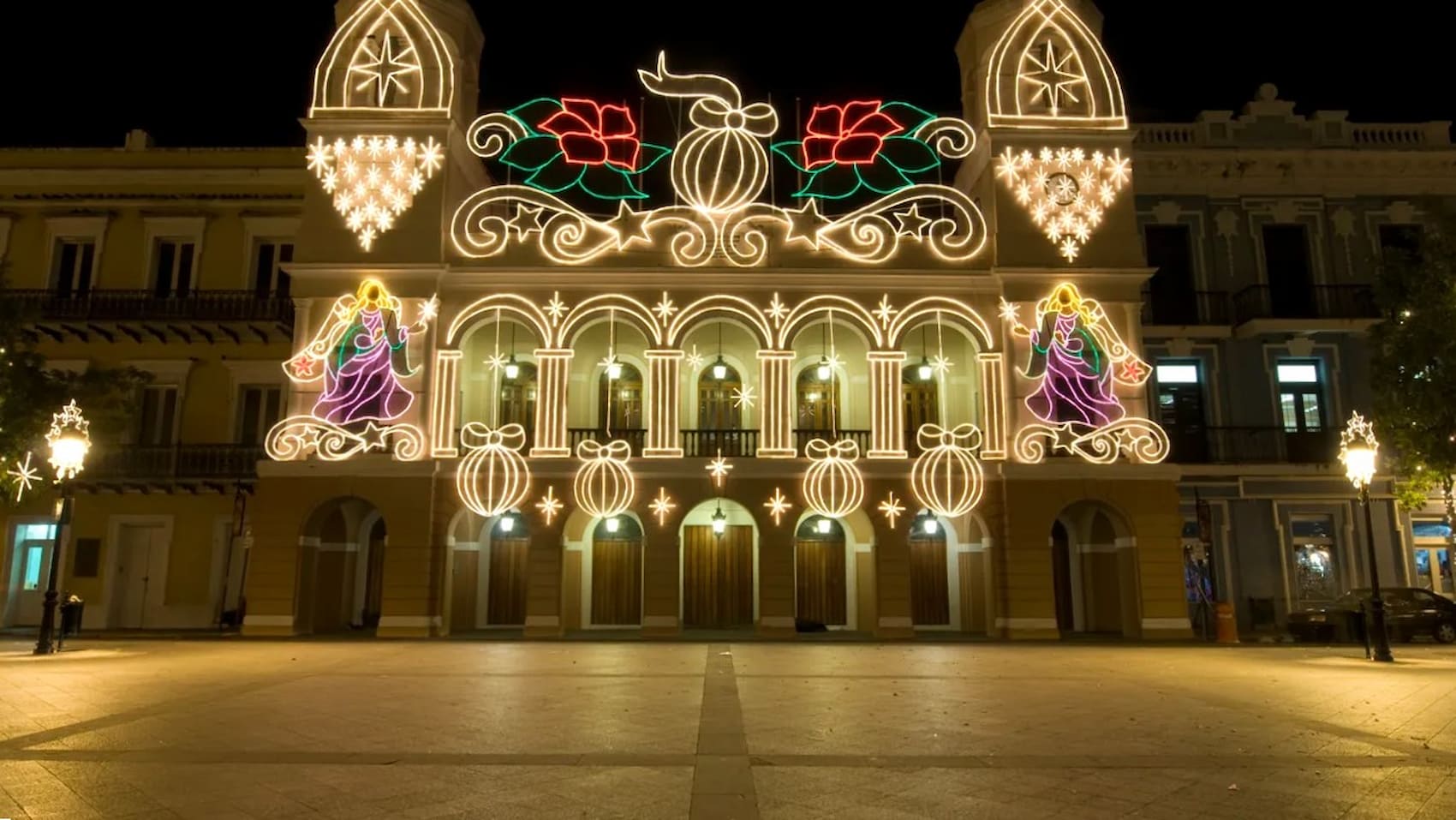
Special foods. Holiday tables feature lechón asado (roast pork), pasteles (meat-filled plantain parcels), and coquito (coconut eggnog). I attended a cooking class at Spoon Food Tours ($75) where I learned to make these traditional dishes and took home the recipes.
Three Kings Day. The celebration culminates on January 6th with Día de Reyes, when children leave grass-filled boxes for the kings’ camels and receive gifts in return. The town of Juana Díaz hosts the largest Three Kings Day parade (January 6), featuring elaborate floats and costumes.
| Christmas Event | Location | Date | What to Expect |
|---|---|---|---|
| Christmas Lighting | Old San Juan | December 1 | Plaza lighting ceremony |
| Hatillo Mask Festival | Hatillo | December 28 | Colorful masks and costumes |
| New Year’s Celebration | San Juan waterfront | December 31 | Fireworks over the bay |
| Three Kings Parade | Juana Díaz | January 6 | Traditional parade and festivities |
2. Summer Festivals and Events
Culinary celebrations. Summer brings food festivals across the island, including the Pork Festival in Cayey (June) and the Piña Colada Festival in San Juan (July). I sampled endless variations of Puerto Rico’s national drink during the latter, from traditional recipes to creative modern interpretations.
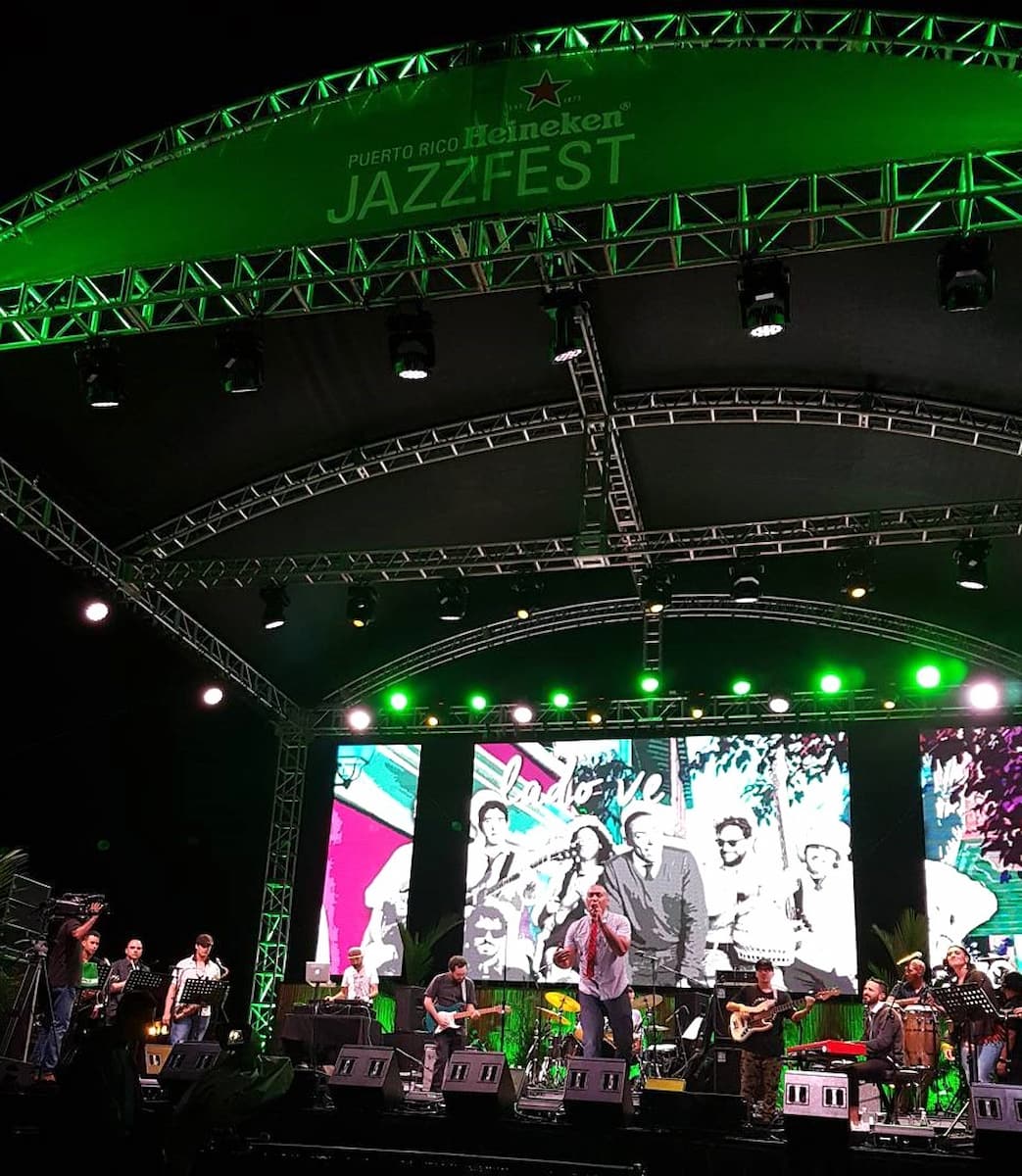
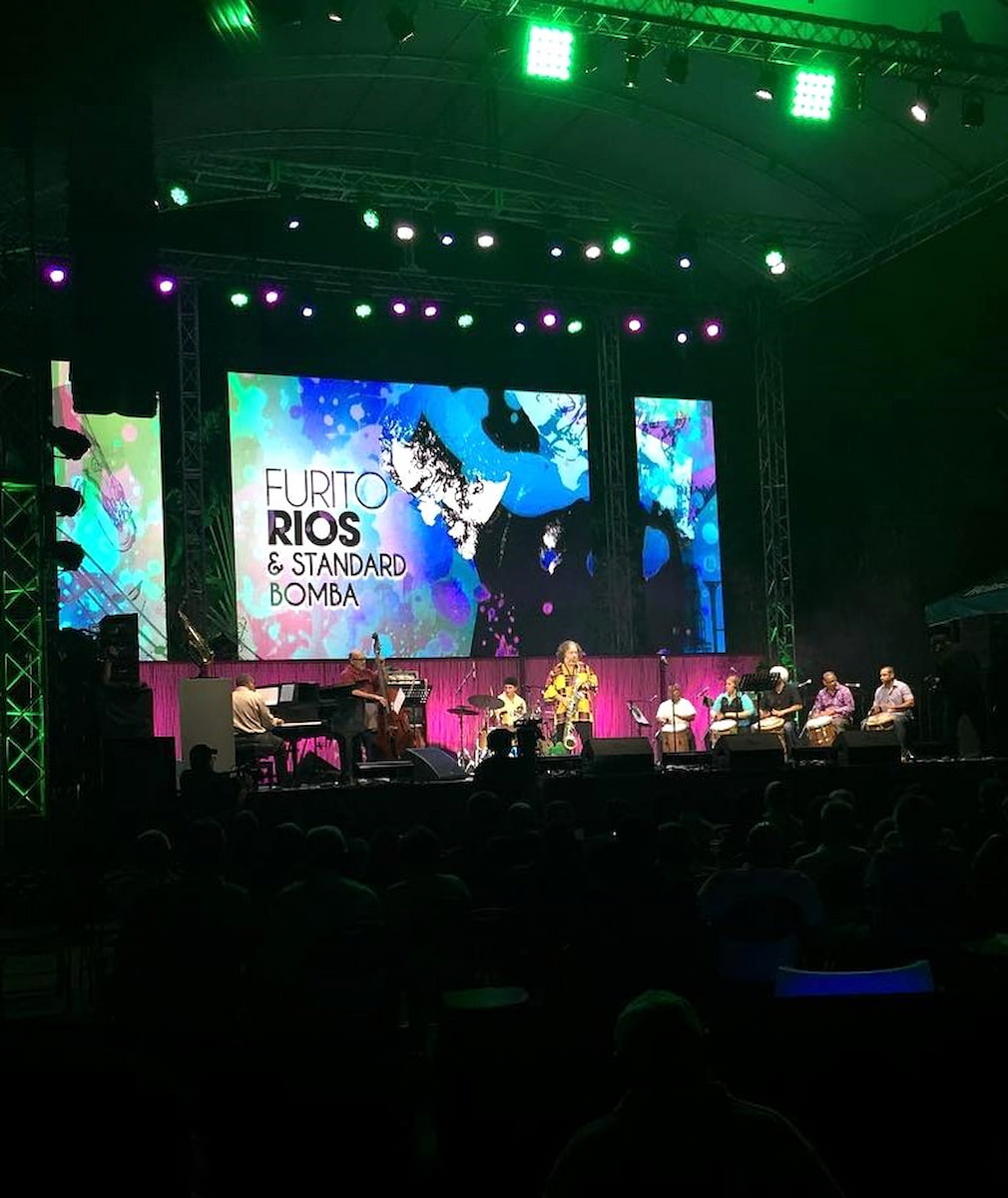
San Juan Festival. The Noche de San Juan celebration (June 23) marks the eve of St. John the Baptist’s birthday with a unique tradition: at midnight, people across the island head to beaches for a backward plunge into the ocean for good luck. I joined hundreds at Condado Beach for this unforgettable ritual.
Music events. The Heineken JazzFest (June) brings world-class jazz musicians to San Juan for performances at various venues, including free concerts at outdoor plazas. Even if you’re not a jazz aficionado, the festive atmosphere and waterfront setting make this a summer highlight.
- Summer Festival Highlights:
- Noche de San Juan (June 23) – Beach celebrations
- Heineken JazzFest (June) – International jazz performances
- Piña Colada Festival (July) – Cocktail competitions and tastings
- Loíza Festival (July) – African heritage celebration
- Pork Festival (June) – Culinary event in Cayey
3. Spring Blooms in Royal Parks
Botanical Garden beauty. Spring brings spectacular flowering displays to the Botanical Garden of the University of Puerto Rico. I spent a peaceful morning wandering through the 300-acre garden as orchids, flamboyan trees, and tropical flowers created a riot of color.
Flowering trees. The iconic flamboyan (royal poinciana) trees burst into brilliant red-orange blooms between April and June. I found the most impressive displays along the roads to El Yunque and in the plazas of Ponce, where these flamboyant trees create natural canopies.
Orchid showcase. The Jardín de Orquídeas in Humacao specializes in Puerto Rico’s native orchids, which reach peak bloom in spring. The $5 entrance fee was well worth it to see hundreds of varieties, including the delicate Flor de Maga, Puerto Rico’s national flower.
Photography opportunities. Spring provides perfect lighting and weather for outdoor photography. I captured stunning images at Hacienda Buena Vista in Ponce, where historic coffee plantation buildings are framed by flowering trees and tropical gardens in full bloom.
| Spring Blooming Location | Best Viewing Time | Entrance Fee | Highlight |
|---|---|---|---|
| UPR Botanical Garden | March-May | $5 | Orchid and heliconia collections |
| Caguas Botanical Garden | April-June | $5 | Medicinal plant garden |
| El Yunque National Forest | Year-round, best in spring | $2 | Wild orchids and bromeliads |
| Old San Juan plazas | May-June | Free | Flamboyan trees in historic setting |
4. Autumn Foliage Walks
Mountain colors. While Puerto Rico doesn’t experience dramatic fall foliage like northern regions, the central mountains offer subtle seasonal changes. I hiked in Toro Negro Forest Reserve in November and noticed distinct autumn hues in certain tree species and flowering plants.
Pleasant weather. Autumn brings slightly cooler temperatures and decreased humidity, creating ideal conditions for hiking. I found the trails at Guajataca Forest particularly enjoyable during this season, with fewer mosquitoes and comfortable temperatures for exploring.
Bird migration. Fall brings migratory birds to Puerto Rico’s forests and wetlands. I joined a guided bird walk at Humacao Nature Reserve ($15) where an expert pointed out species I would have missed on my own, including several that only appear during autumn migration.
Coffee harvest. Autumn coincides with coffee harvesting season in Puerto Rico’s mountainous interior. I visited Hacienda San Pedro in Jayuya during October to witness the harvest and processing of coffee beans, culminating in a tasting of this season’s fresh crop.
Best Autumn Nature Walks:
-
- Toro Negro Forest Reserve (central mountains)
- Guajataca Forest (northwest region)
- Humacao Nature Reserve (eastern coast)
- Carite Forest Reserve (southeast mountains)
- Coffee farm trails in Jayuya and Adjuntas
Day Trips from Puerto Rico
1. Vieques
Untouched beaches. Just eight miles off Puerto Rico’s east coast, Vieques boasts some of the Caribbean’s most pristine beaches. I spent a day at Playa Caracas (Blue Beach) where the powdery white sand and crystal-clear water were completely uncrowded even in high season.
Wild horses. One of Vieques’ most charming features is the population of wild horses that roam freely across the island. I encountered several groups grazing along roadsides and even wandering through the small town of Esperanza during my visit.
Getting there. I took the ferry from Ceiba ($2 one-way), though flights from San Juan ($100 round-trip) save time if your schedule is tight. Renting a Jeep or scooter on arrival is essential for exploring, as beaches are spread out and public transportation is limited.
⭐ Best Activities
- Vieques Bioluminescent Bay Kayaking Tour – Experience the world’s brightest bioluminescent bay on this magical evening kayak tour in Vieques, where every paddle stroke creates a mesmerizing display of glowing blue light.
2. Gilligan’s Island (Guánica)
Mangrove paradise. Despite its name, this small island (officially Cayo Aurora) has no connection to the TV show. I found a peaceful mangrove-lined cay with shallow, crystal-clear channels perfect for snorkeling, floating, and escaping the crowds of more popular beaches.
Easy access. Located just off Guánica on Puerto Rico’s southwest coast, the island is reached via a short ferry ride ($6 round-trip) that runs regularly throughout the day. The 5-minute journey is part of the fun, offering beautiful views of the coastline and mangroves.

Perfect picnic spot. There are no services on the island, so I packed a cooler with lunch and drinks. The gazebos with picnic tables fill quickly, so arriving early (before 10am) is essential, especially on weekends when local families claim spots for the day.
- What to Bring to Gilligan’s Island:
- Cooler with food and drinks (no services on island)
- Snorkel gear (or rent in Guánica for $10)
- Water shoes for rocky areas
- Sunscreen and hat (limited shade)
- Cash for ferry and parking ($5)
⭐ Best Activities
- Gilligan's Island Snorkeling and Beach Day Trip from Guanica – Escape to the idyllic Gilligan’s Island (Cayo Aurora) for a day of snorkeling in crystal-clear waters, relaxing on pristine beaches, and exploring the unique mangrove ecosystem of this small cay off Puerto Rico’s southern coast.
FAQ
Where can I find the best surf spots in Puerto Rico?
The west coast of Puerto Rico offers excellent surfing at Jobos Beach, Middles Beach, and Crash Boat Beach. Rincón is particularly famous for surfing spots like Domes Beach, María’s Beach, and Little Malibu, which host events including the Corona Pro Surf Circuit.
Where is the famous black sand beach in Puerto Rico?
Playa Negra, located on the south coast of Vieques island, is the darkest black sand beach in Puerto Rico. The beach features unique visuals with cliffs, small orange crabs, and pitch-black sand formed by volcanic activity millions of years ago.
What Taíno heritage sites can I visit in Puerto Rico?
Several museums across Puerto Rico showcase Taíno artifacts, ceremonial objects, and cultural exhibits that highlight the indigenous heritage. The Museo de las Americas in Old San Juan houses a permanent exhibition about indigenous cultures that shaped Puerto Rico.
What happens at La Placita during evenings in San Juan?
La Placita transforms from a daytime food market to an evening party zone with surrounding bars and restaurants. The area creates a street festival atmosphere where locals and tourists gather to enjoy food, drinks, and often live music.
What Boricua traditions can I experience during Christmas?
Puerto Ricans enjoy the longest Christmas season in the world, running from Thanksgiving through mid-January with parrandas (improvised caroling parties). The celebration culminates on January 6th with Three Kings Day, featuring parades and special foods like lechón asado and pasteles.
What local foods should I try at Piñones food kiosks?
Piñones, an Afro-Caribbean enclave in Loíza, offers iconic Puerto Rican street foods like alcapurrias, bacalaítos, and pastelillos de jueyes. This cultural landmark is known for preserving unique culinary traditions through dishes made with green banana, yautía, and fresh seafood.
What happens during a mixology class at Casa Bacardí?
During the 75-minute mixology class at Casa Bacardí, visitors learn to make classic cocktails while learning about rum production. Participants receive a complimentary welcome drink plus two cocktails they make themselves, along with a tour that shares the history of how Bacardí is made.
Which beaches are best for a perfect beach day?
Crash Boat in Aguadilla, Jobos in Isabela, and El Combate in Cabo Rojo are among the most famous beaches on the island. Other spectacular options include Playa Puerto Hermina in Quebradillas, Playa Santa in Guánica, and Playa Sucia in Isabela, which visitors often want to return to.

